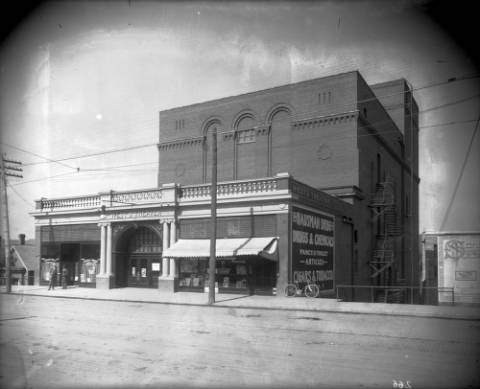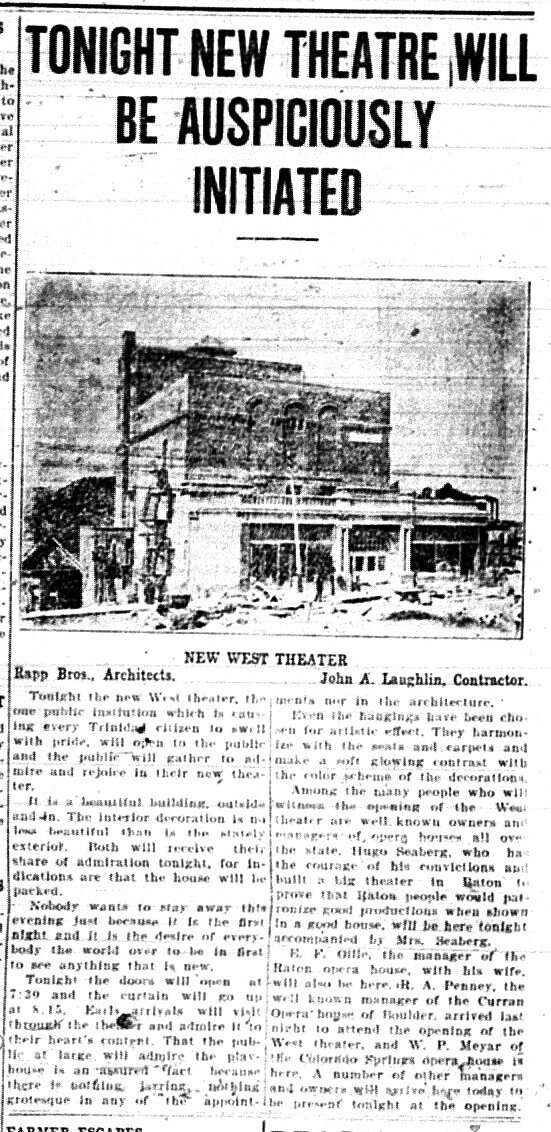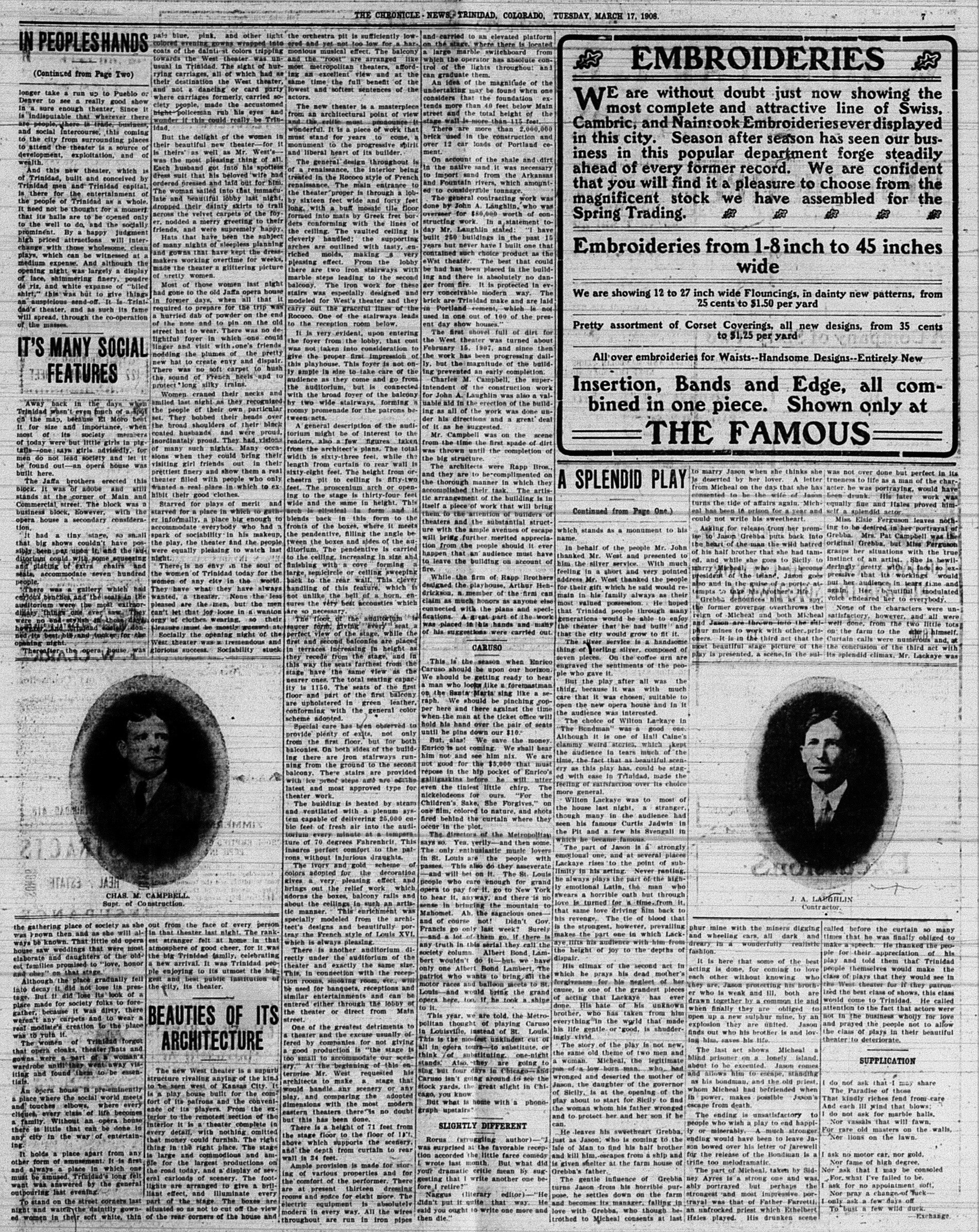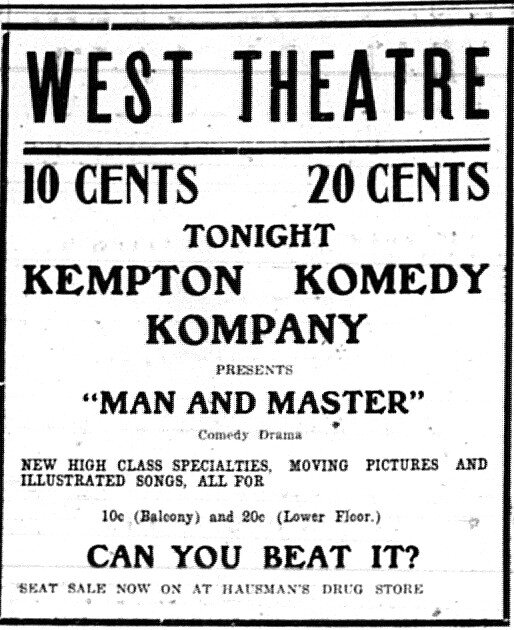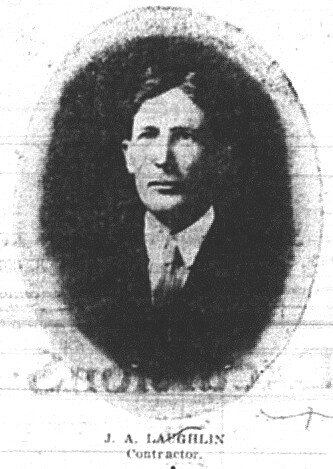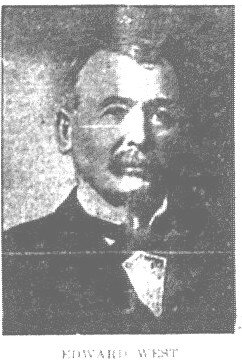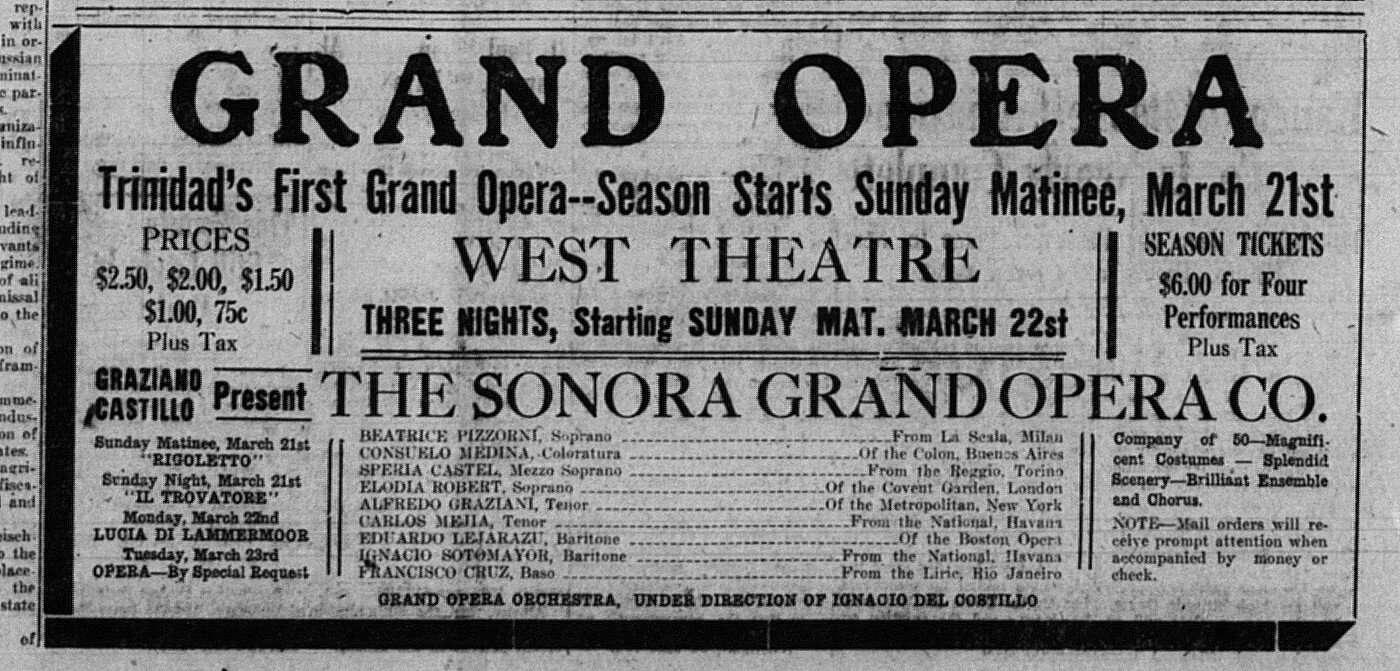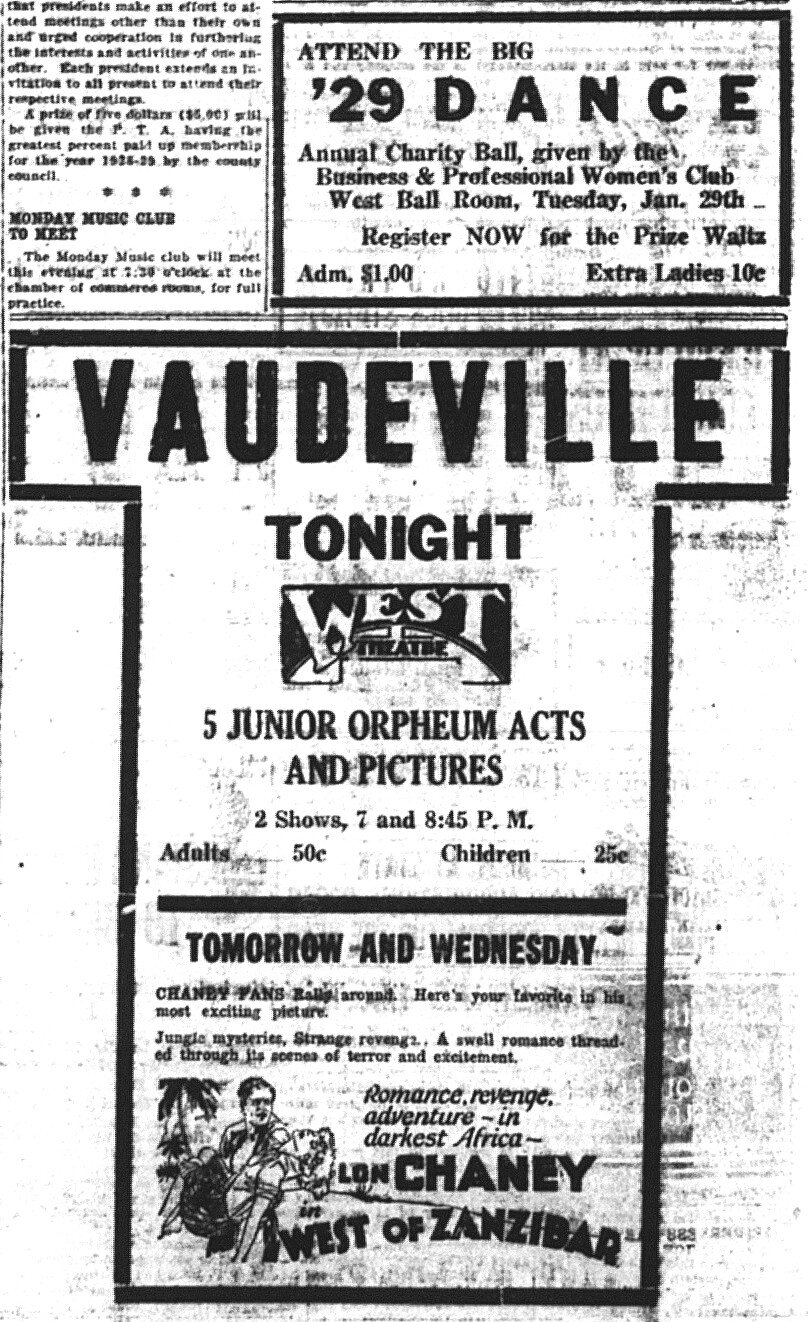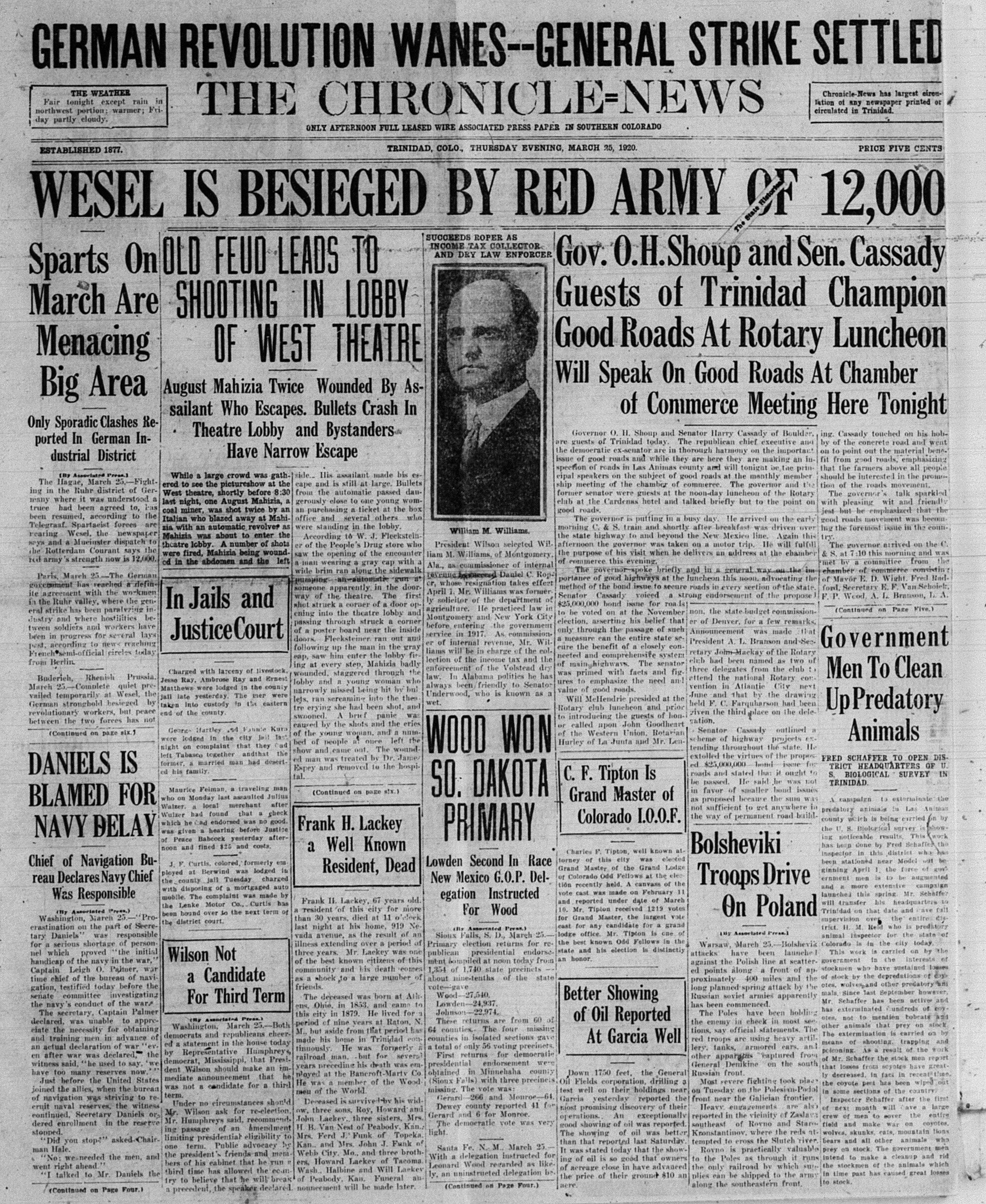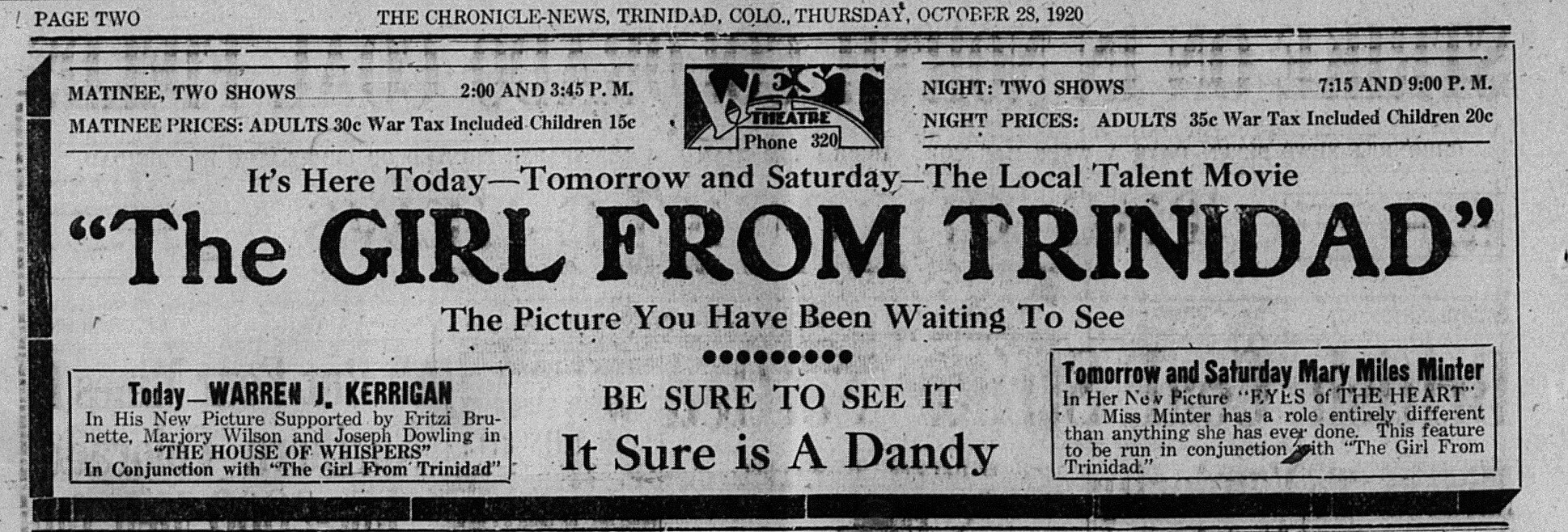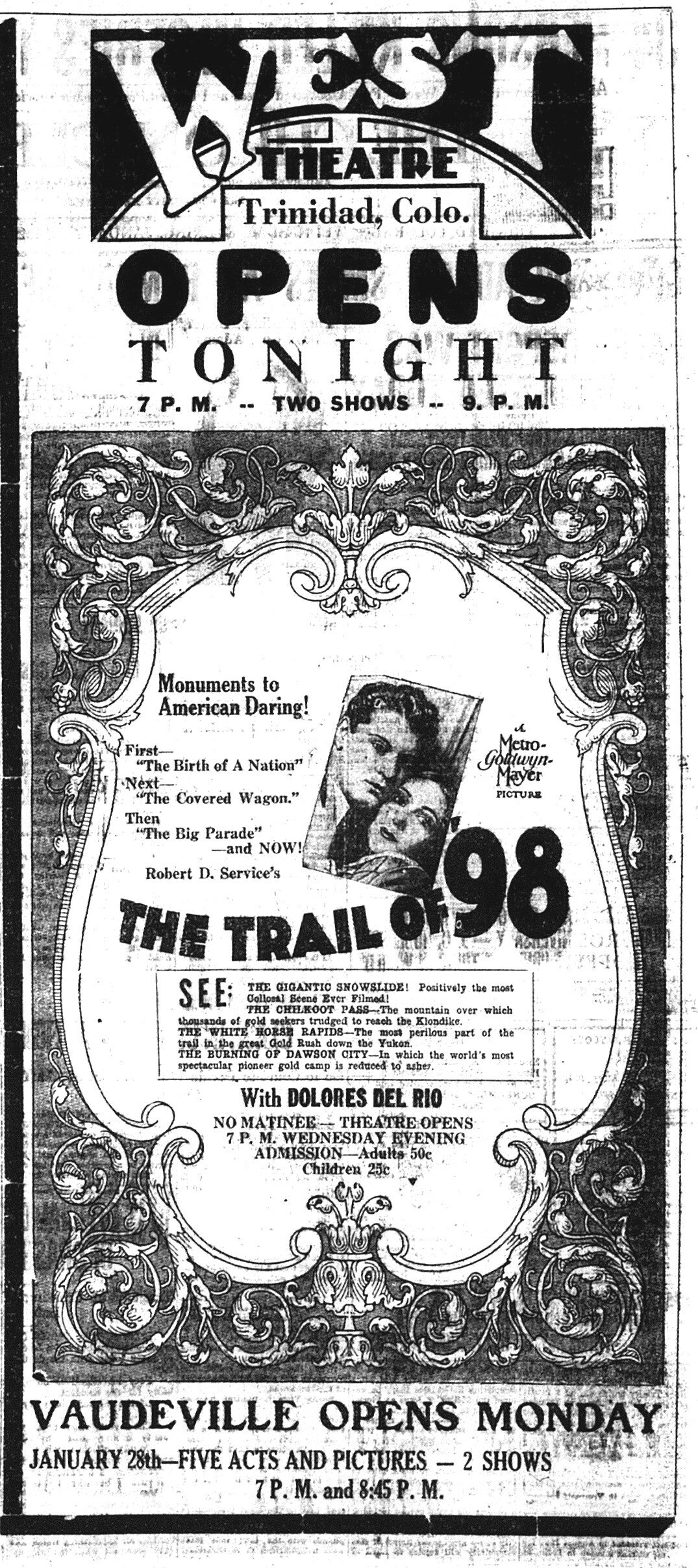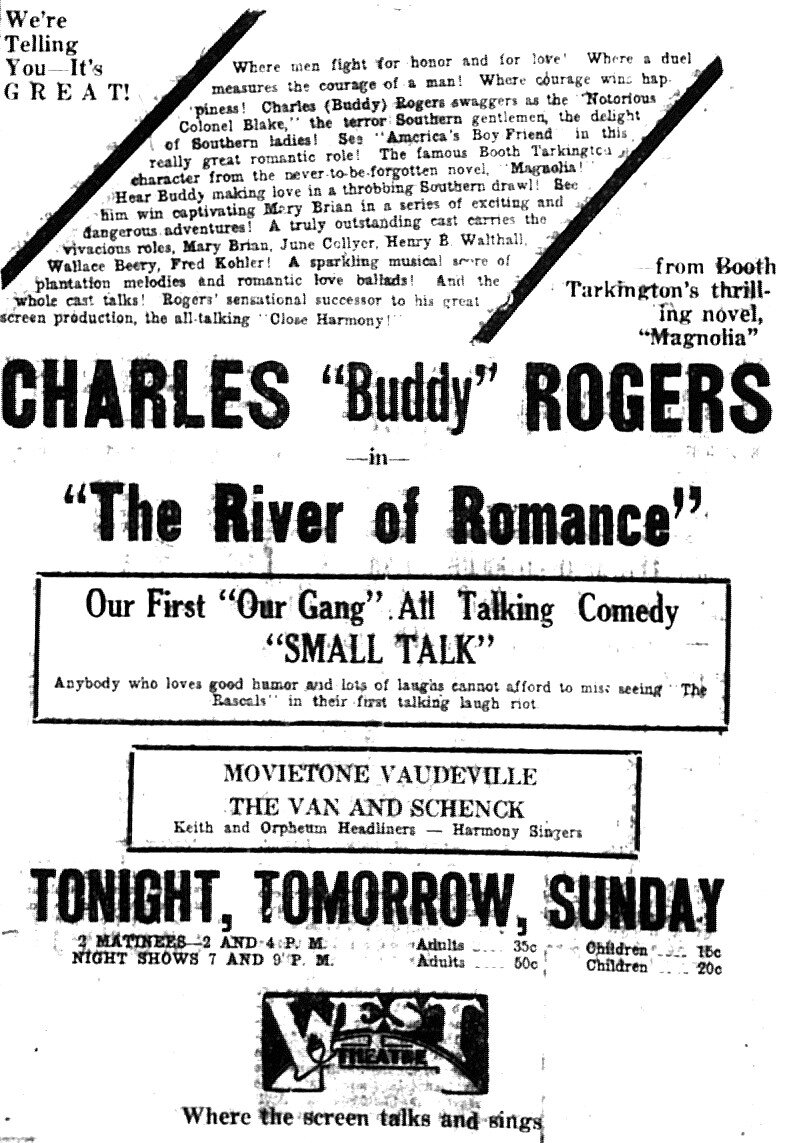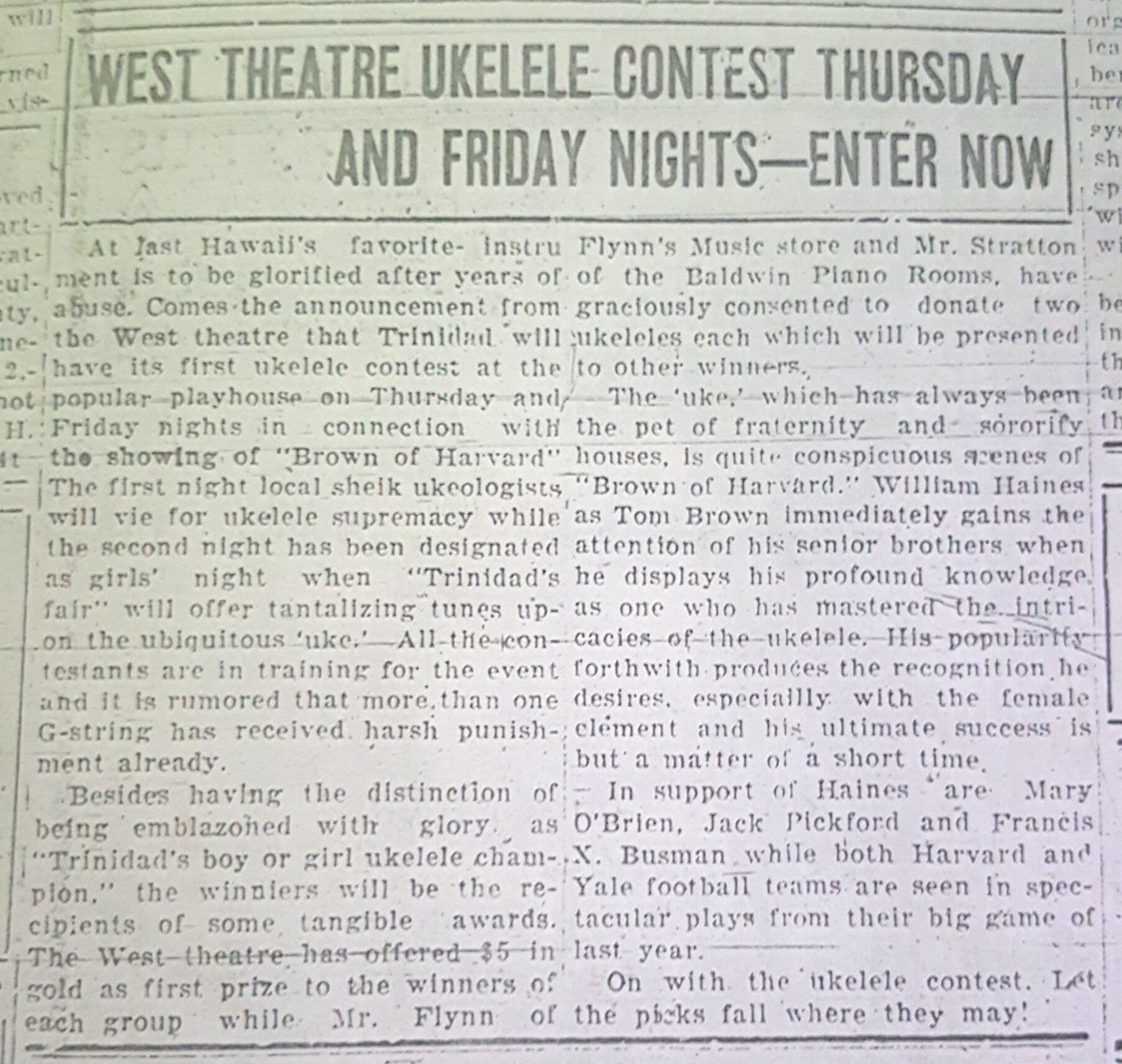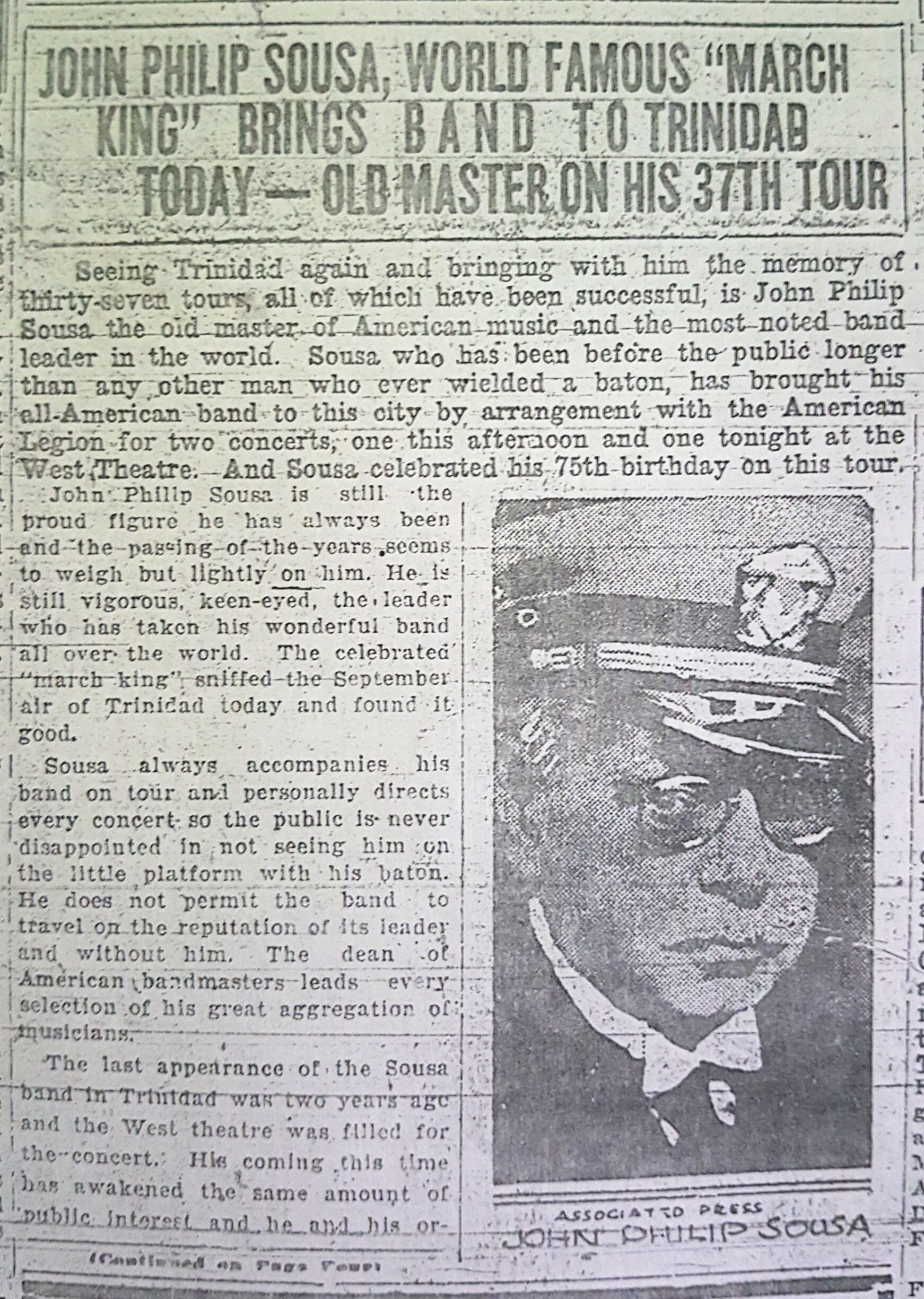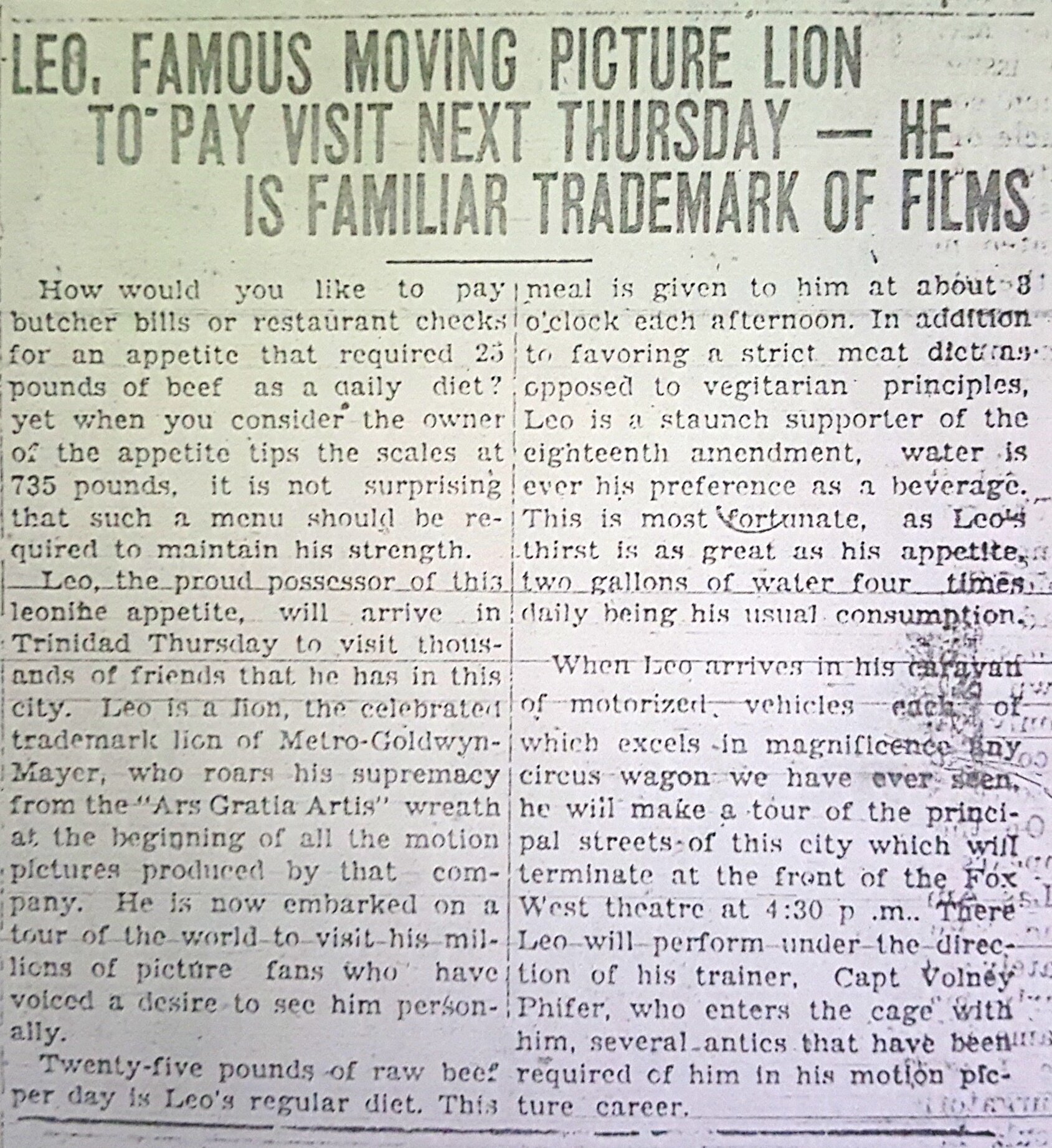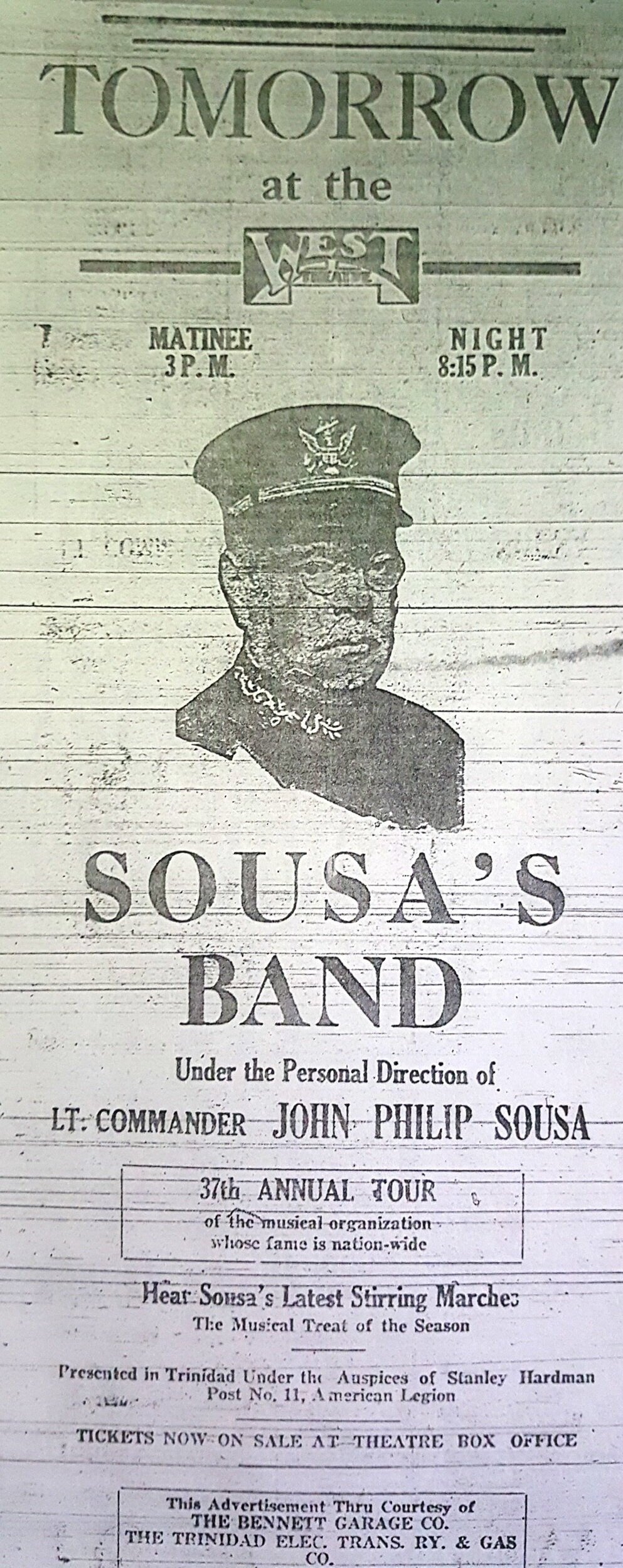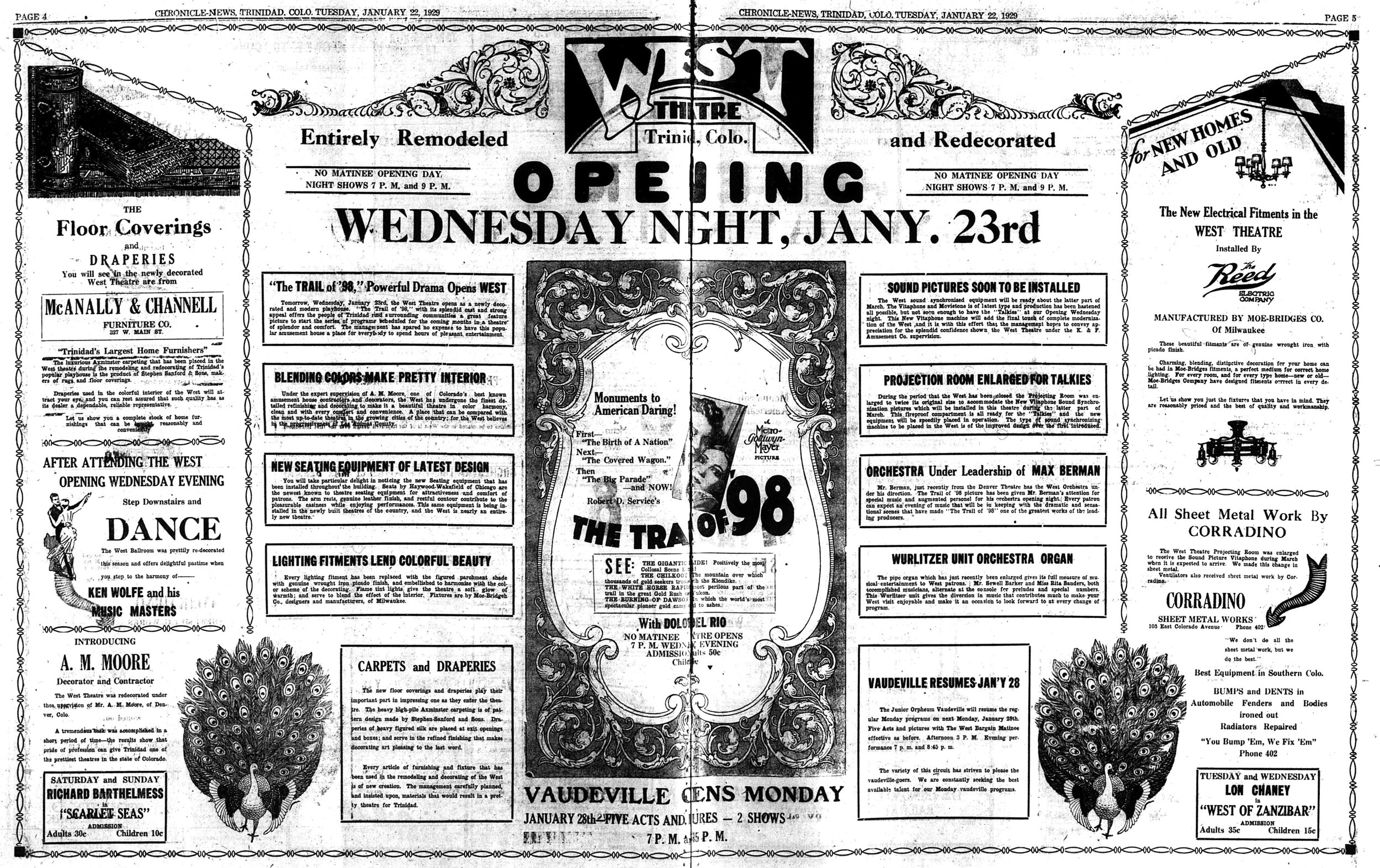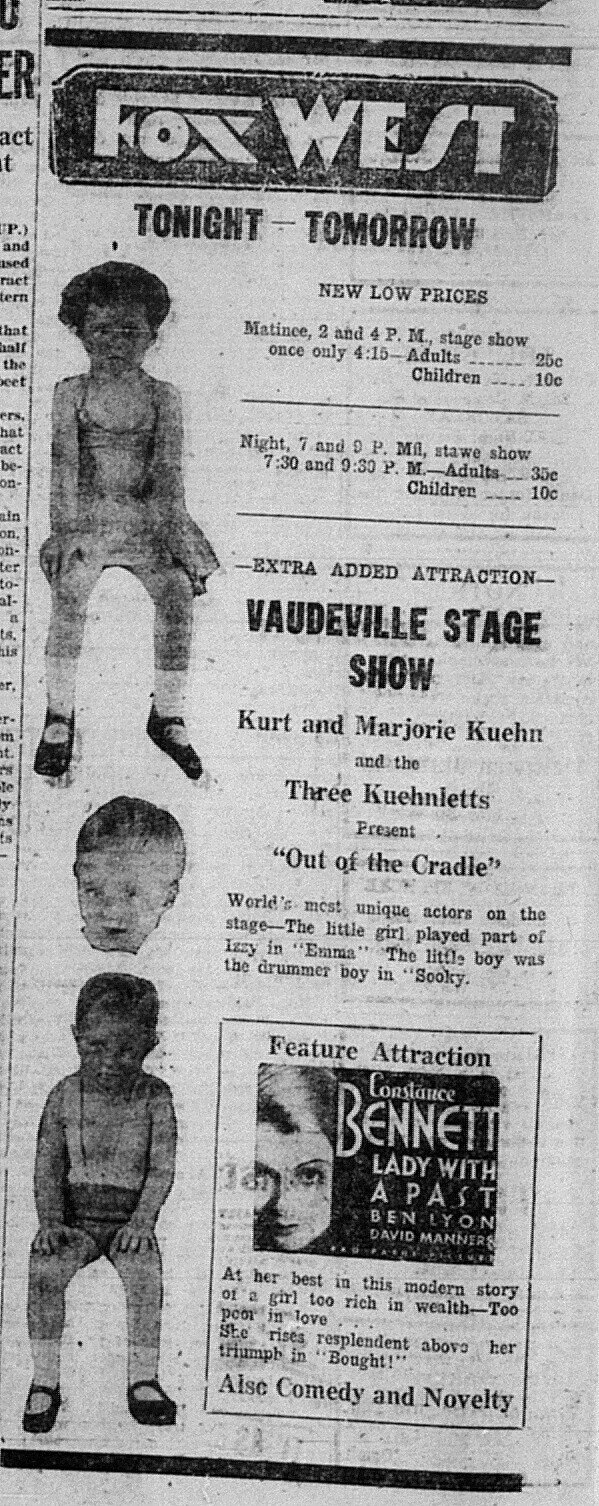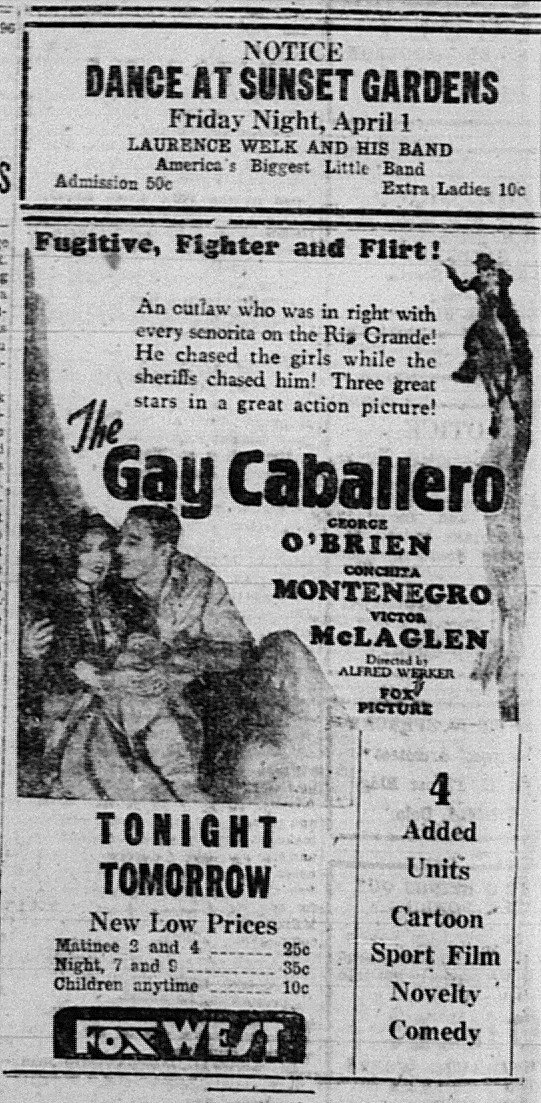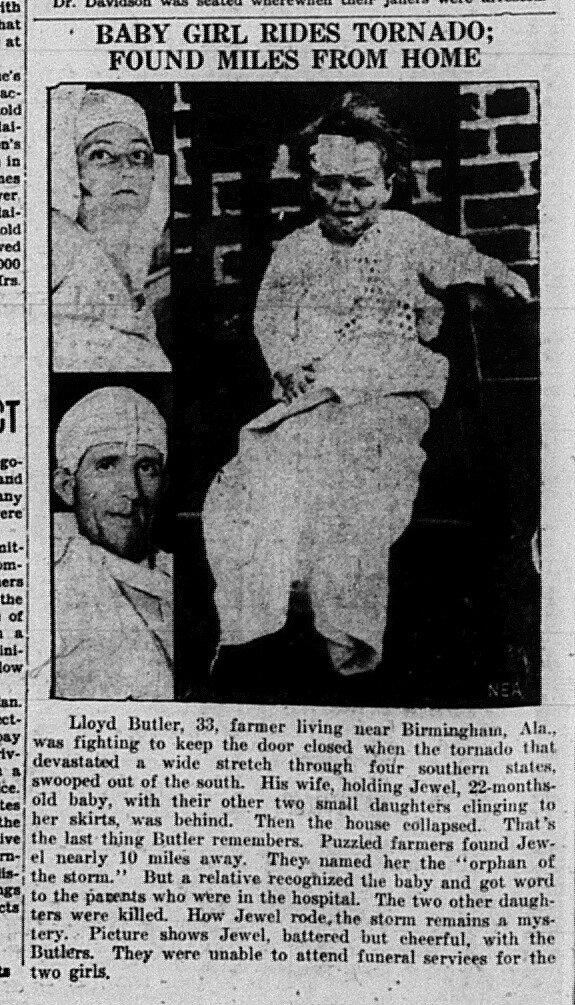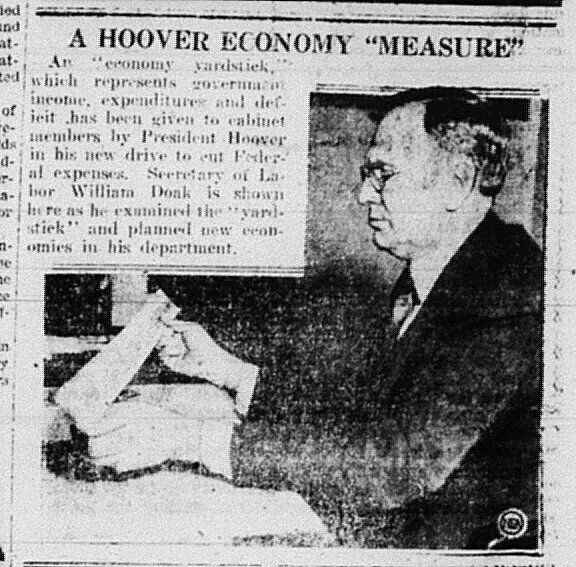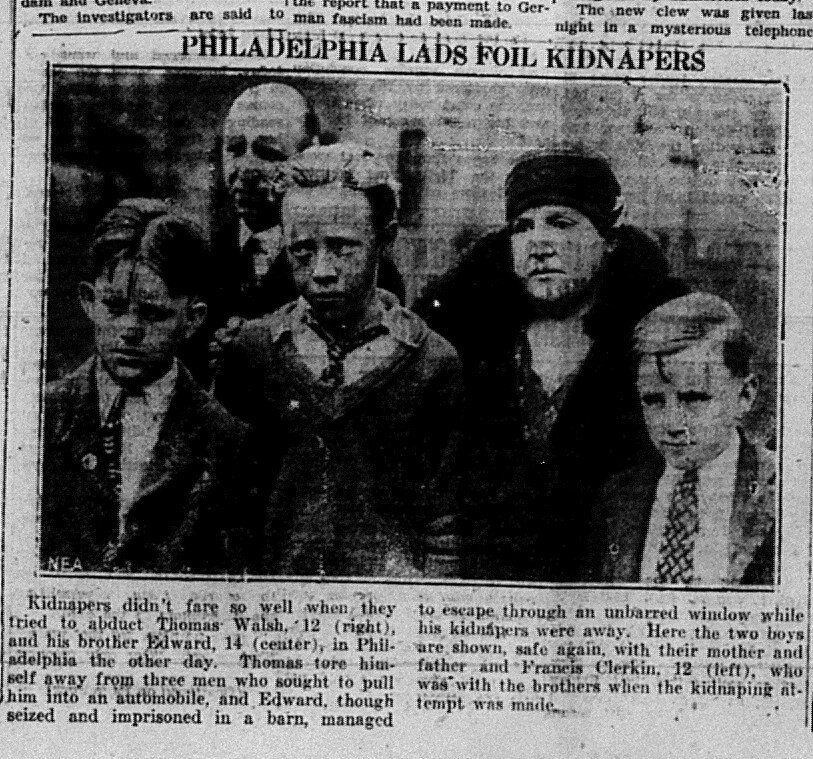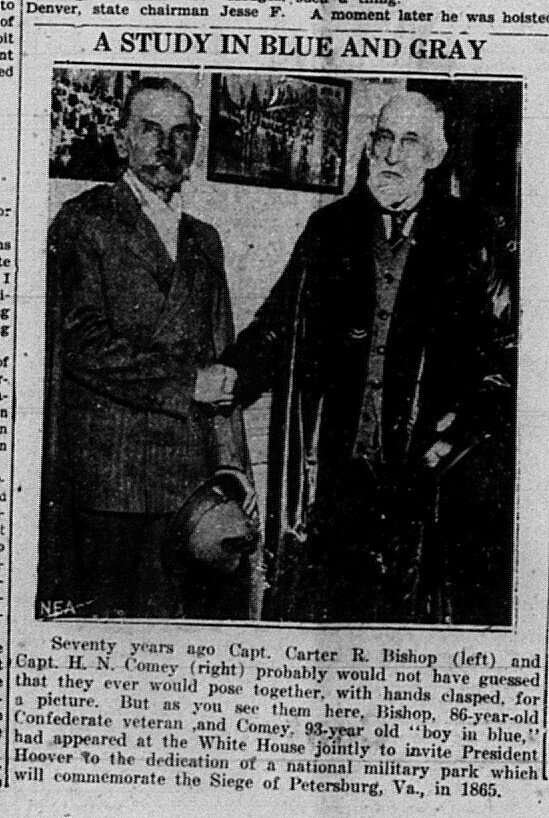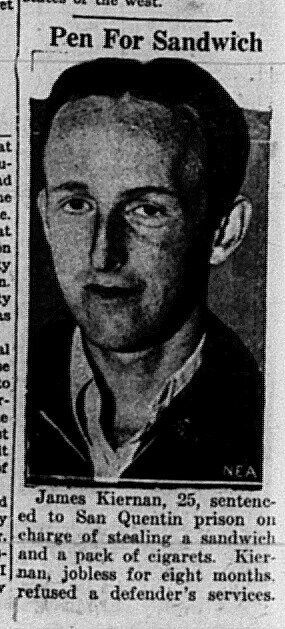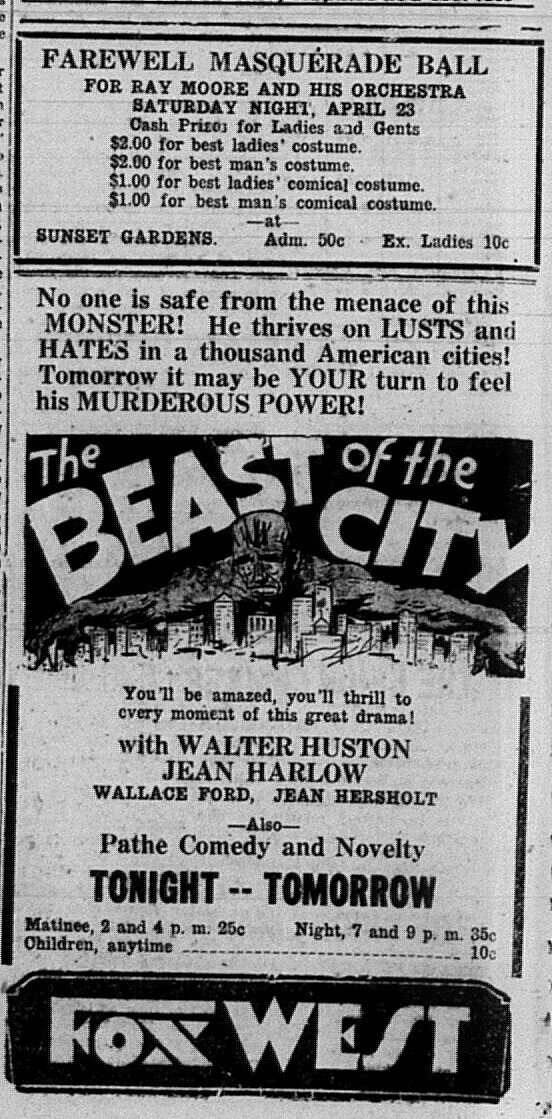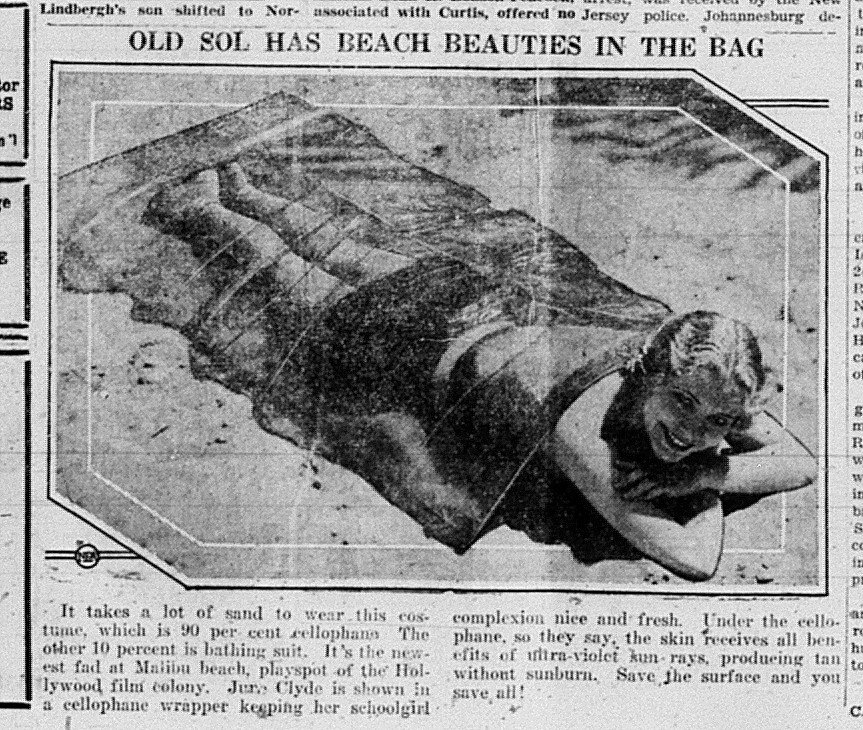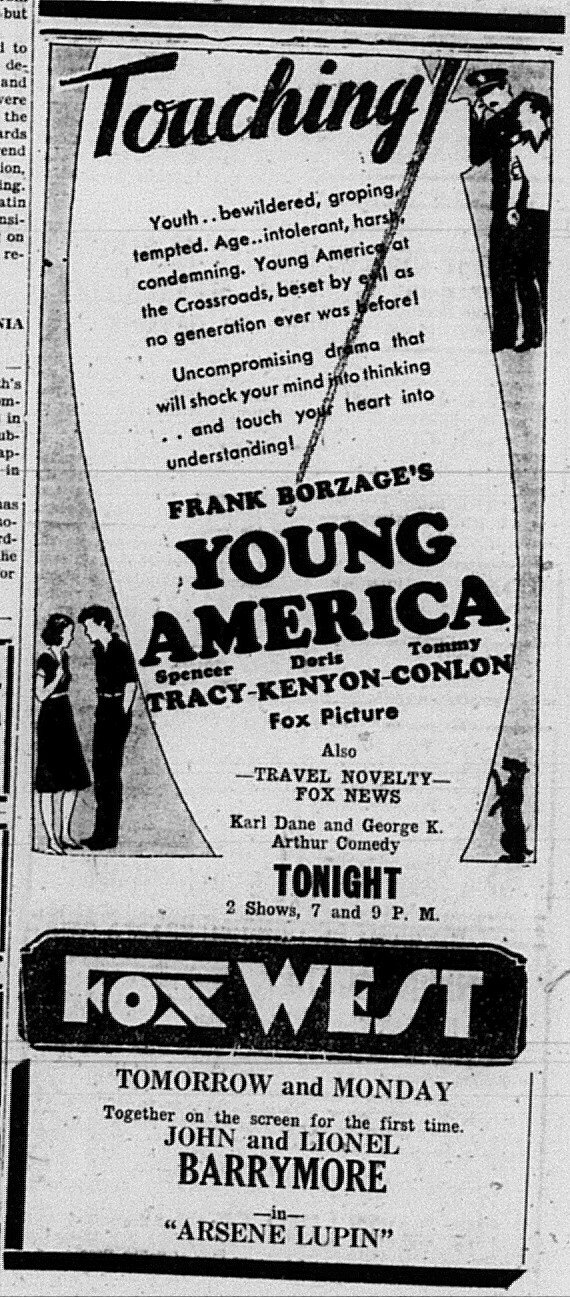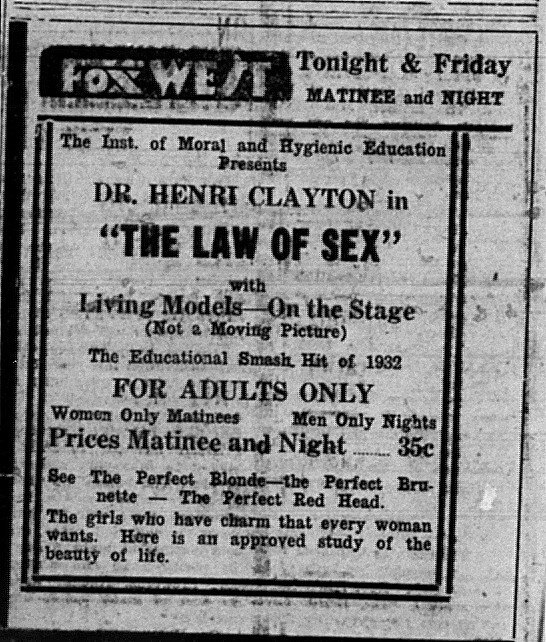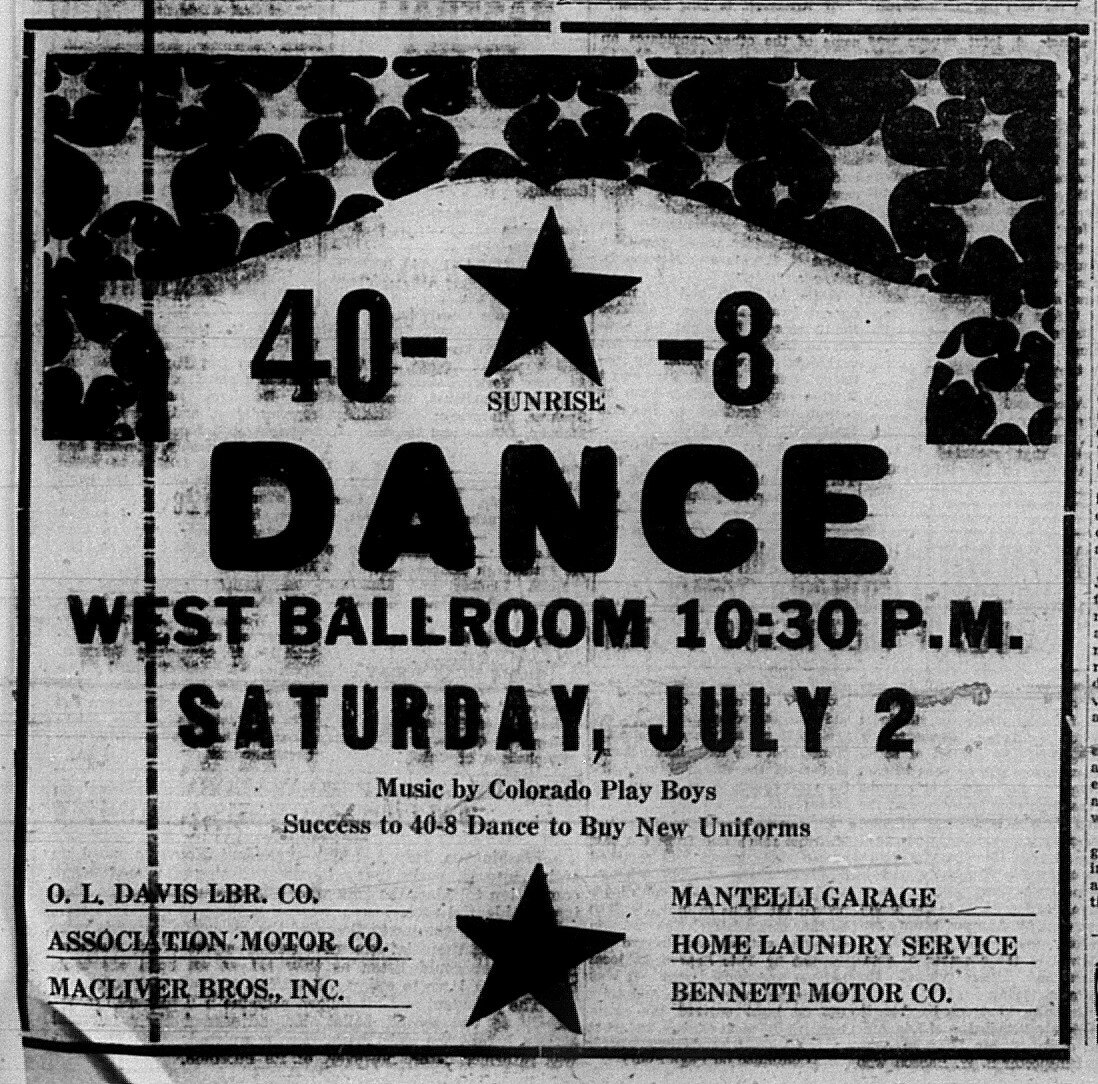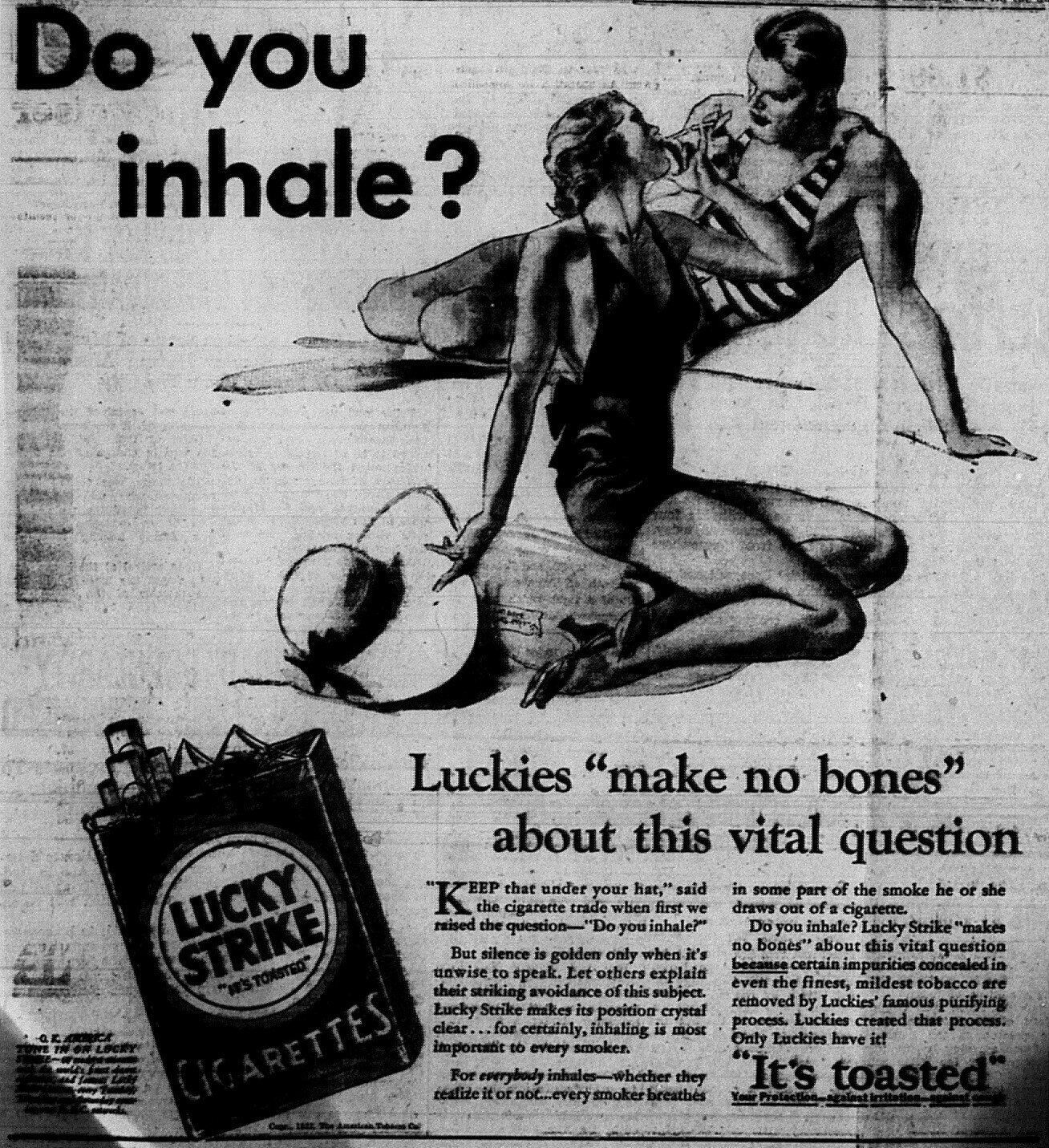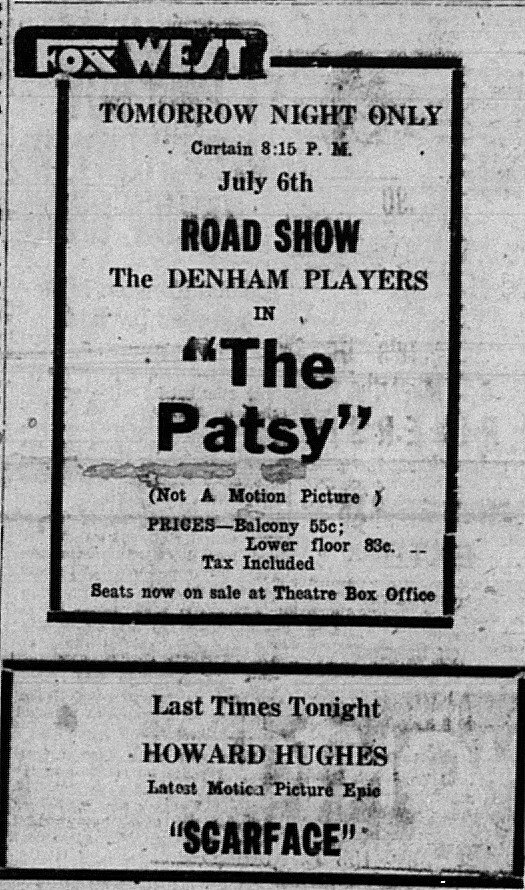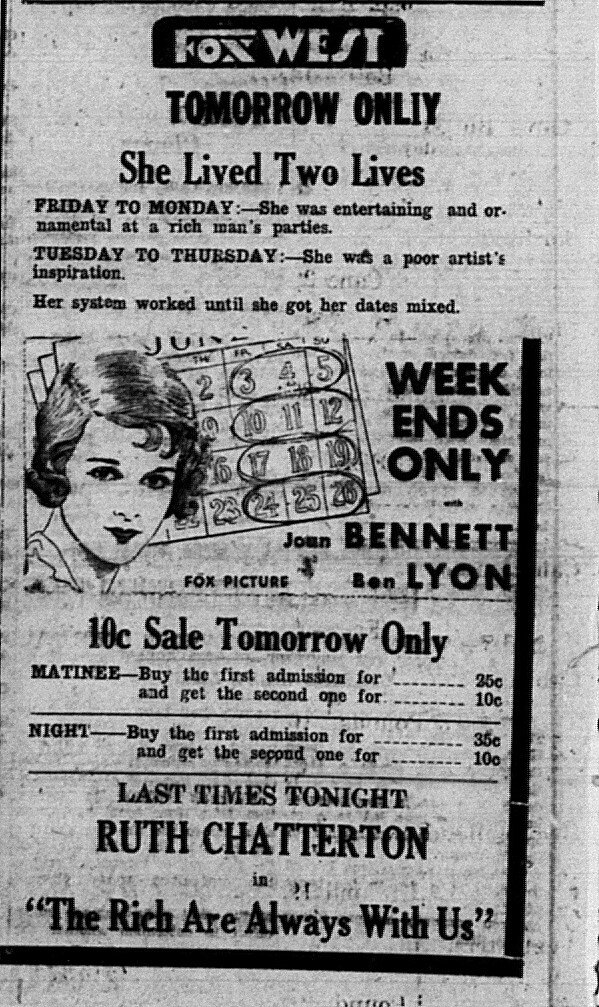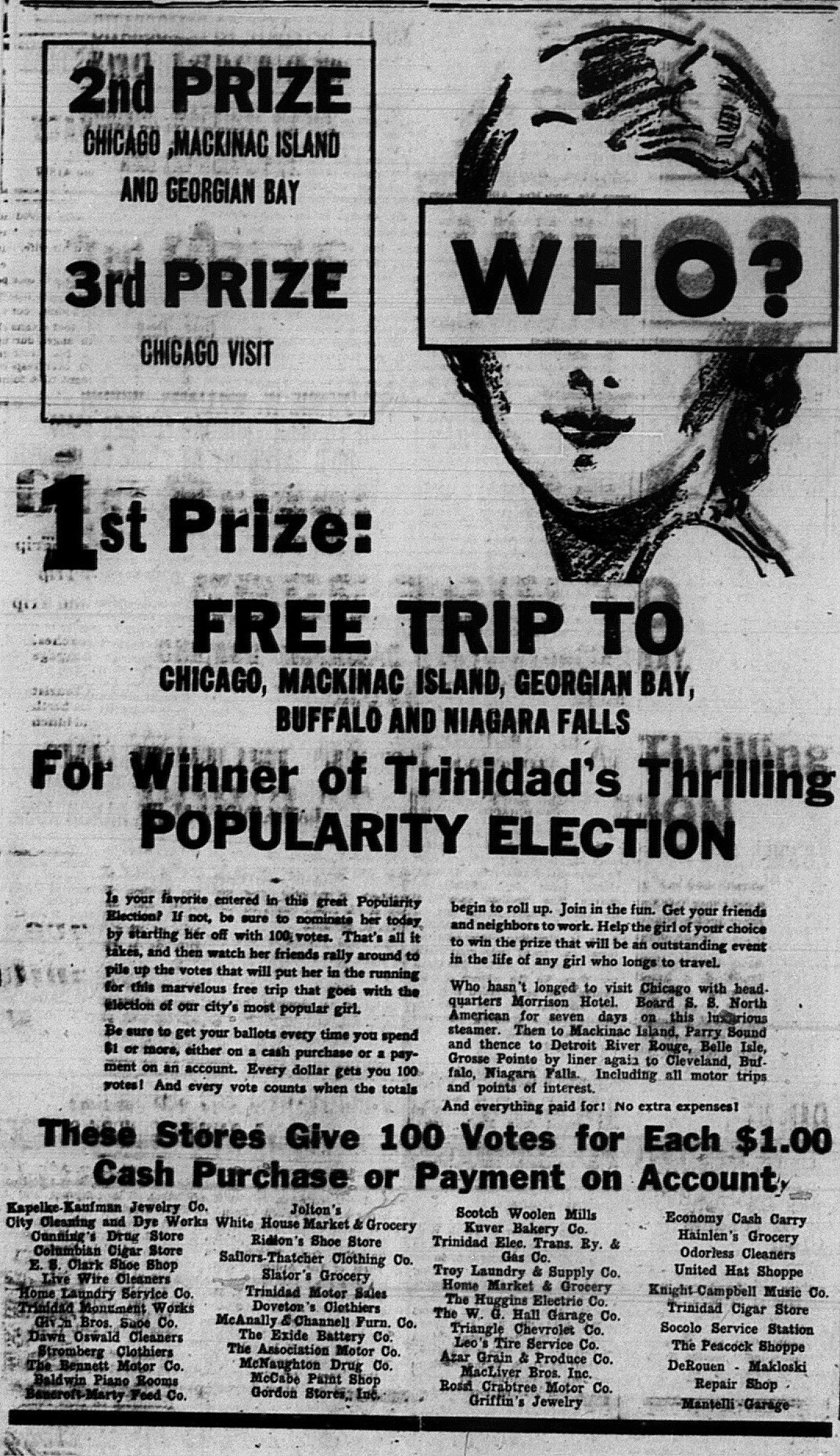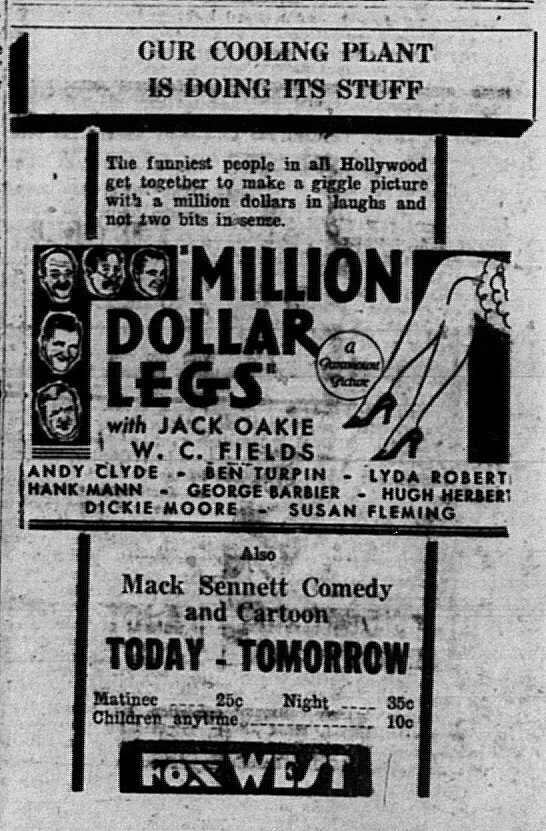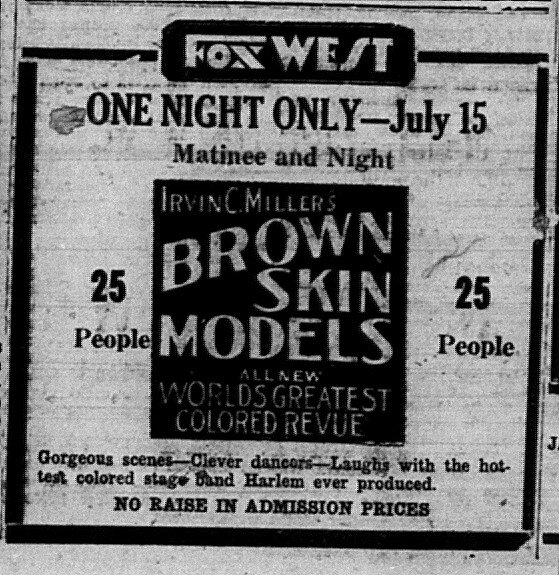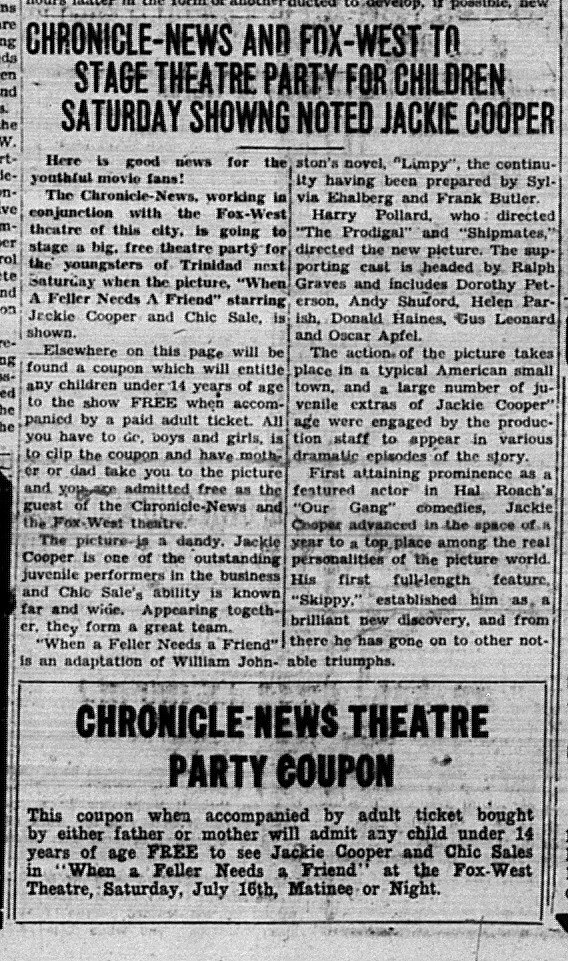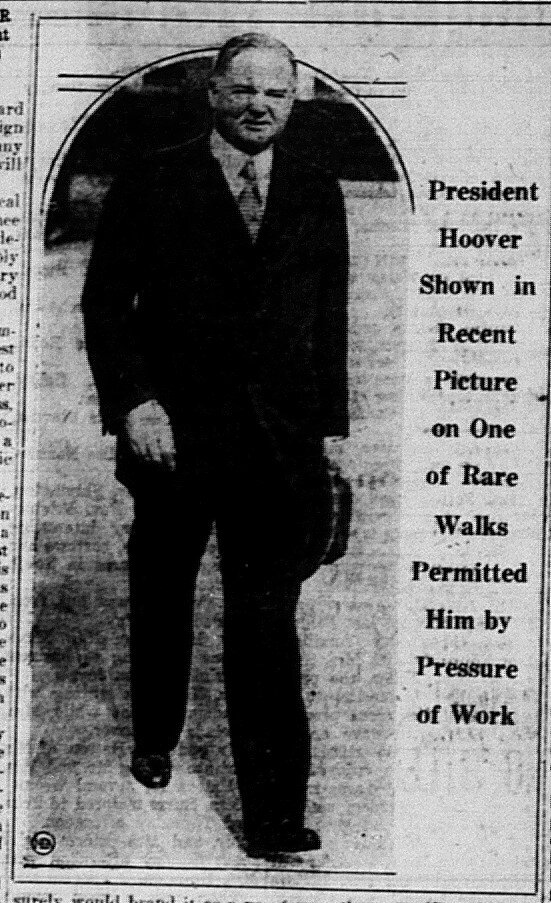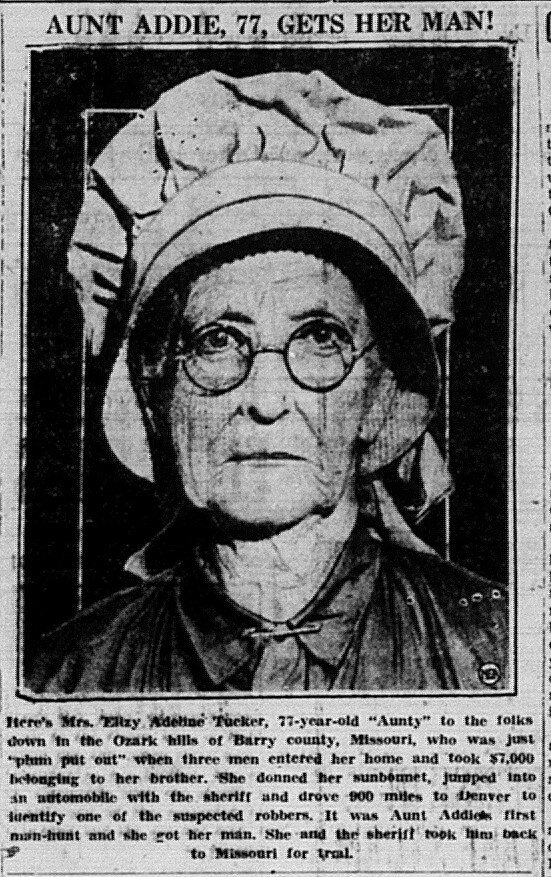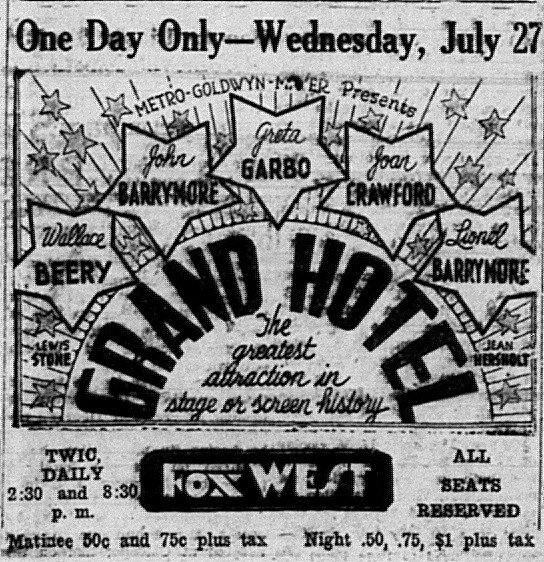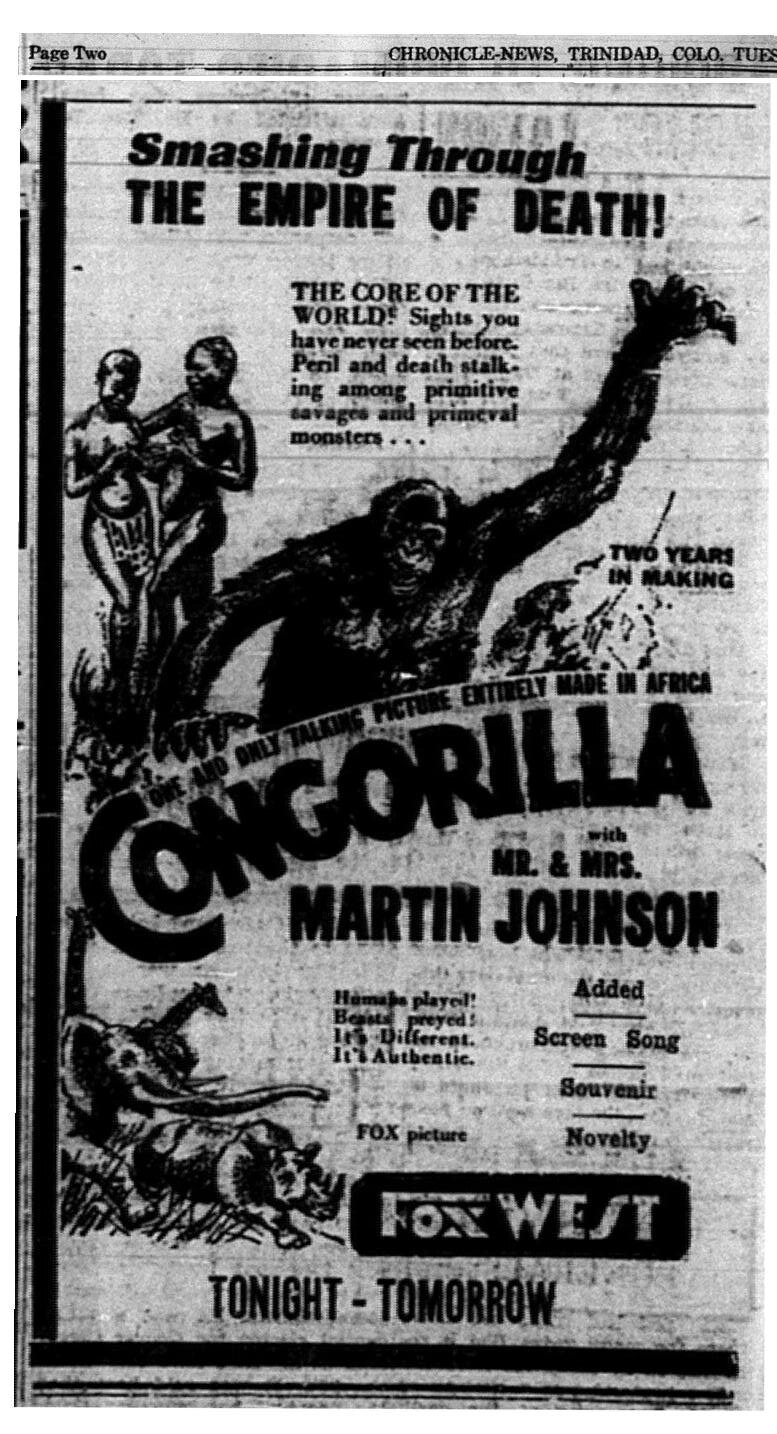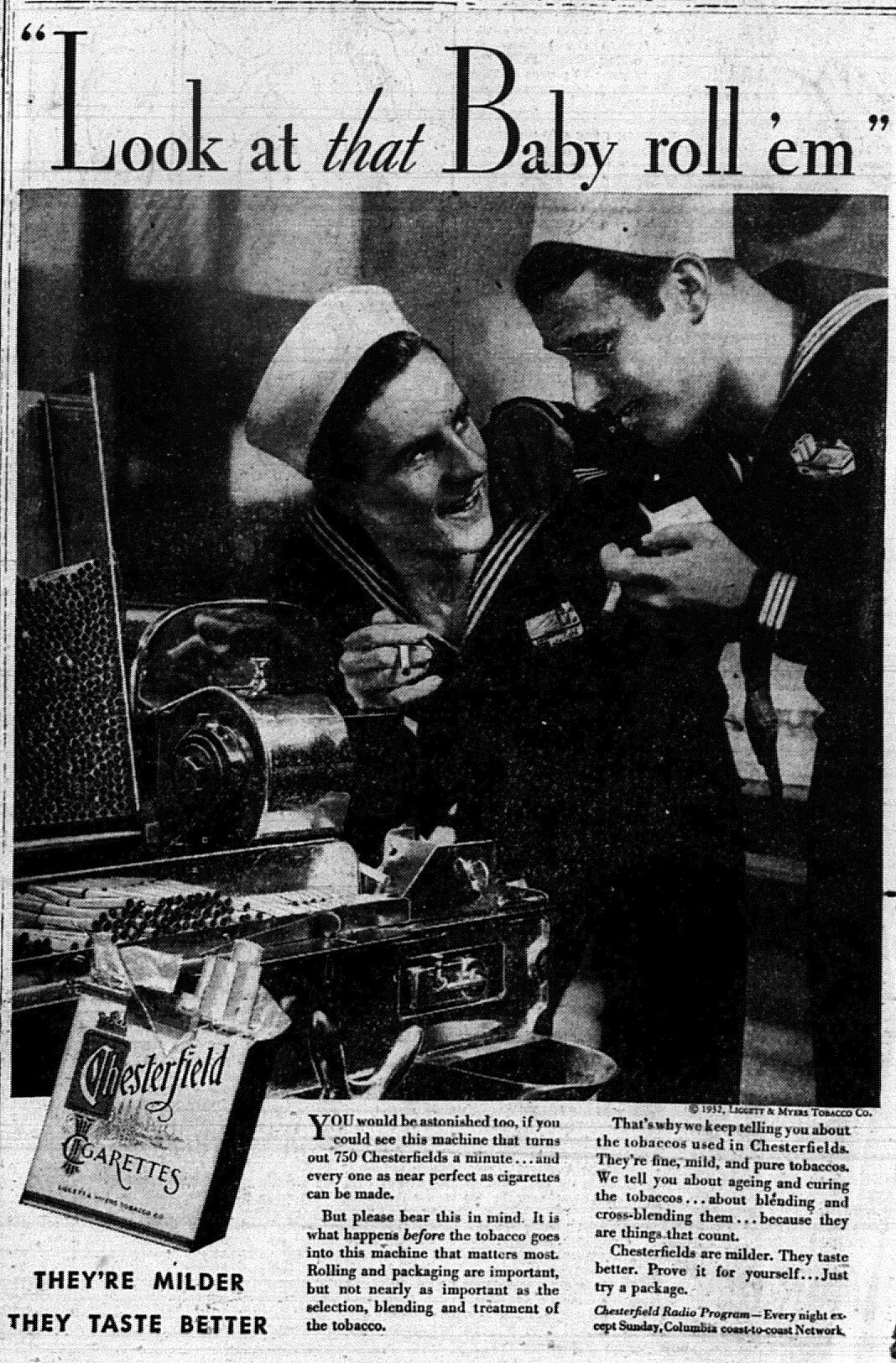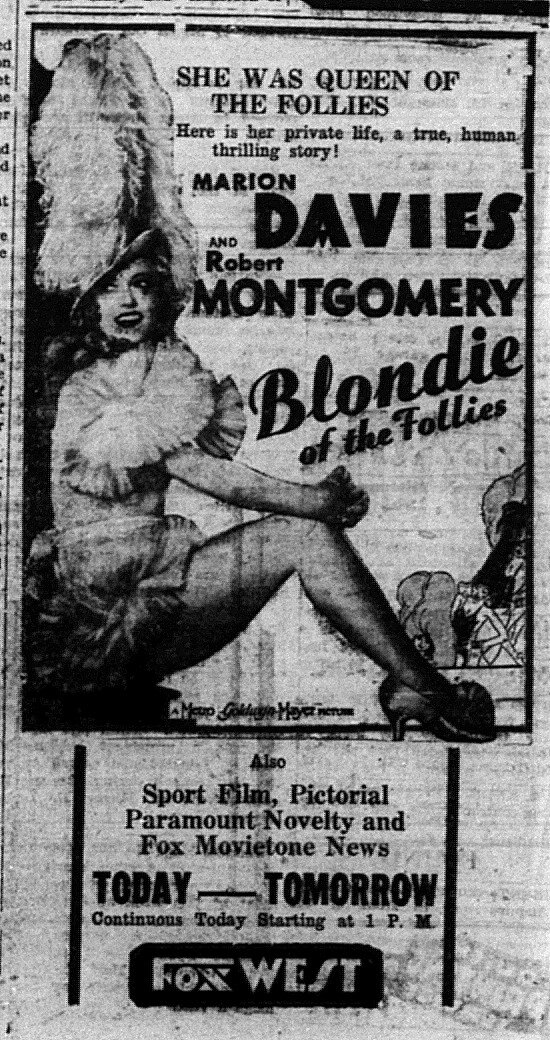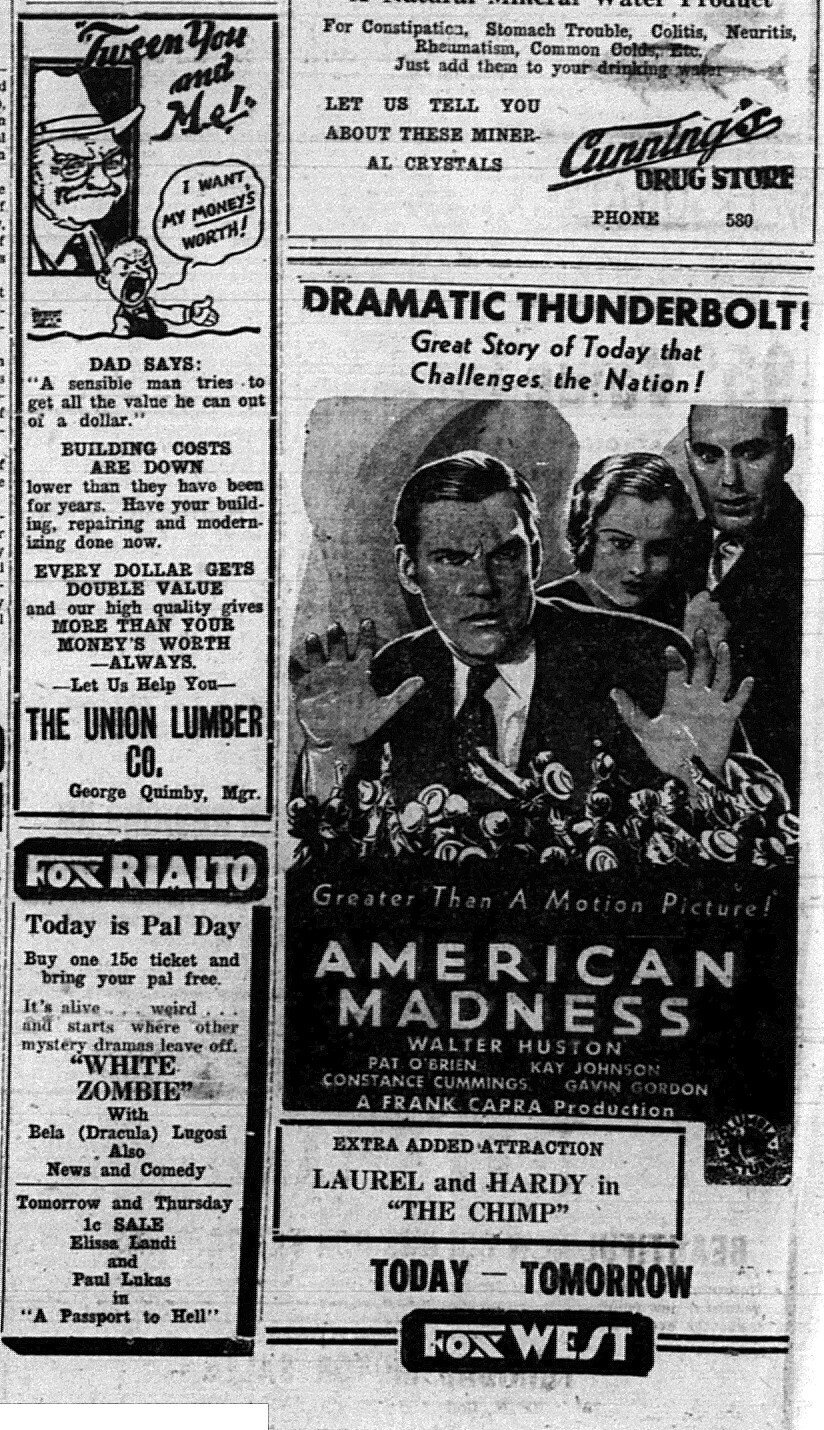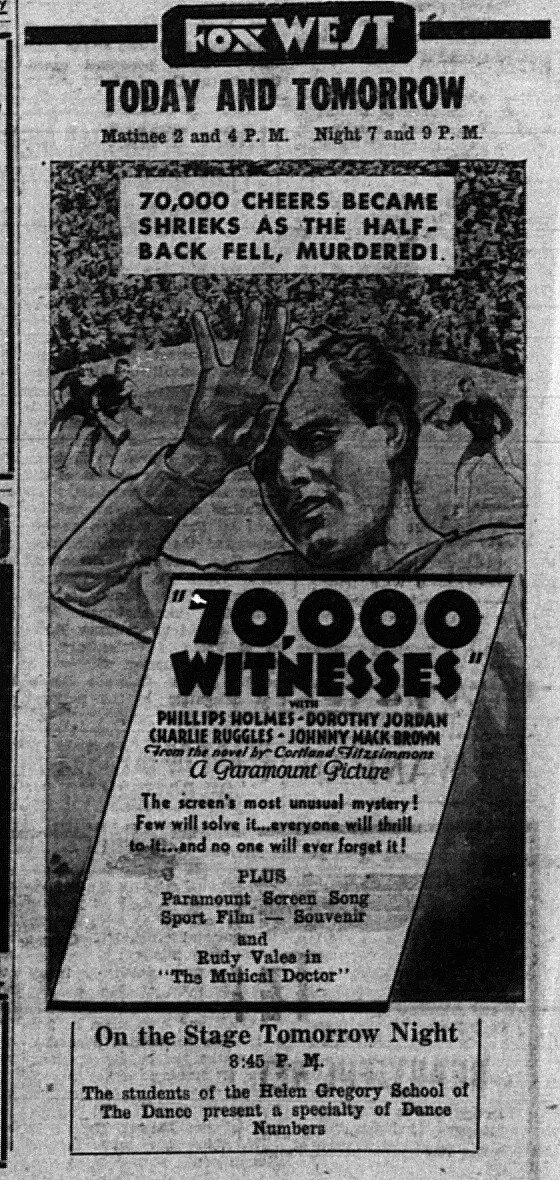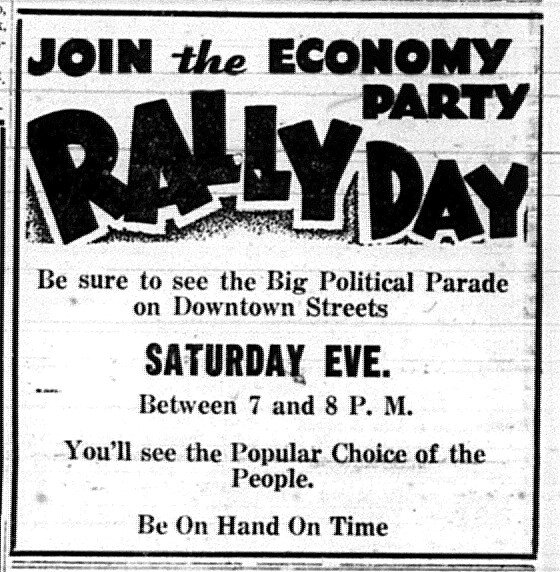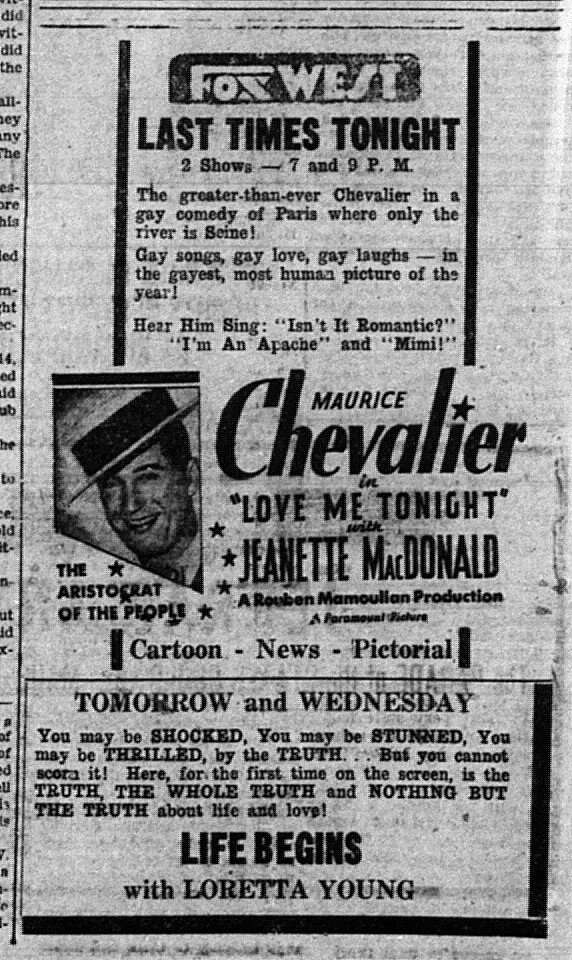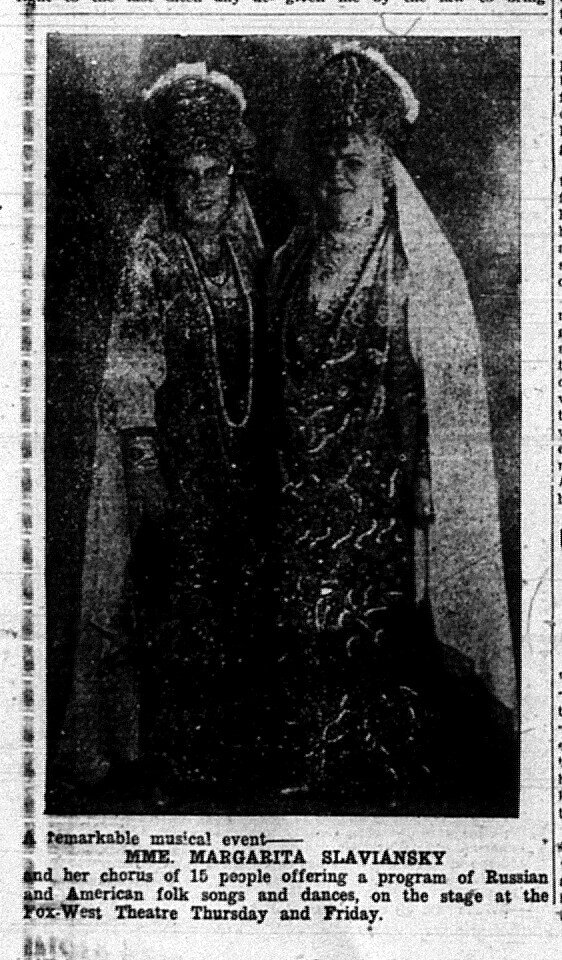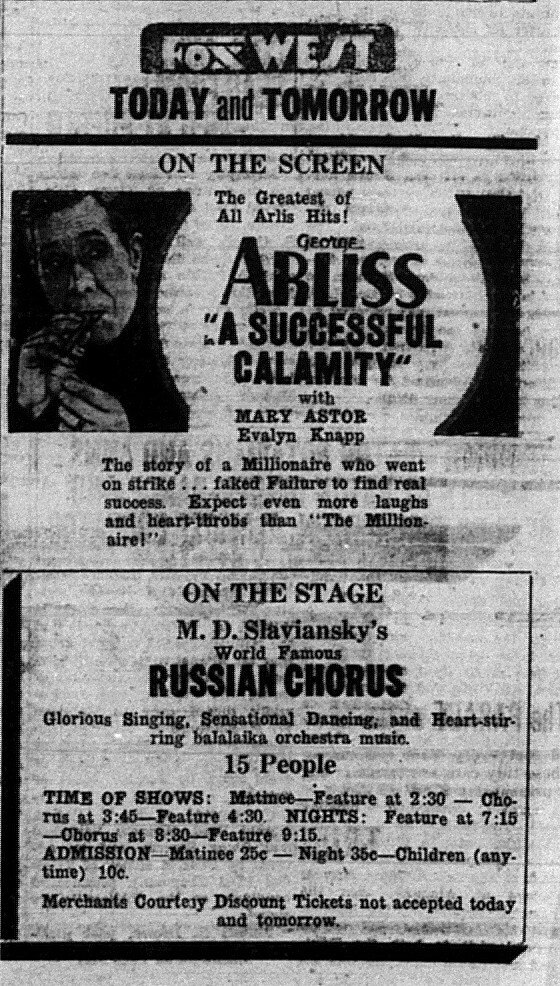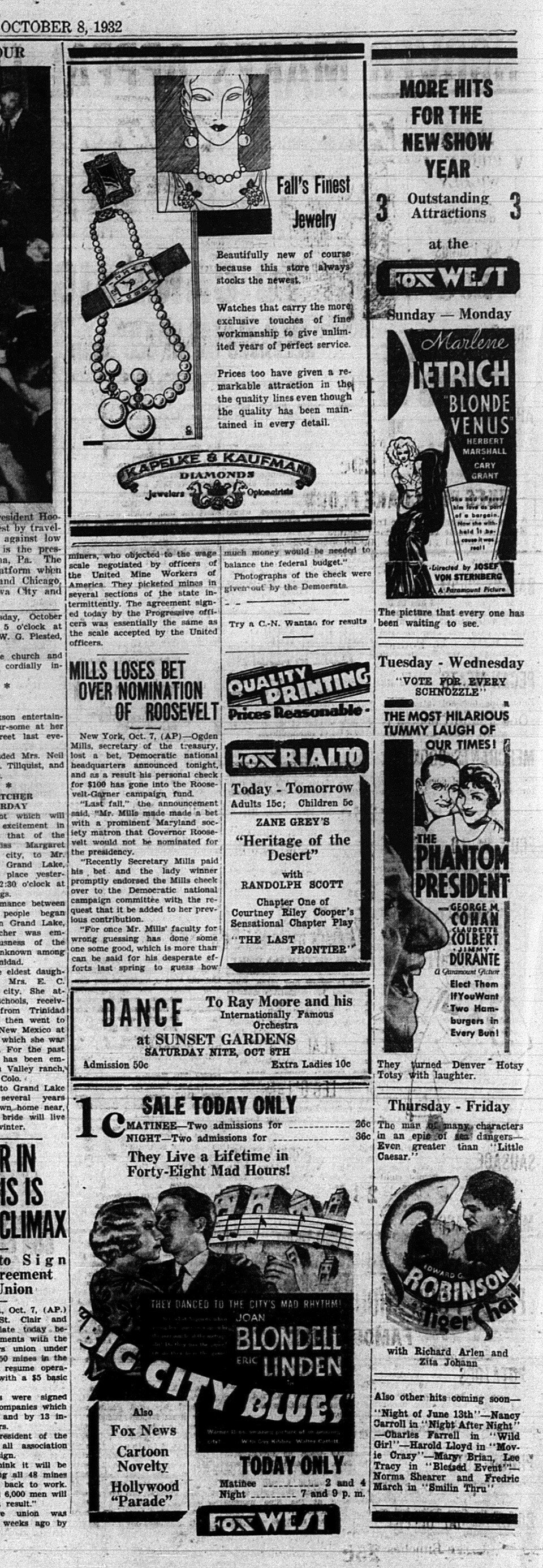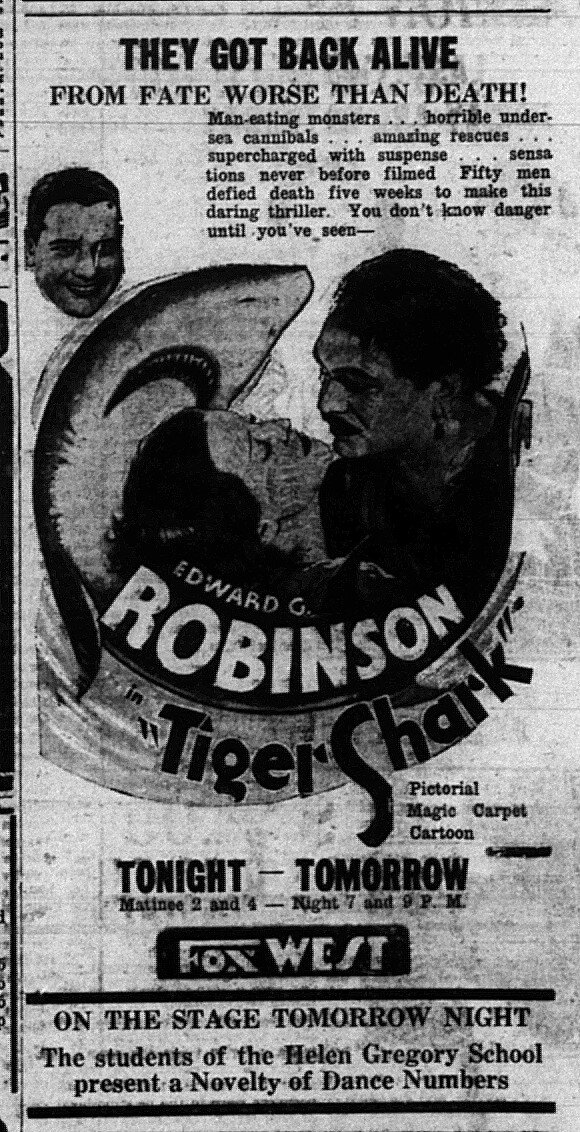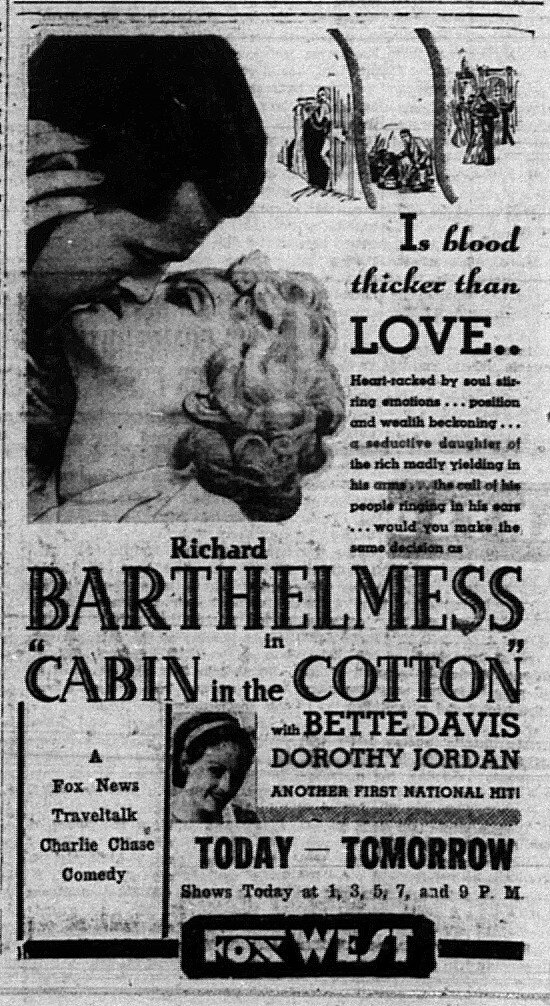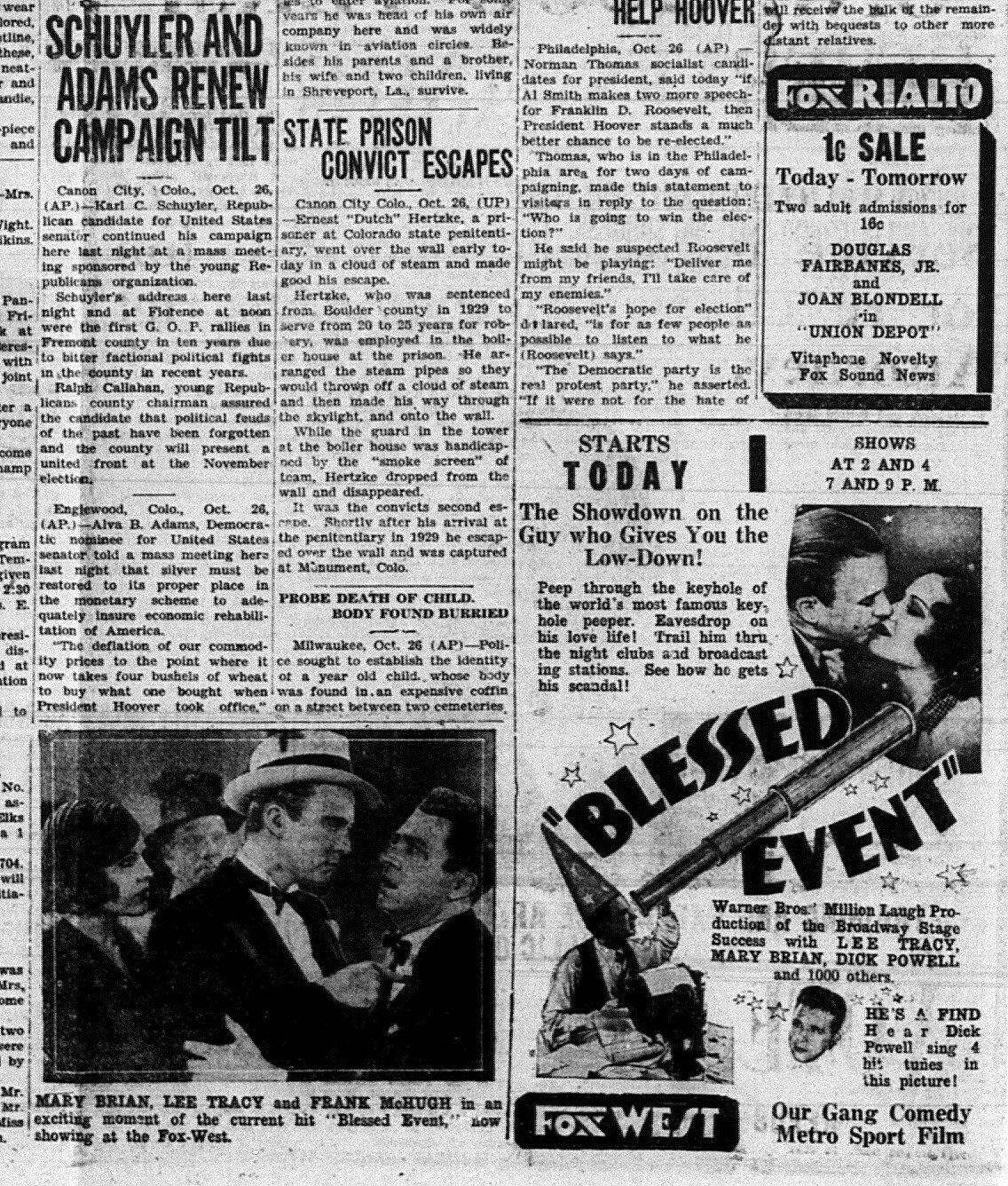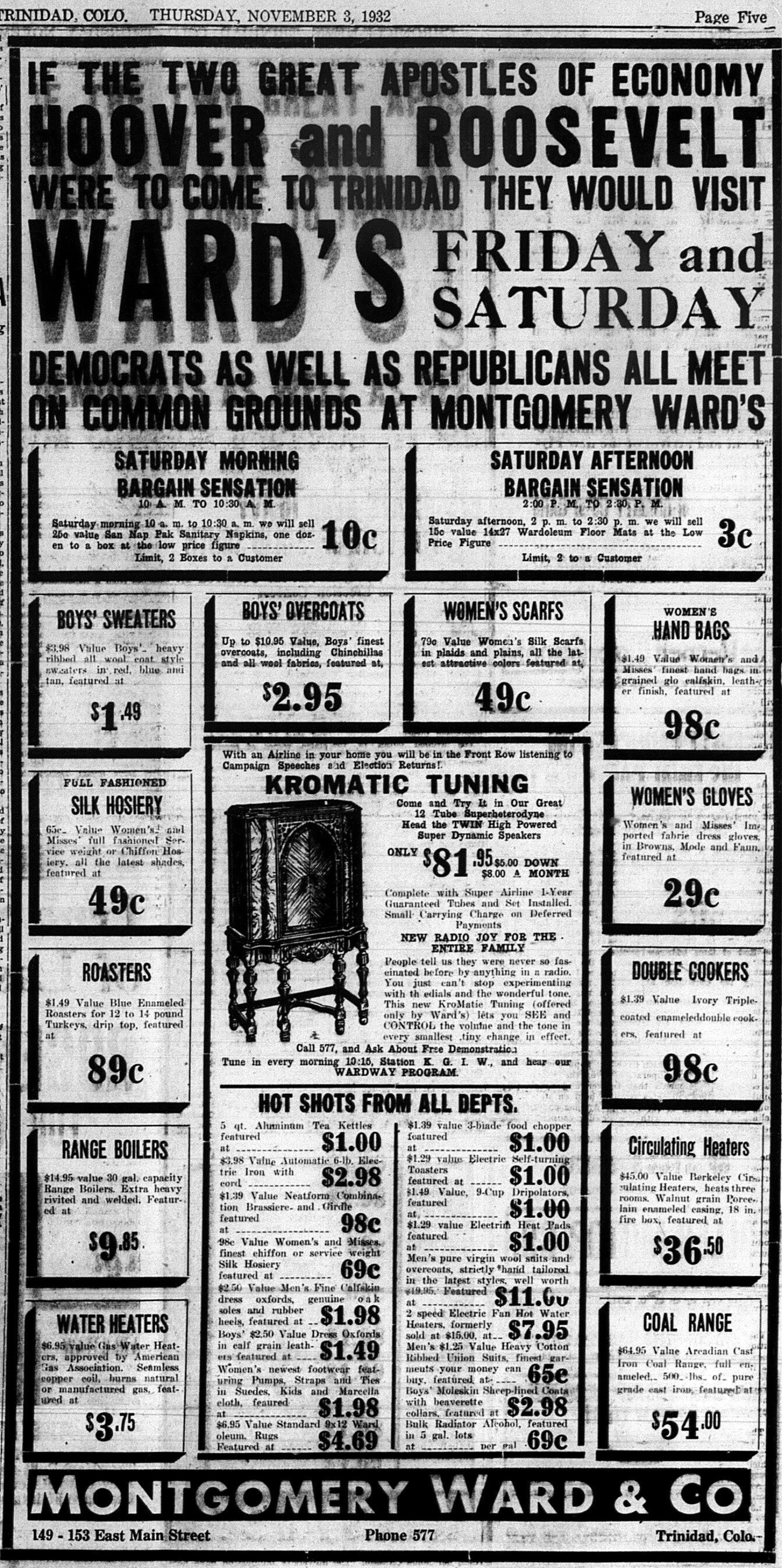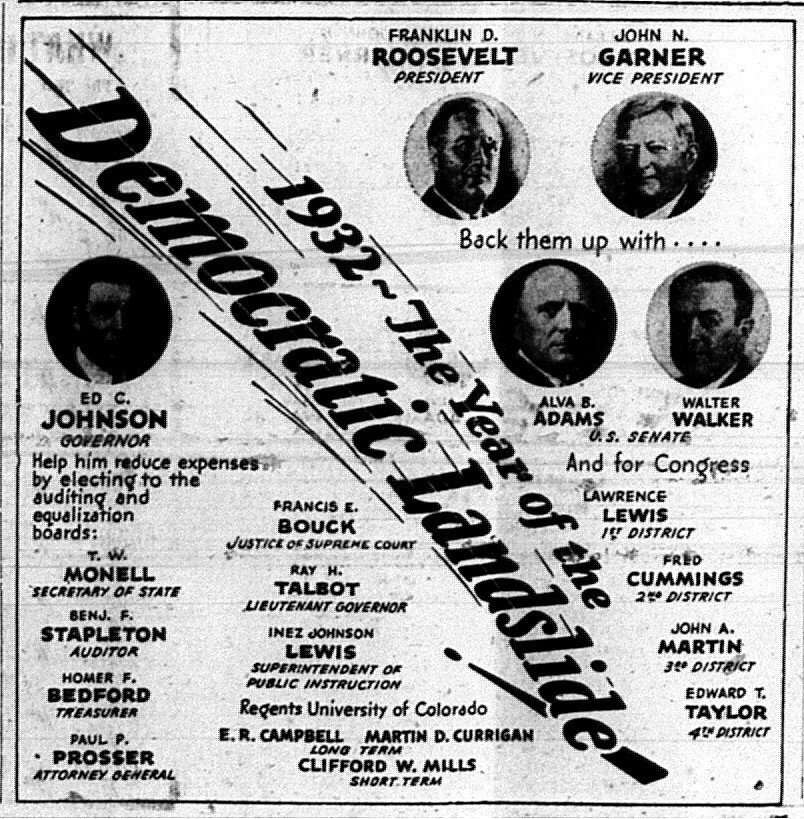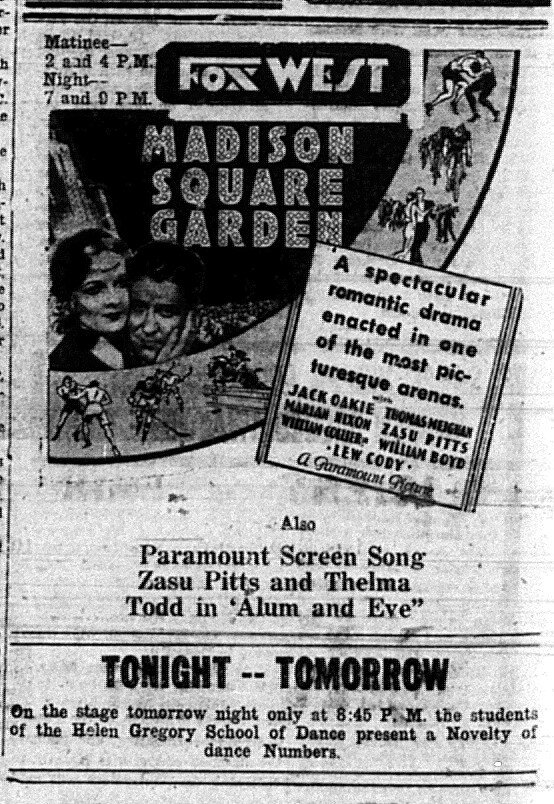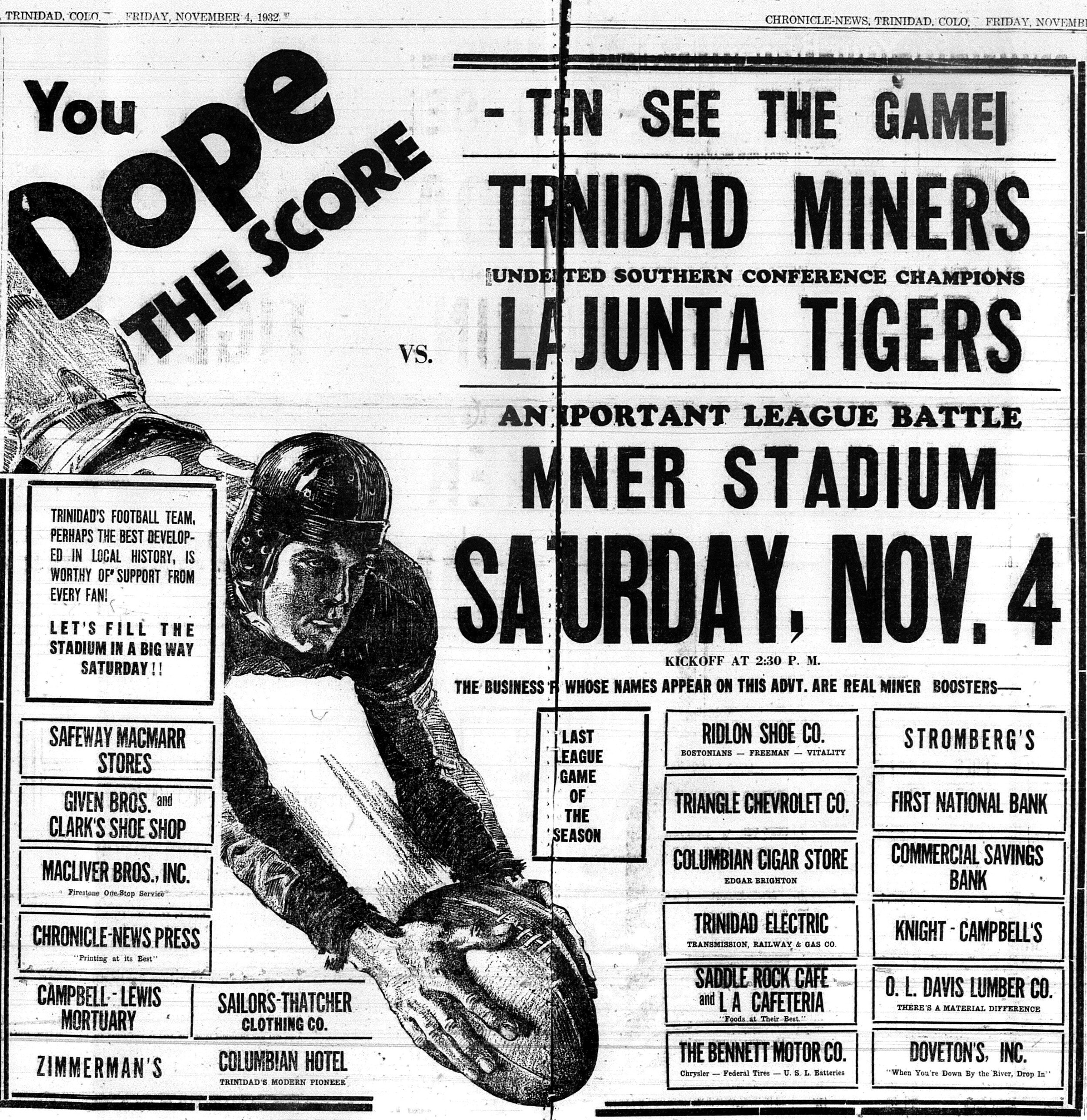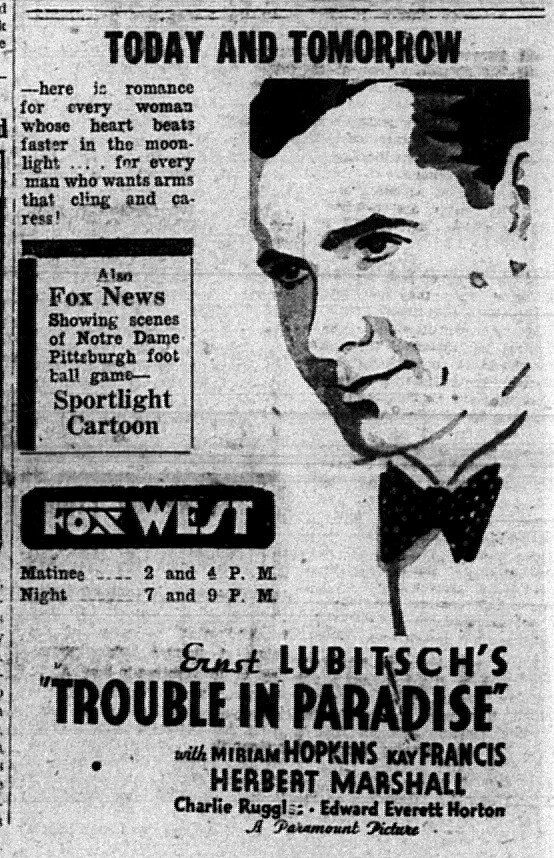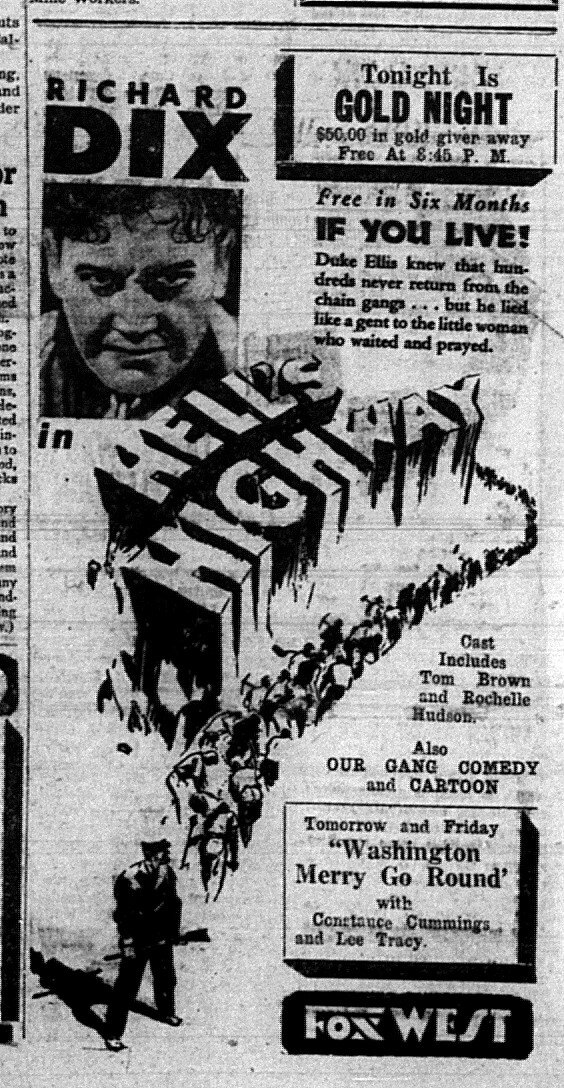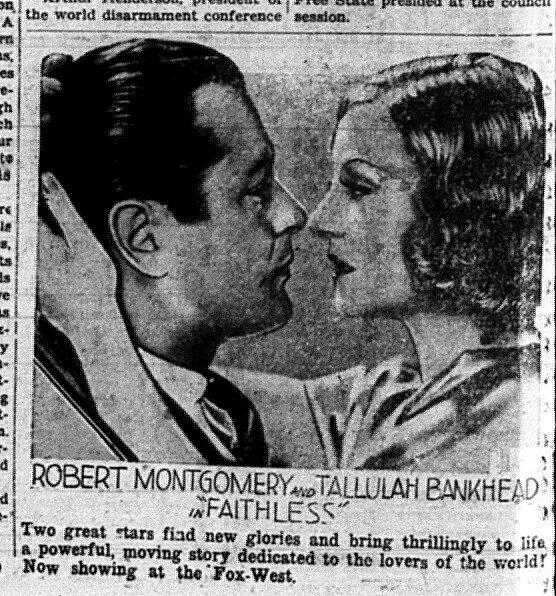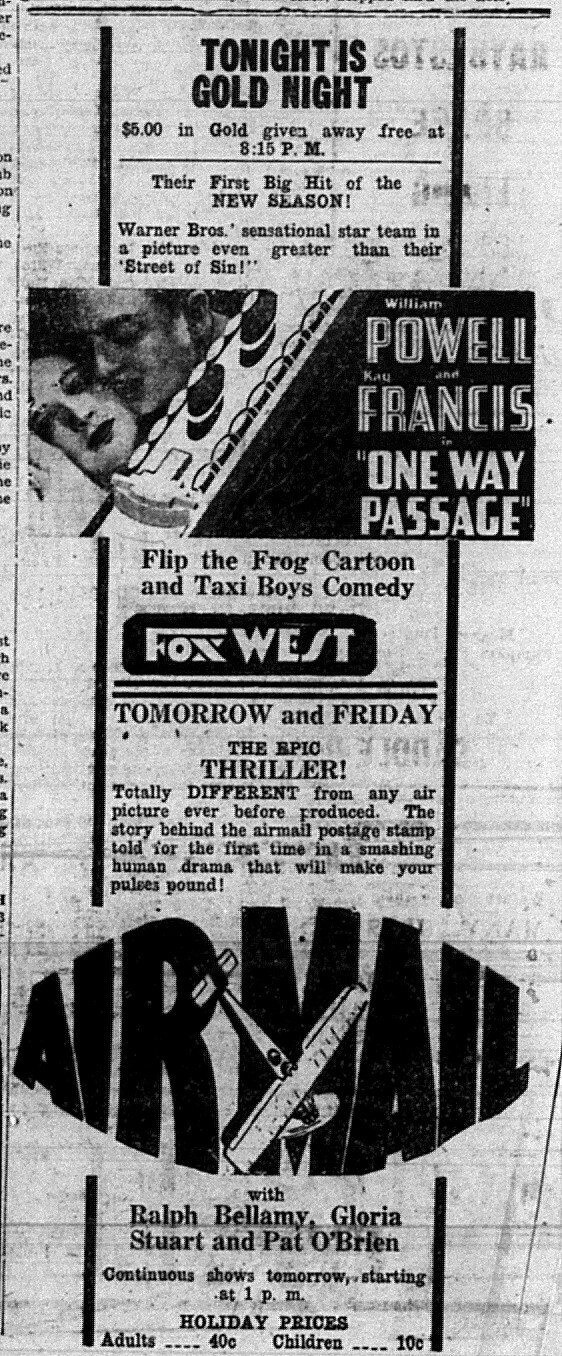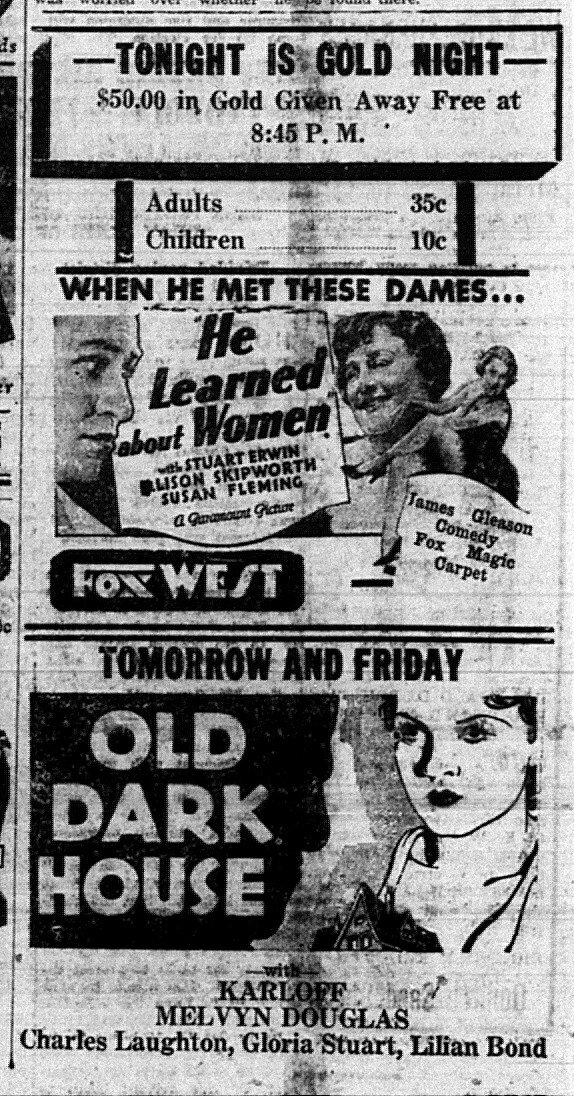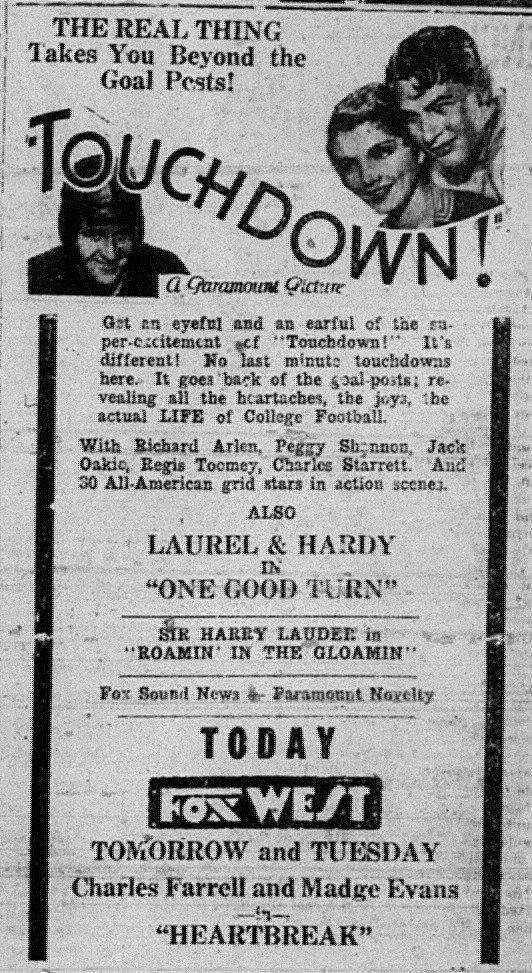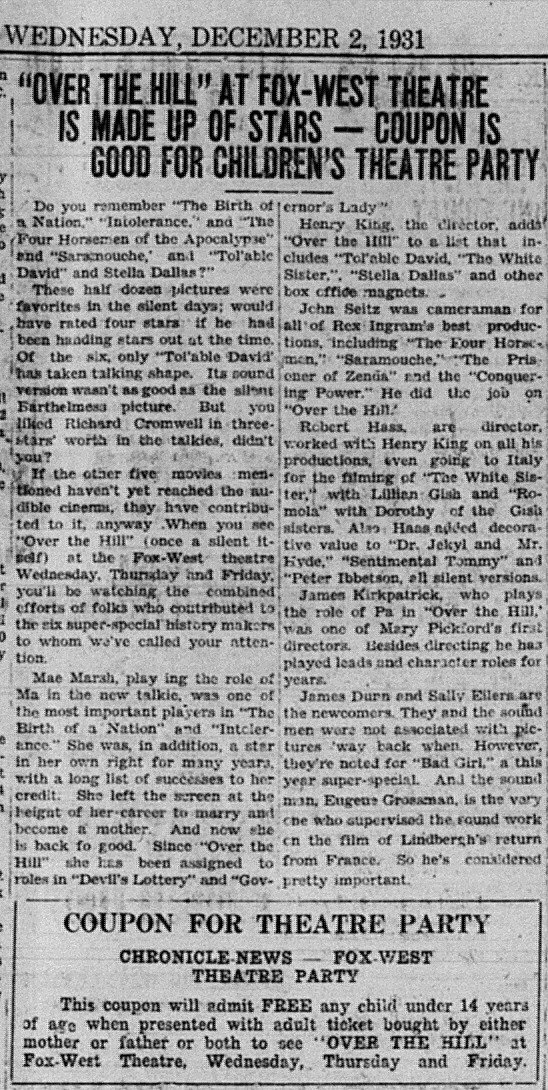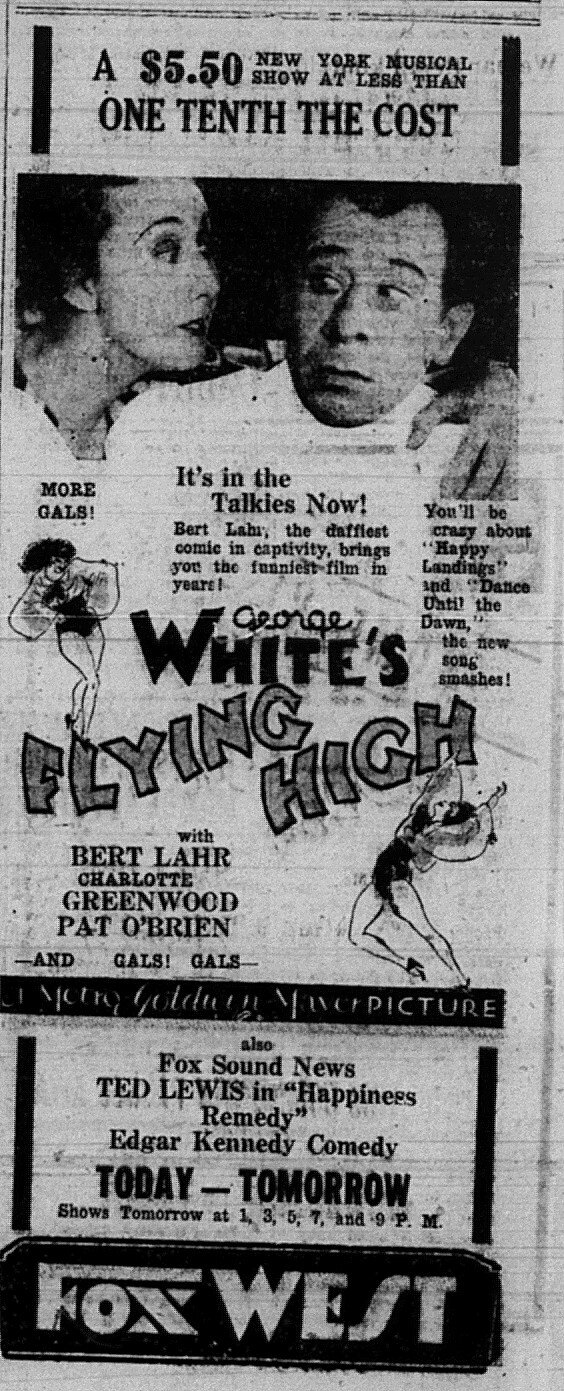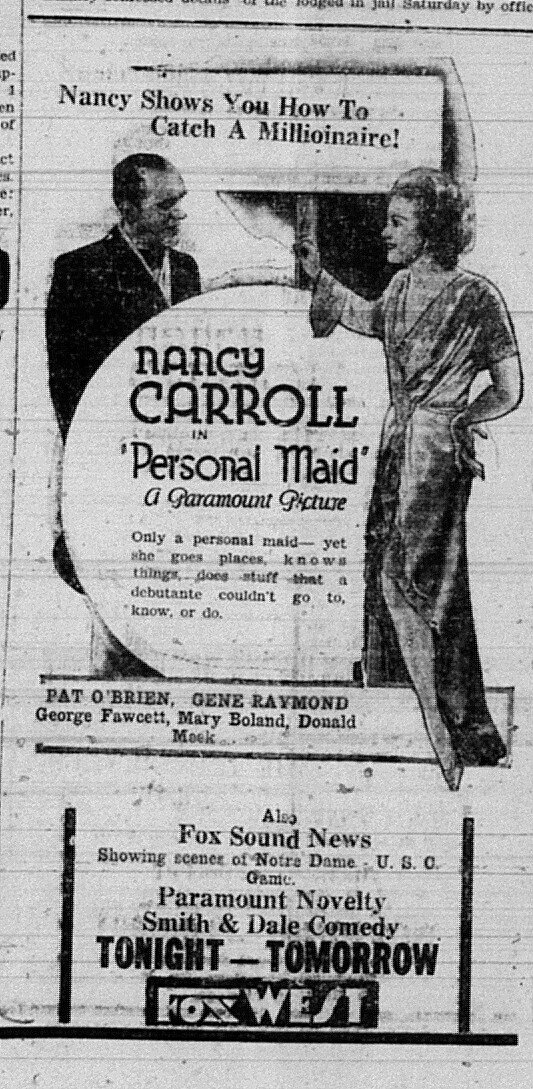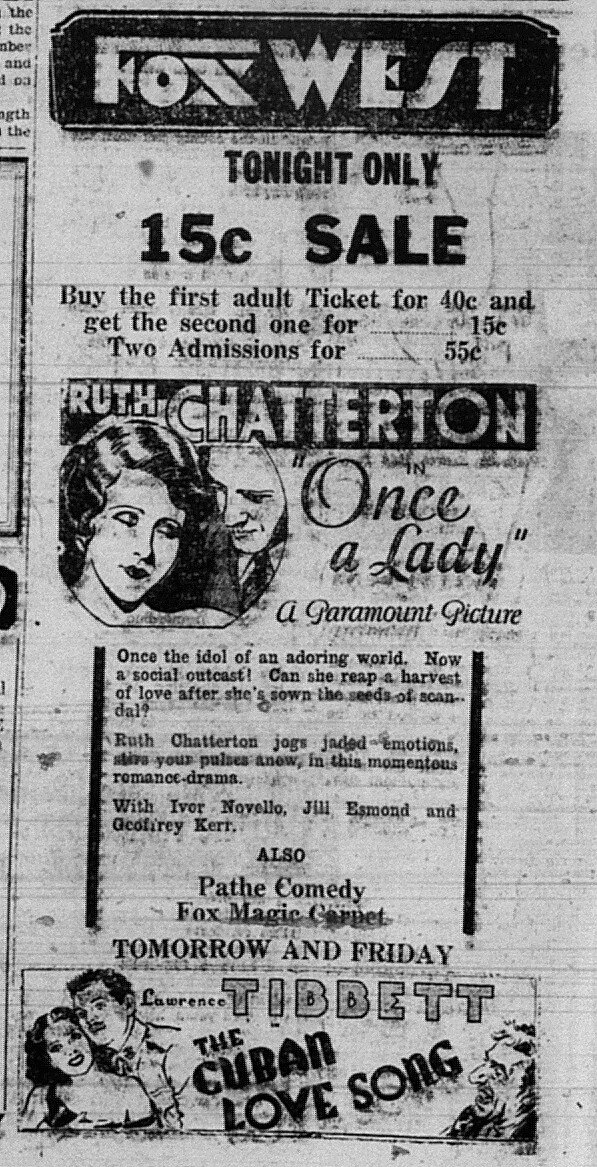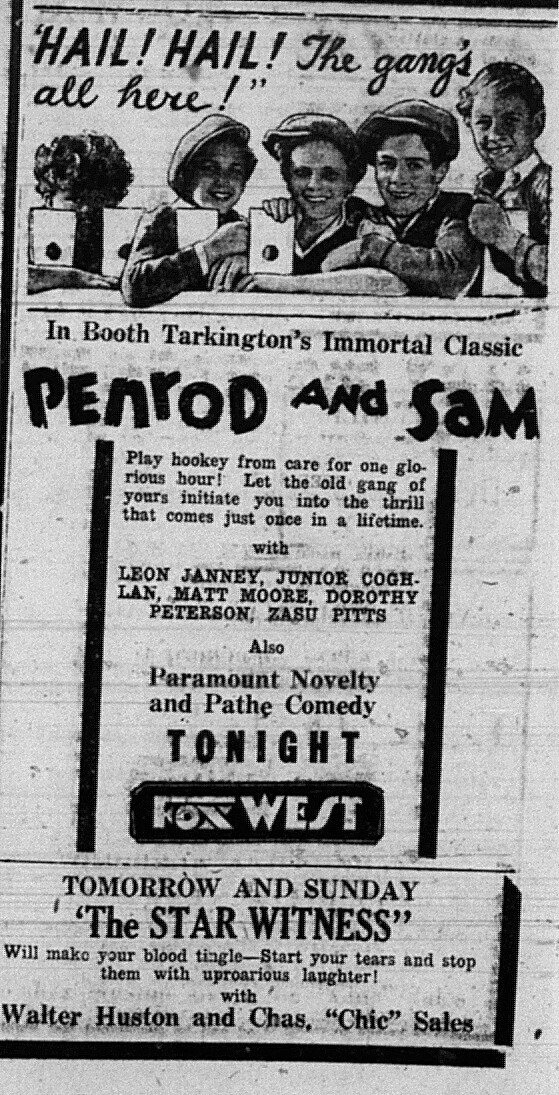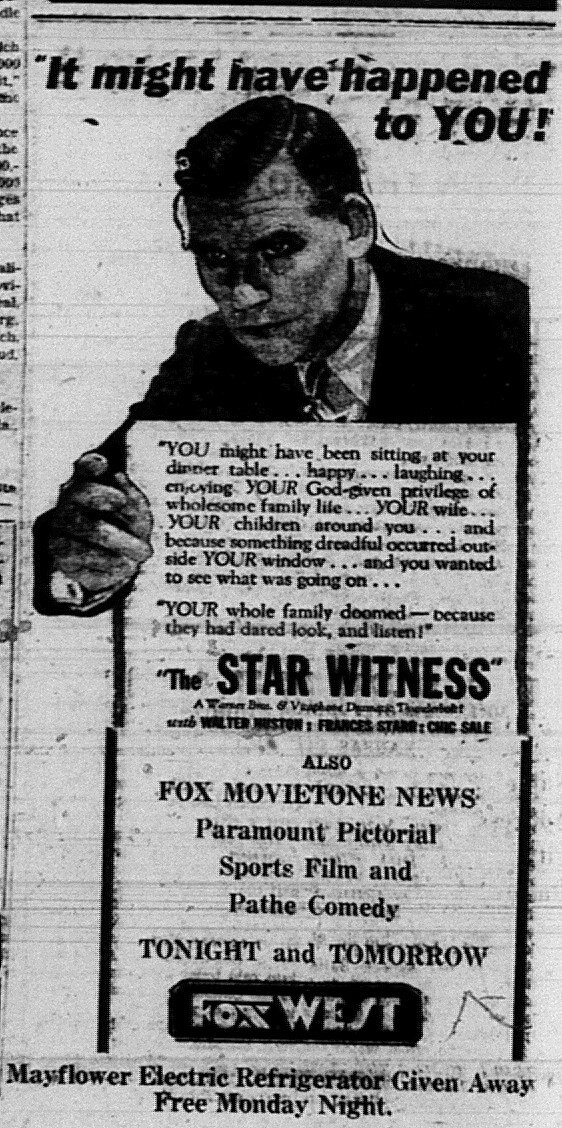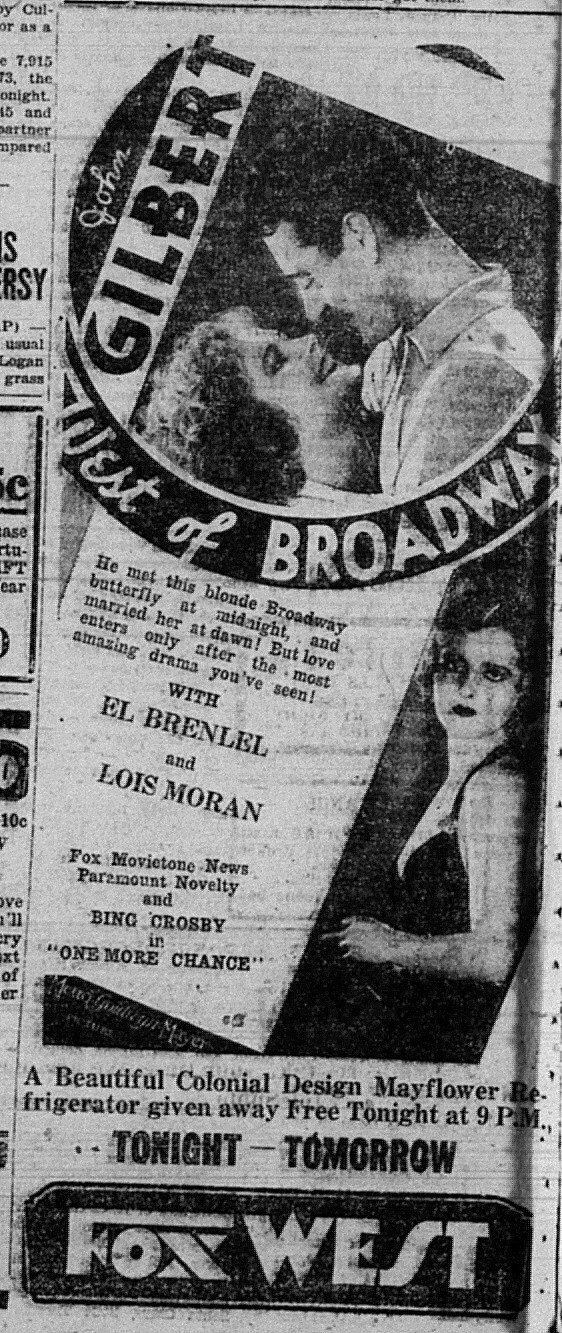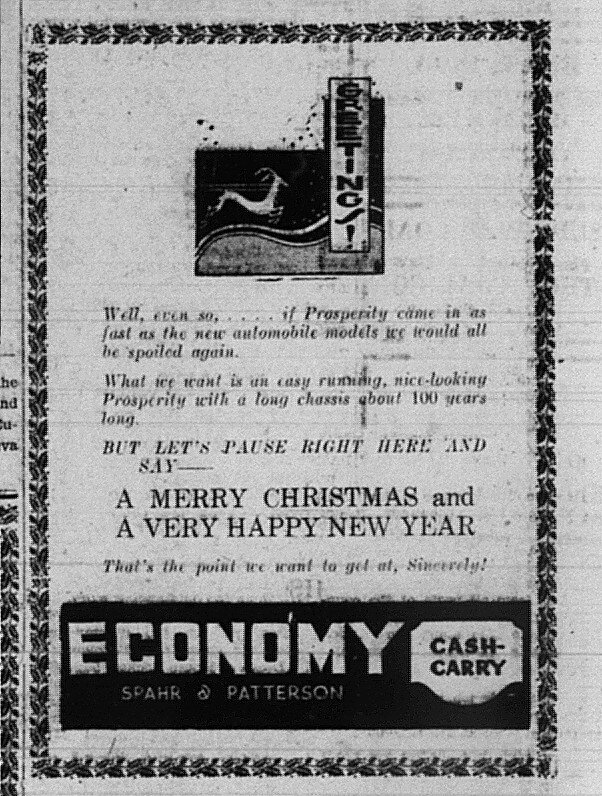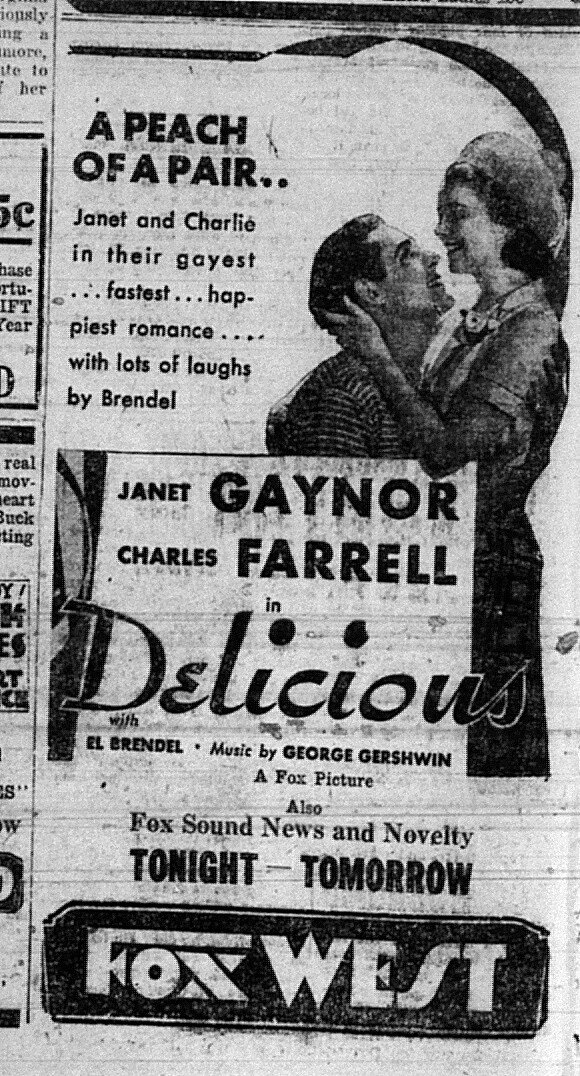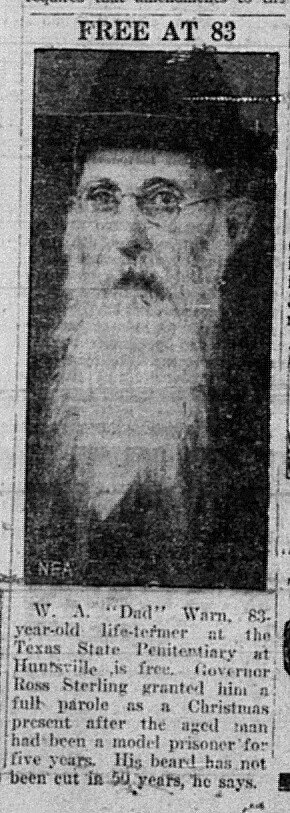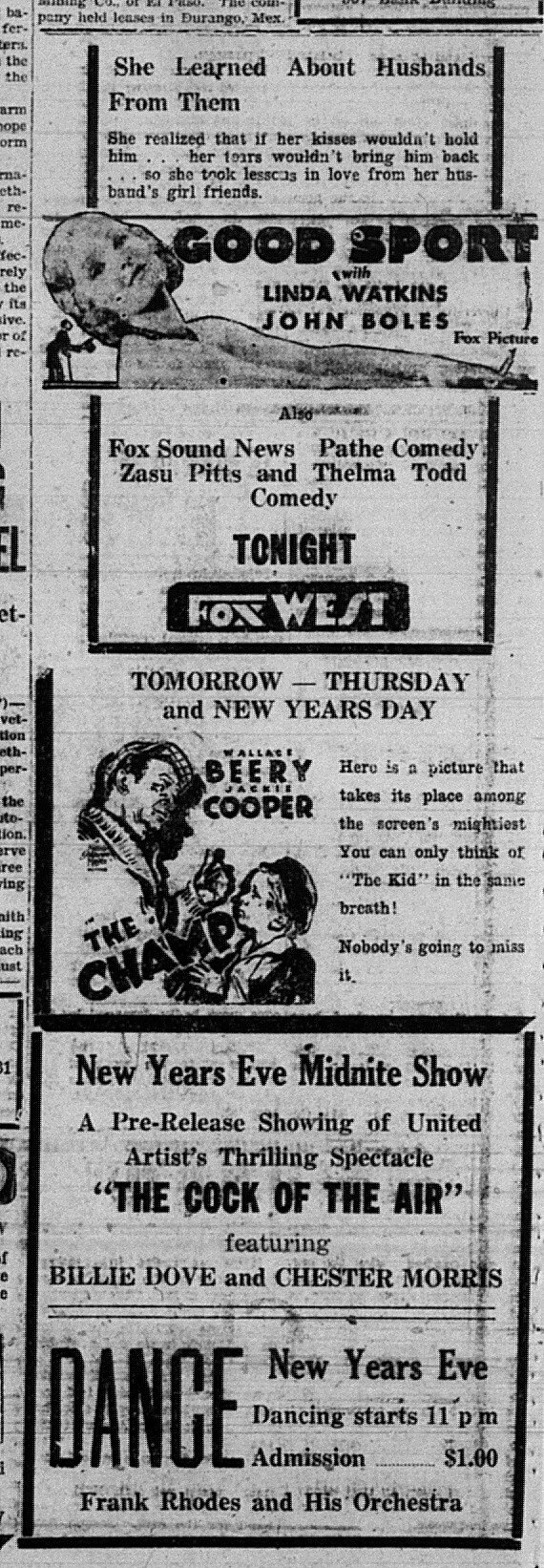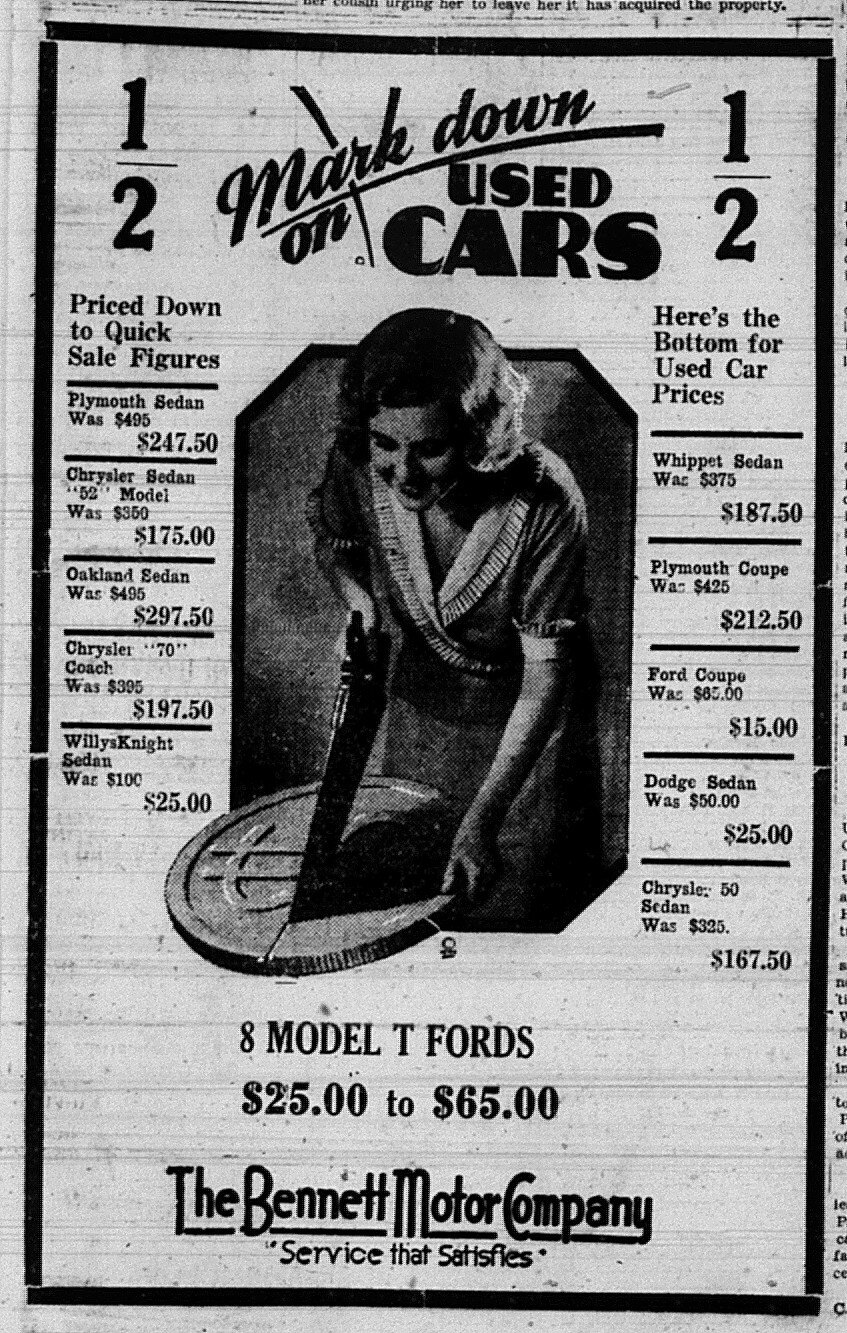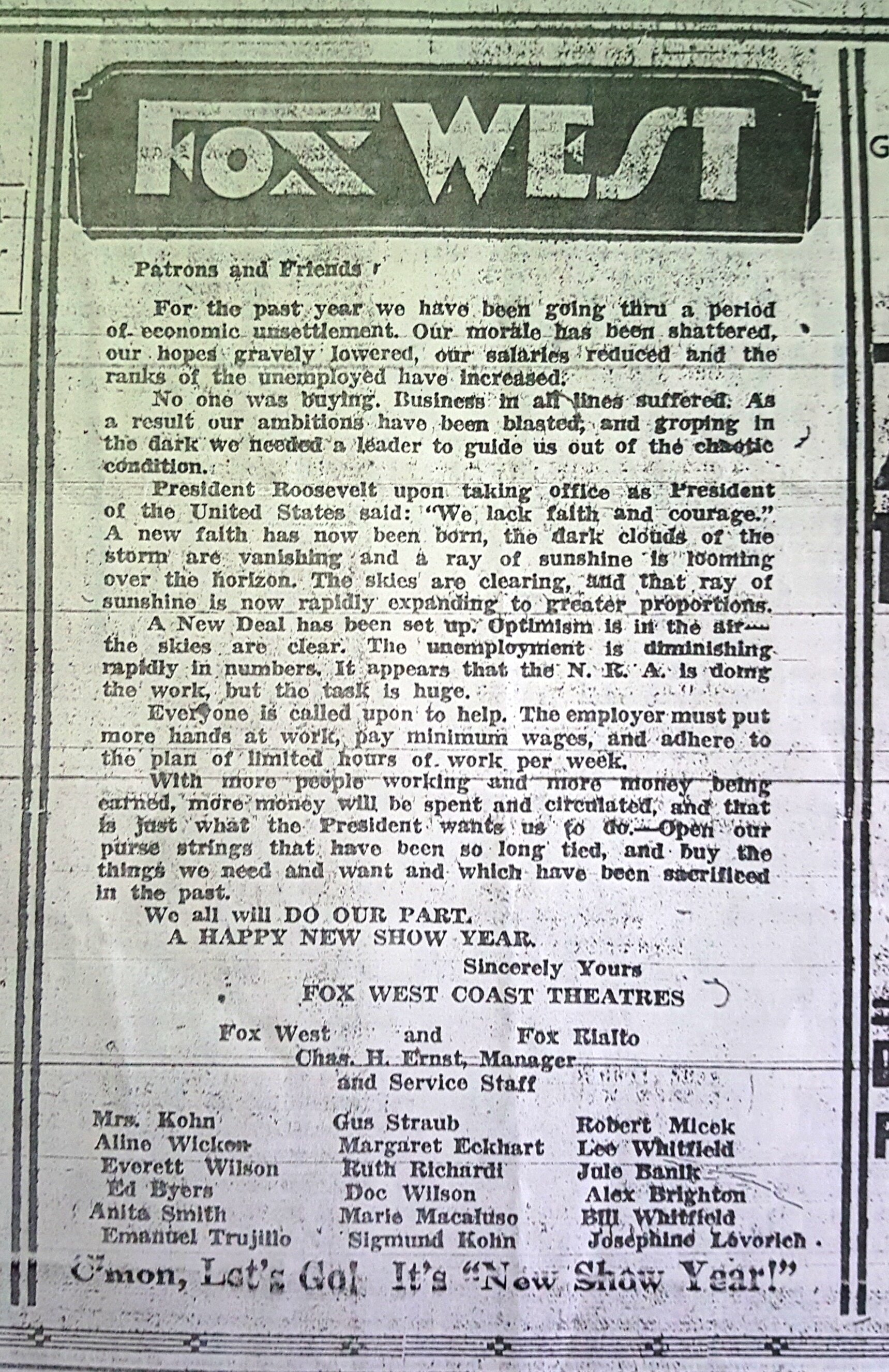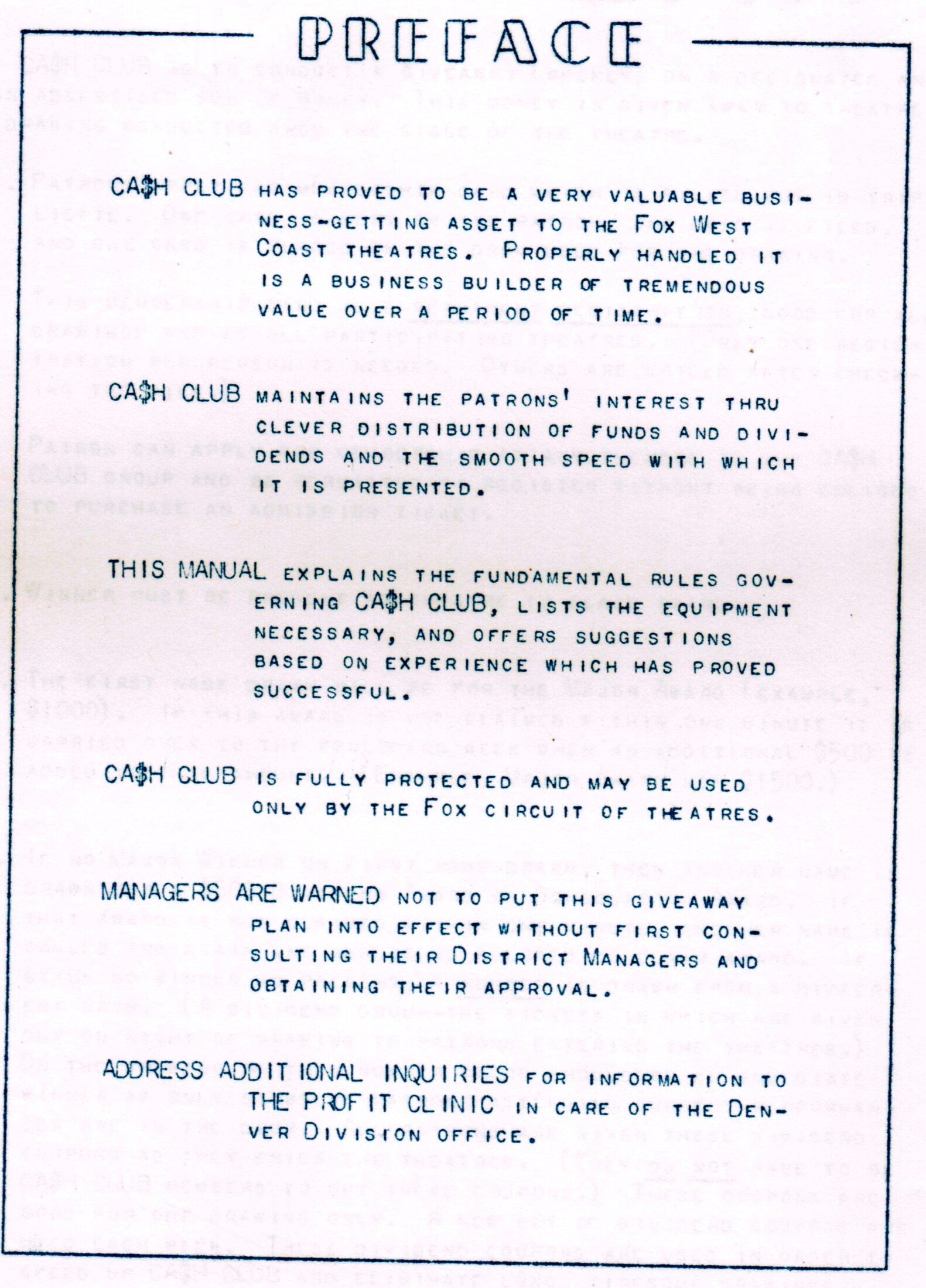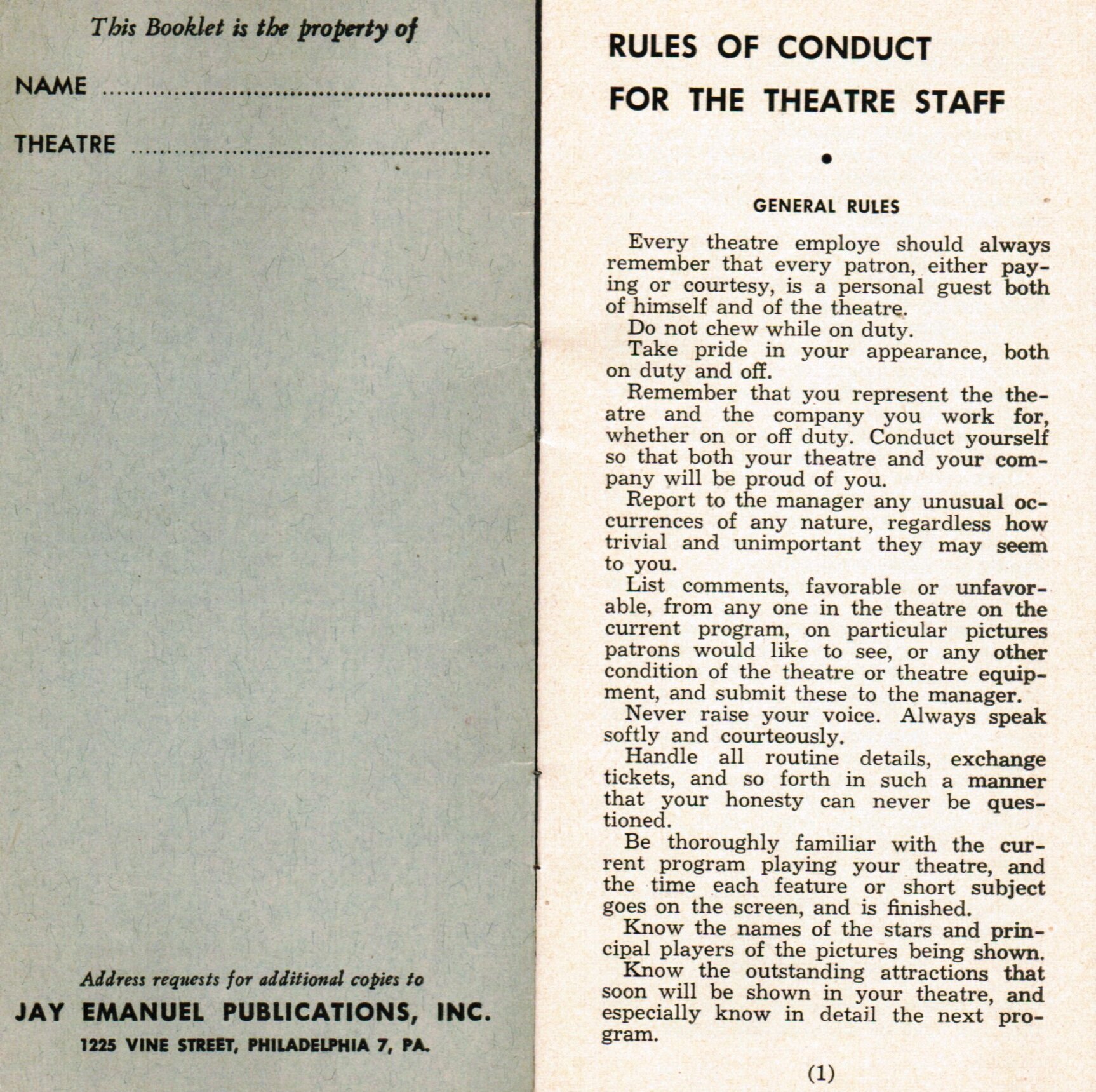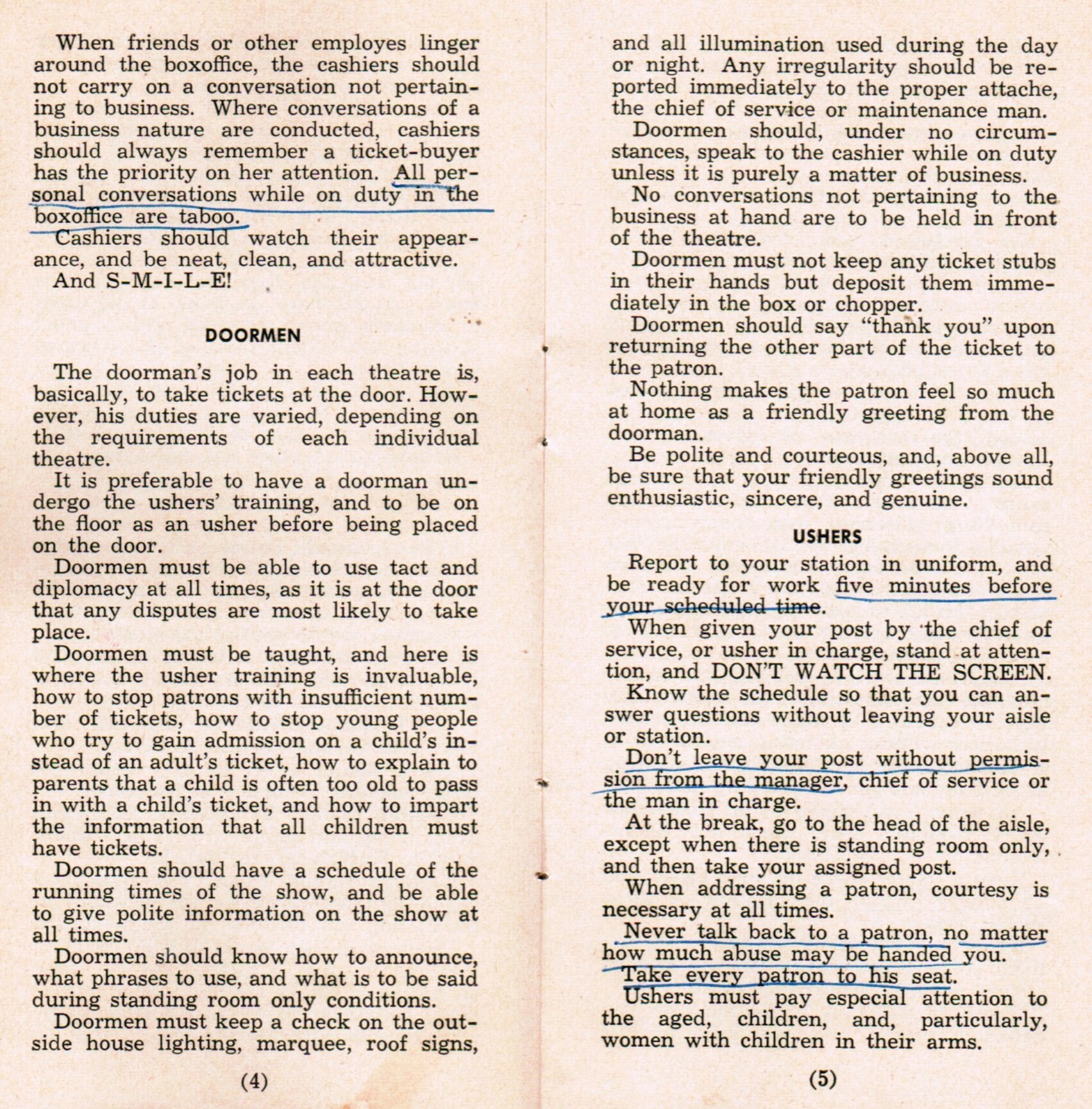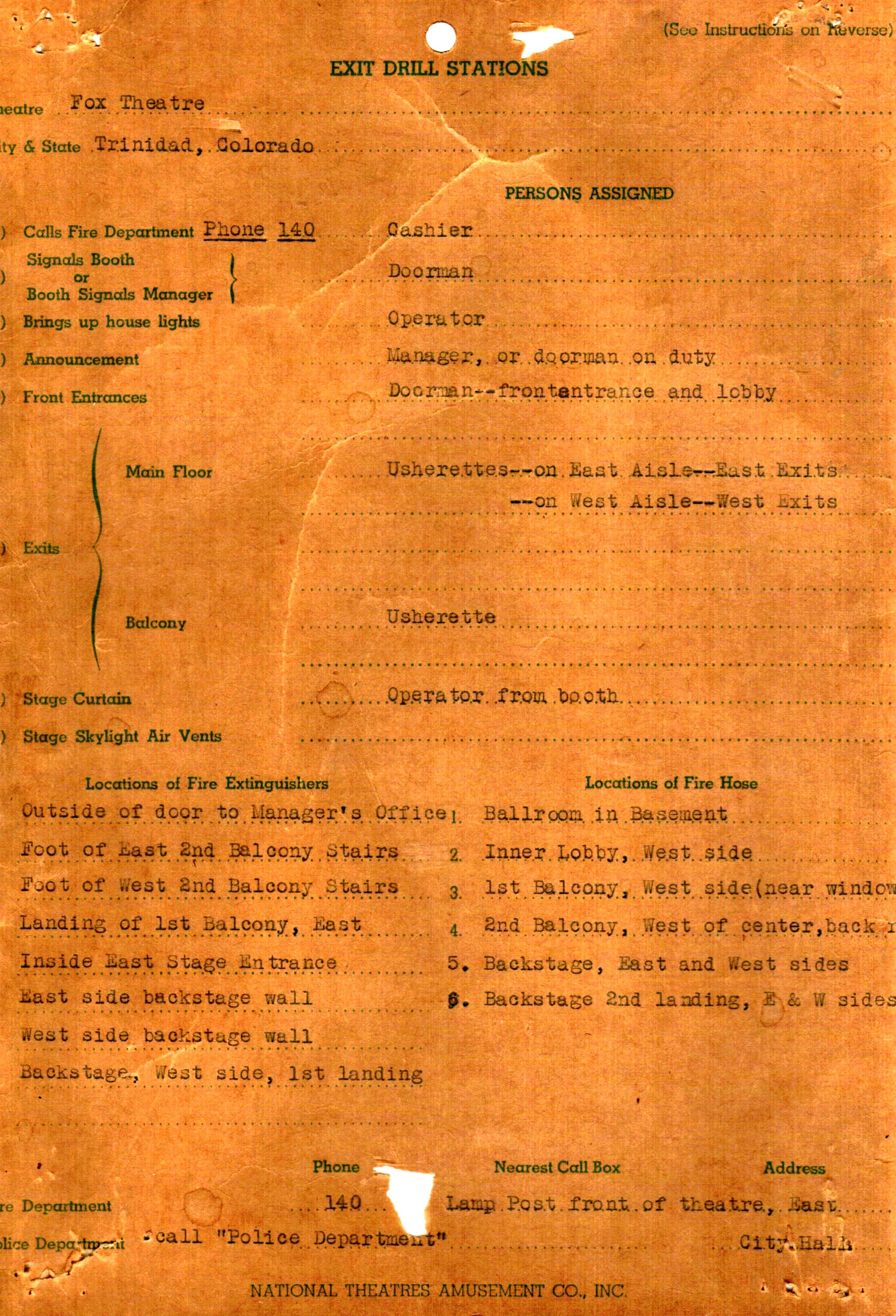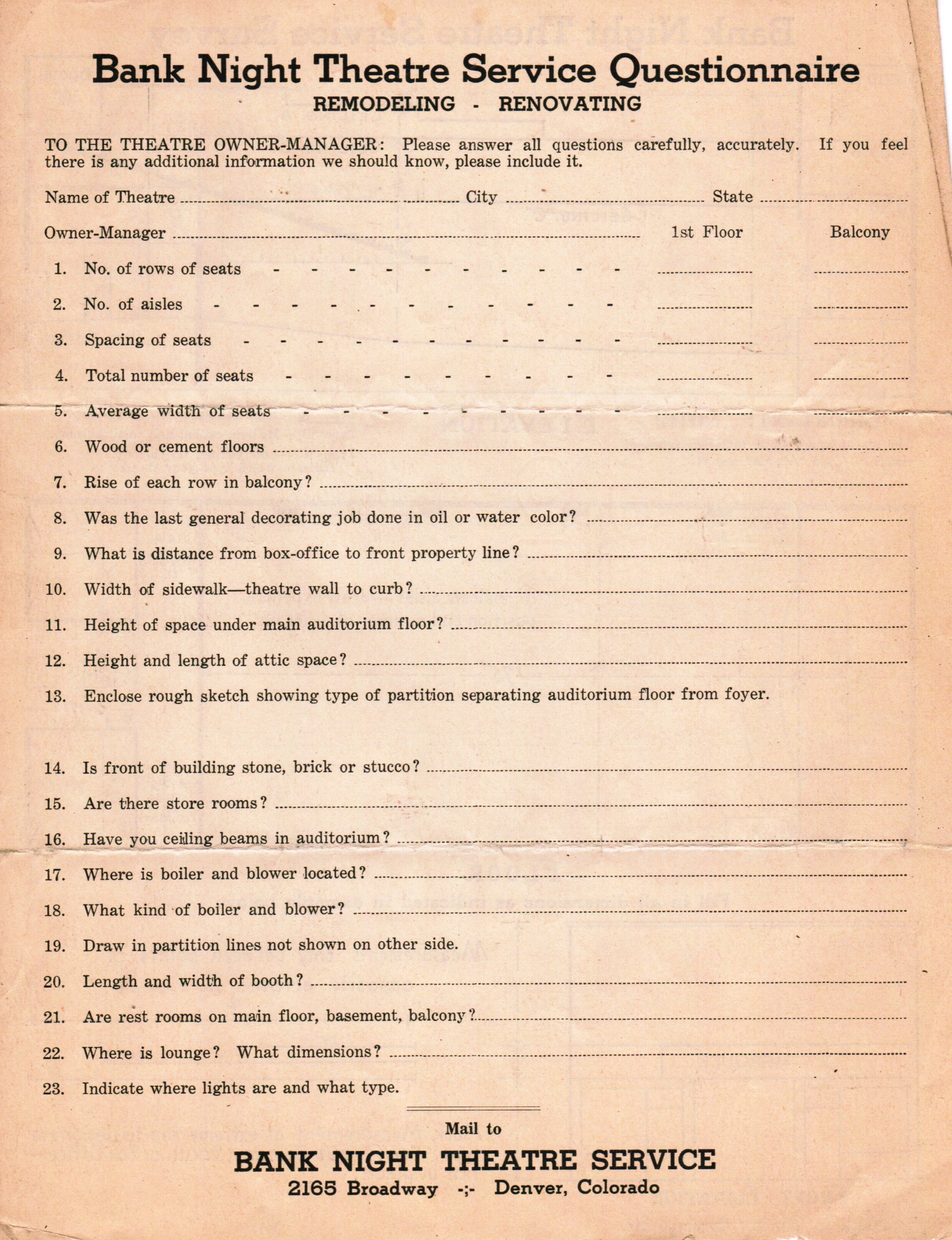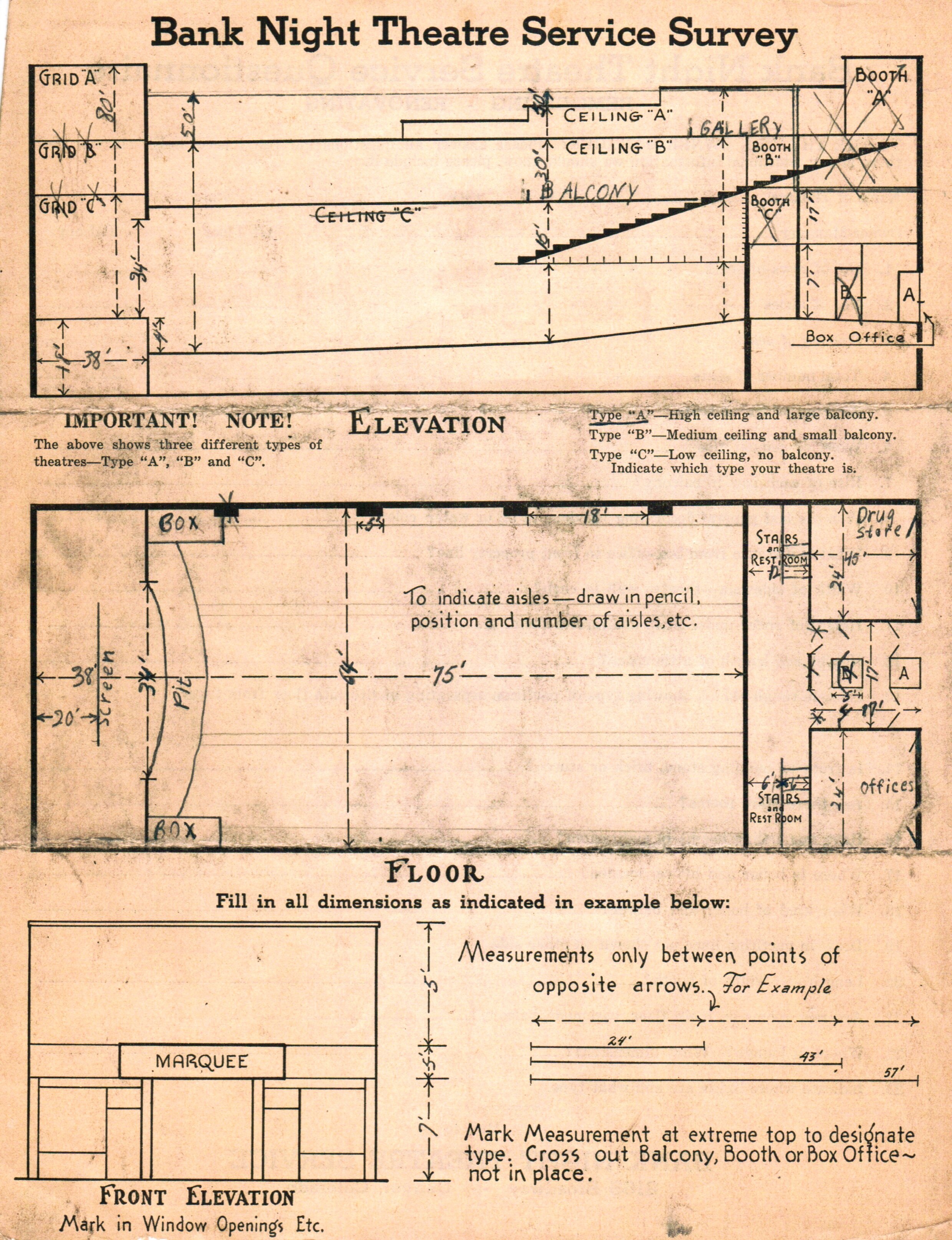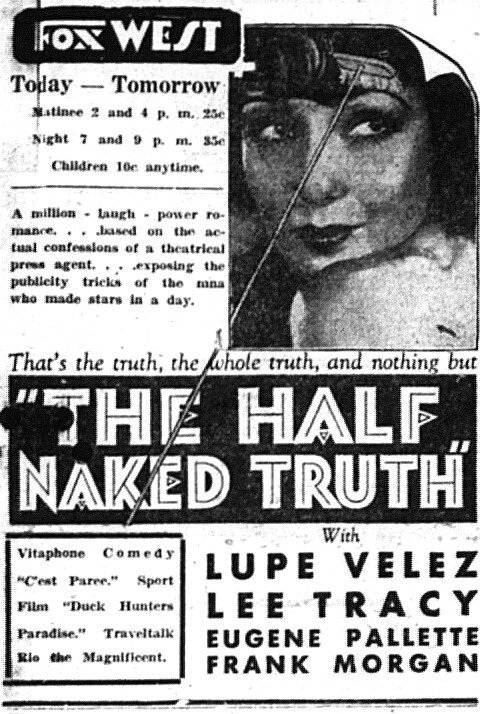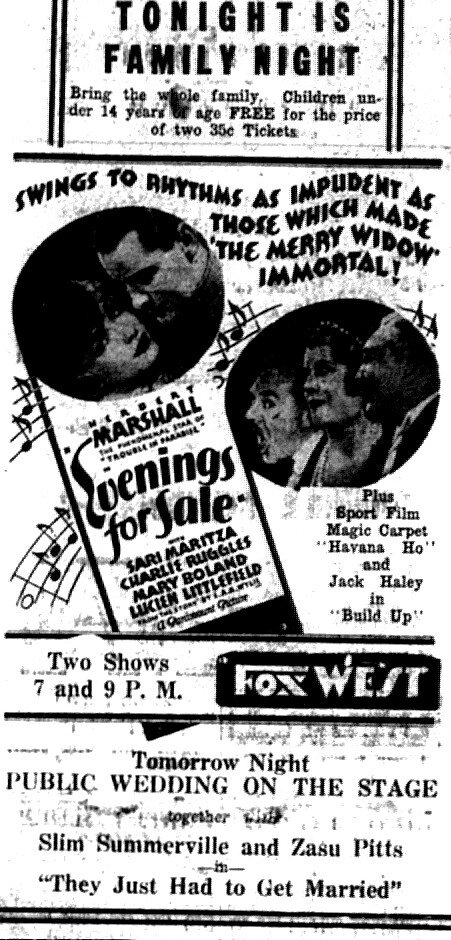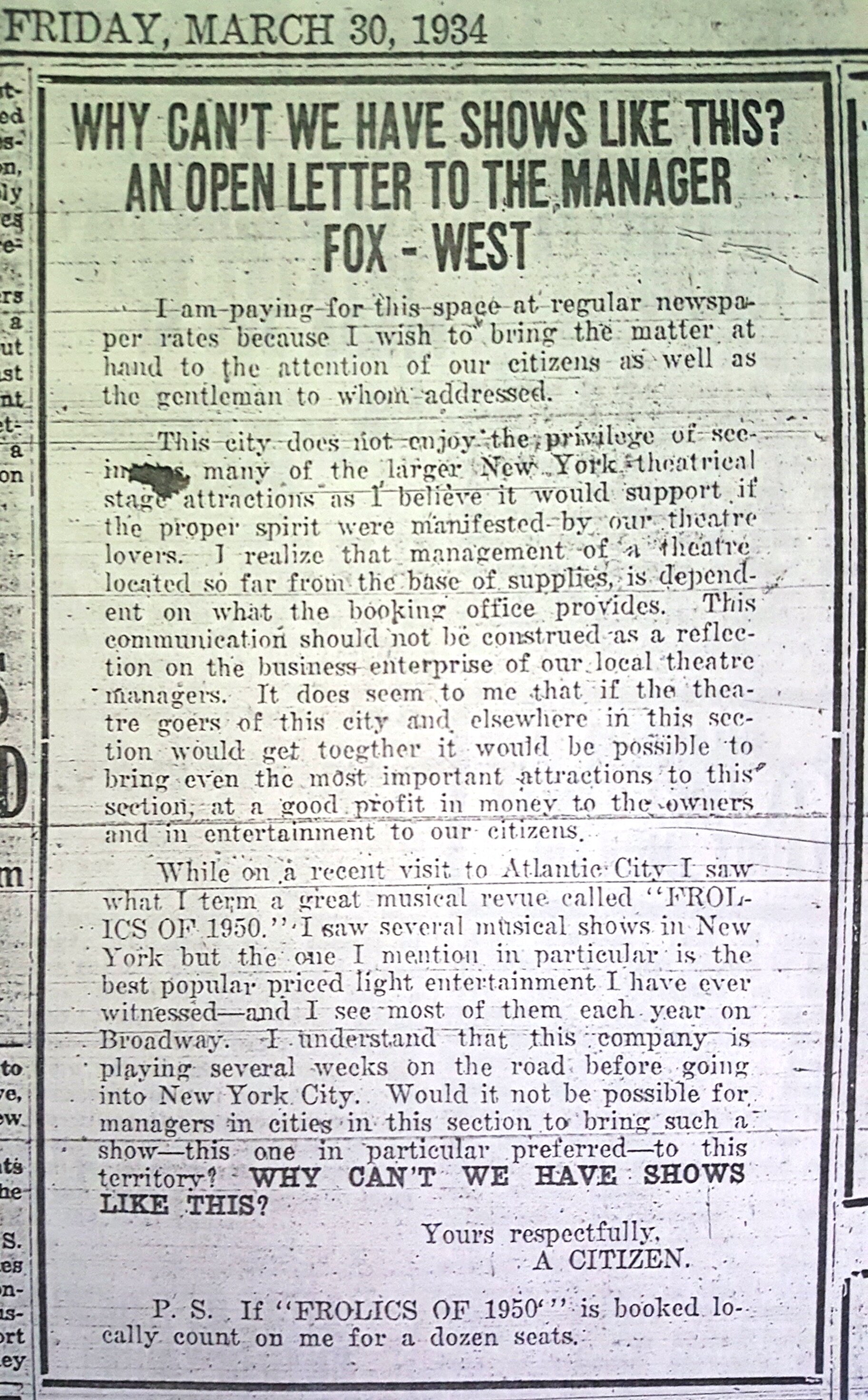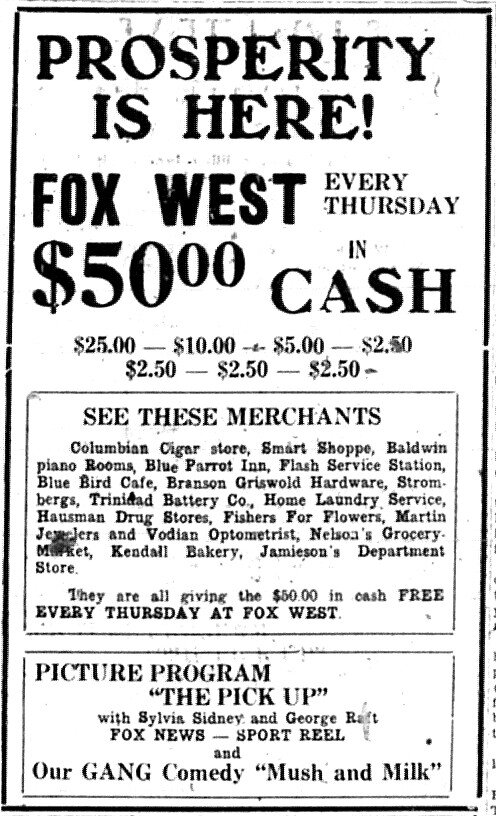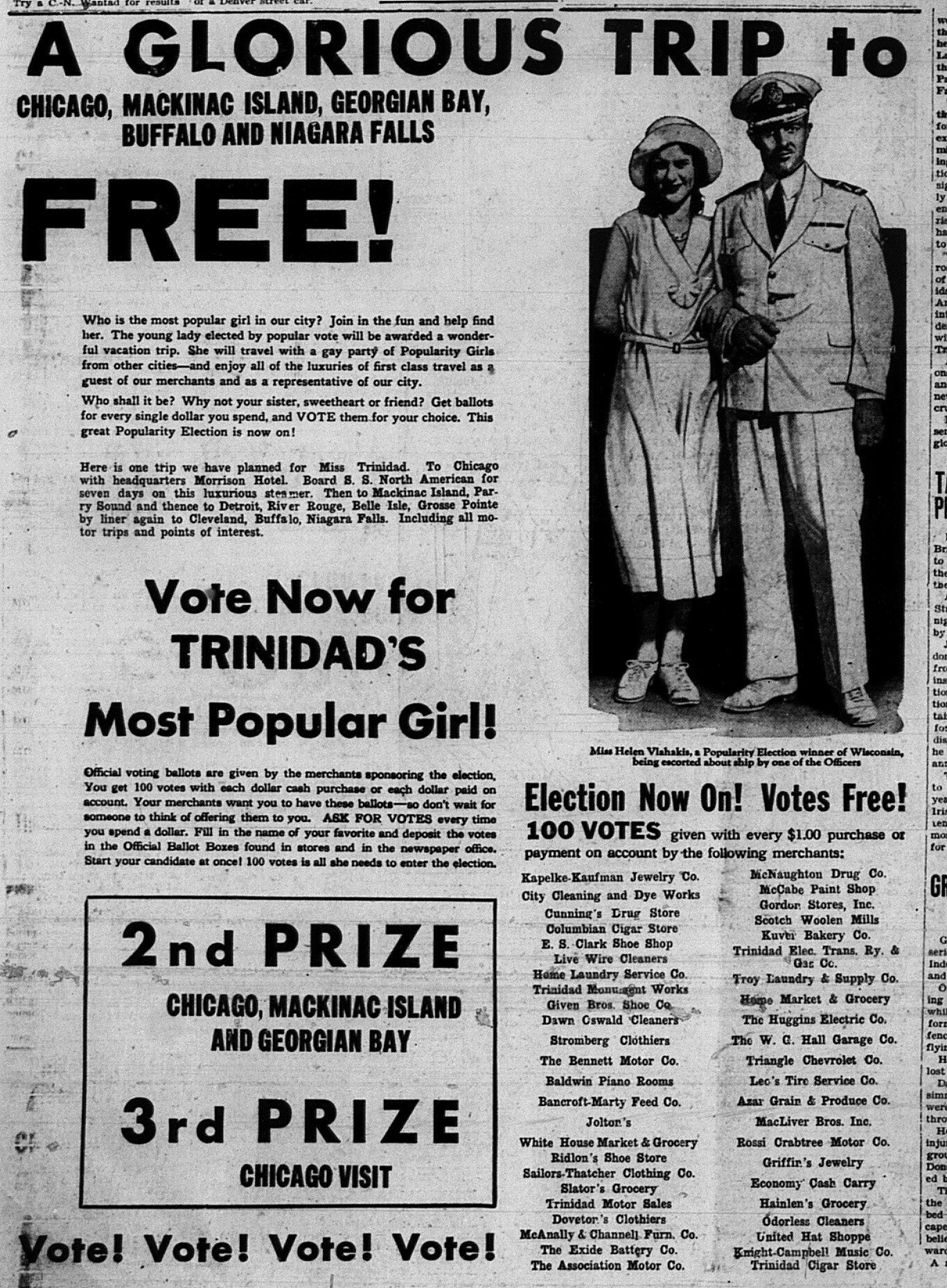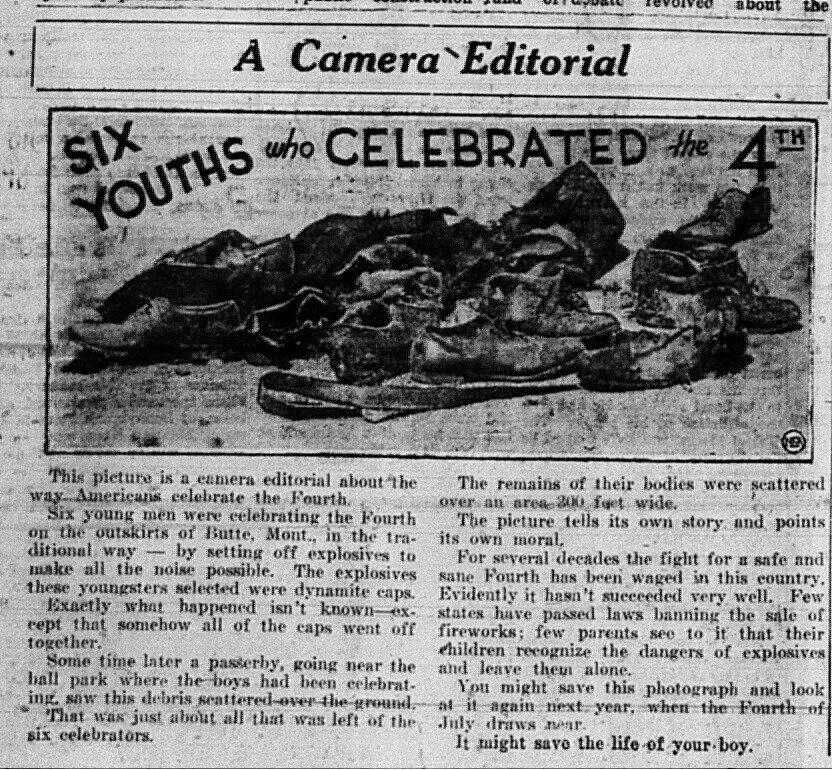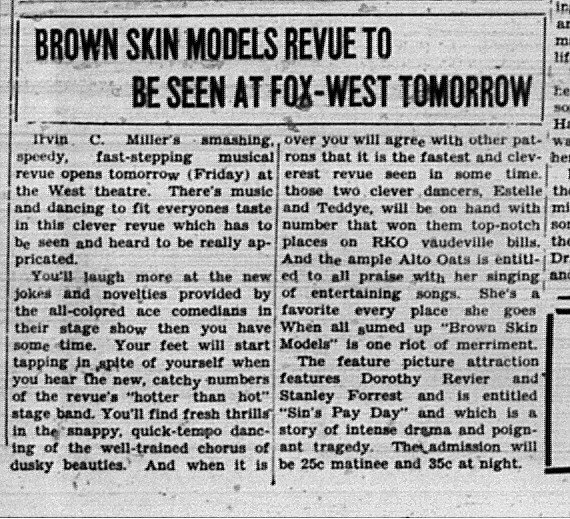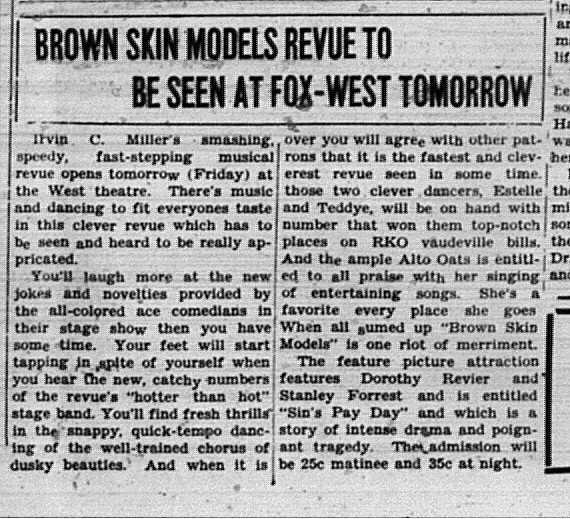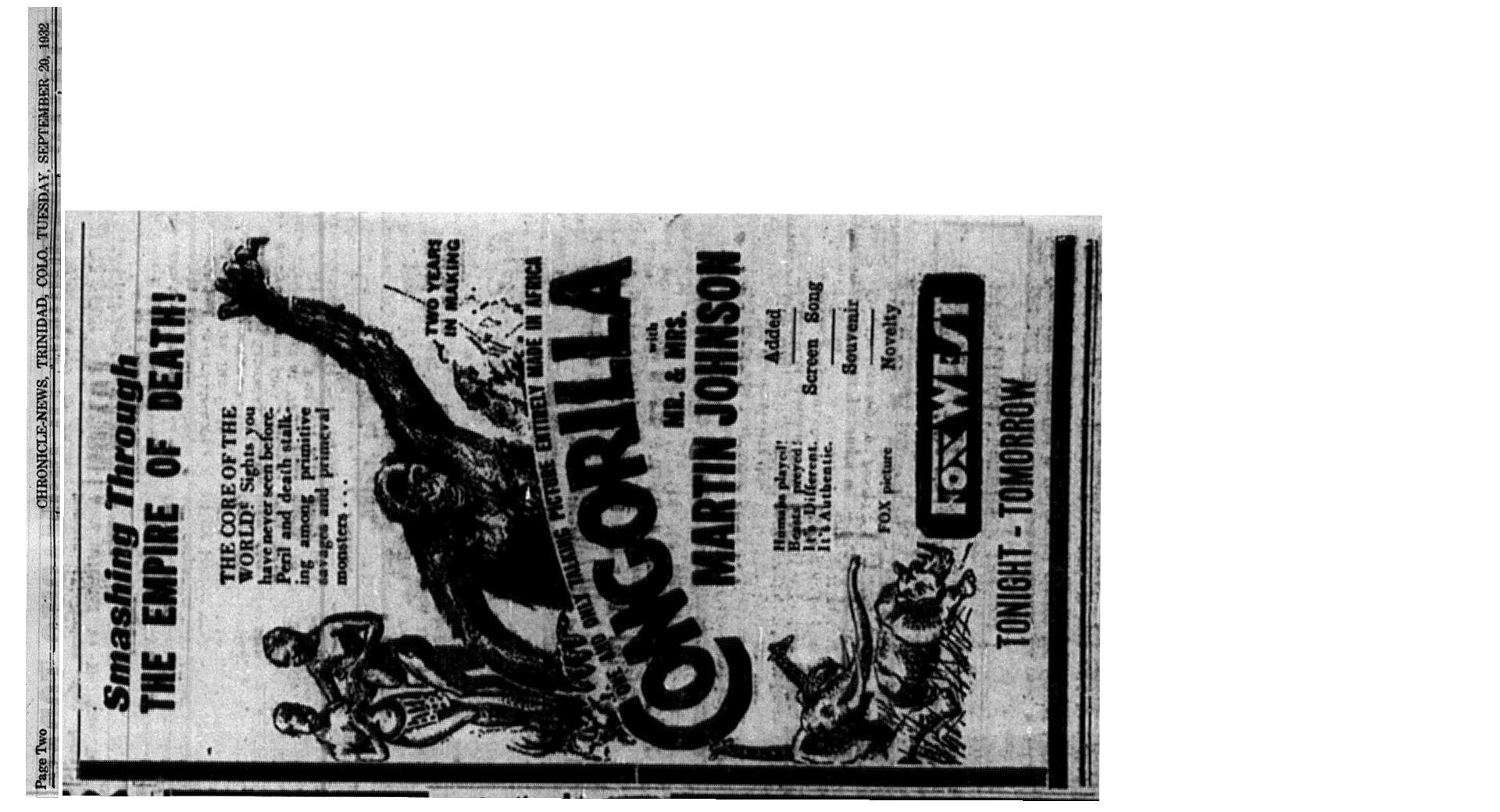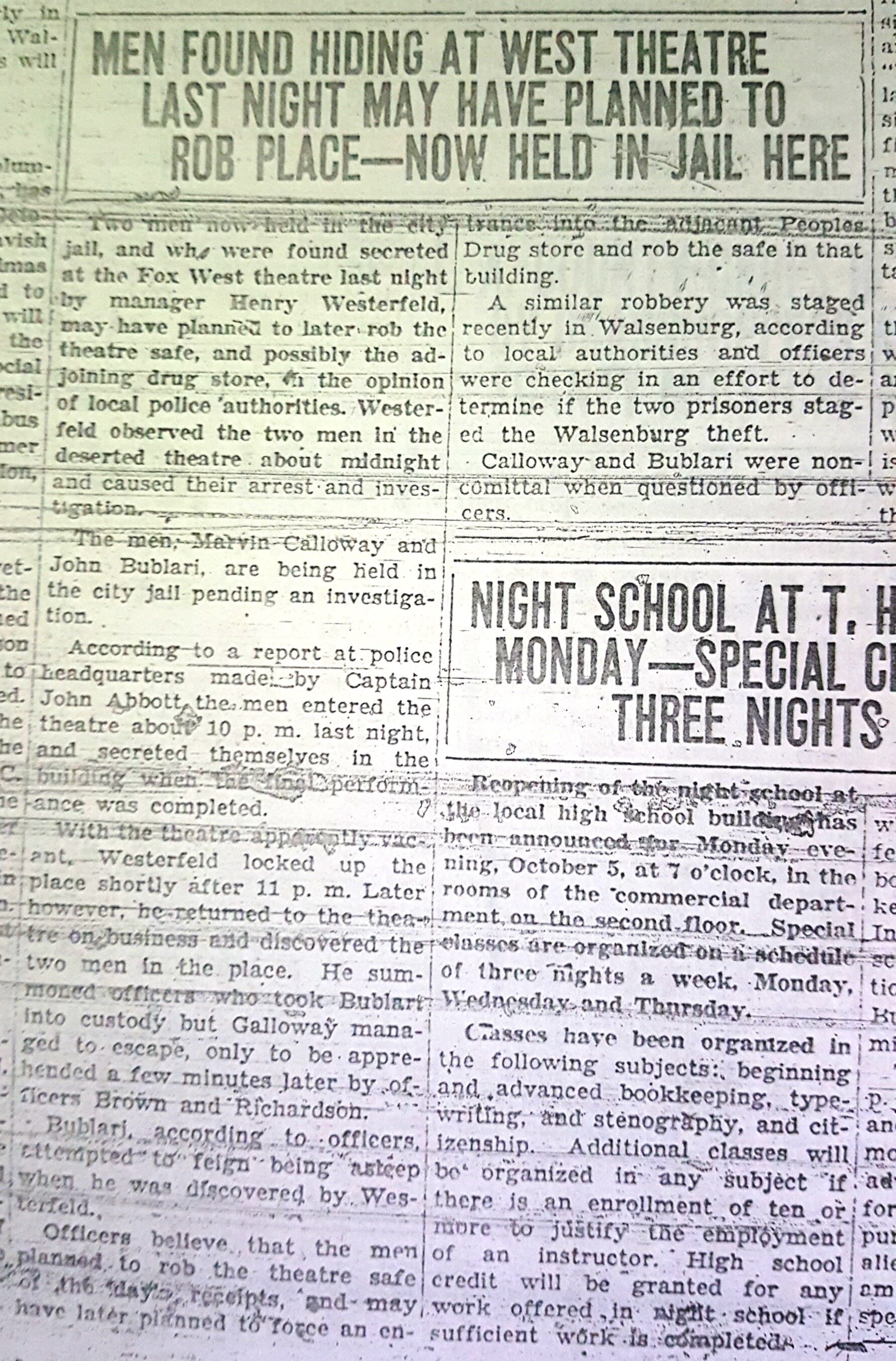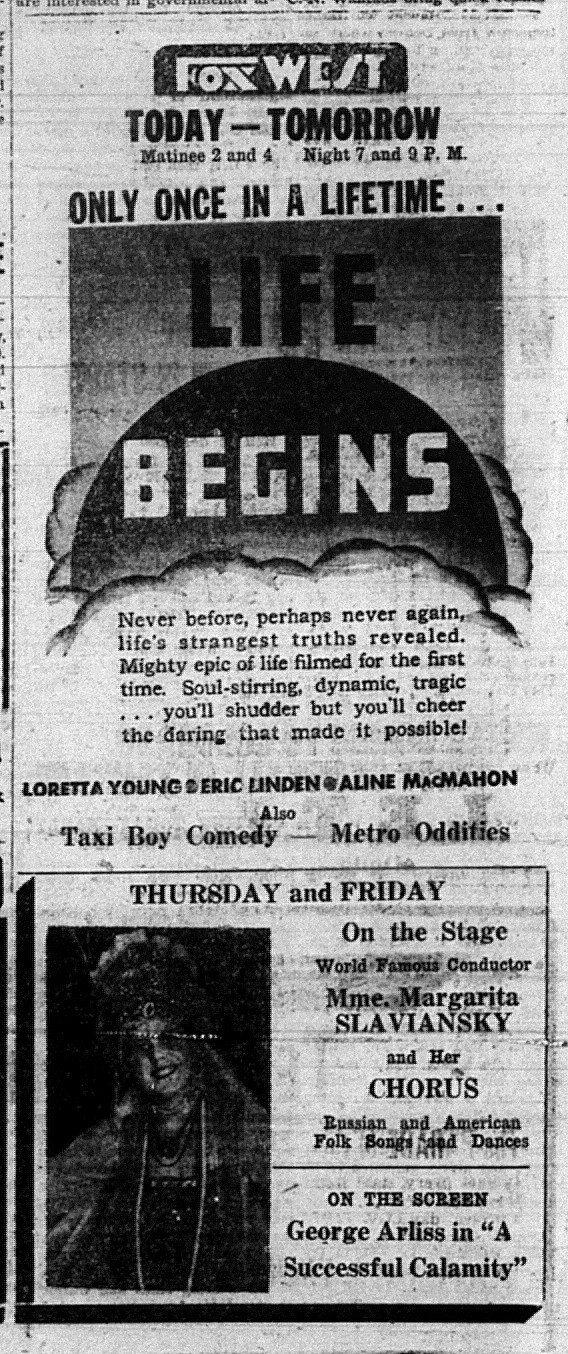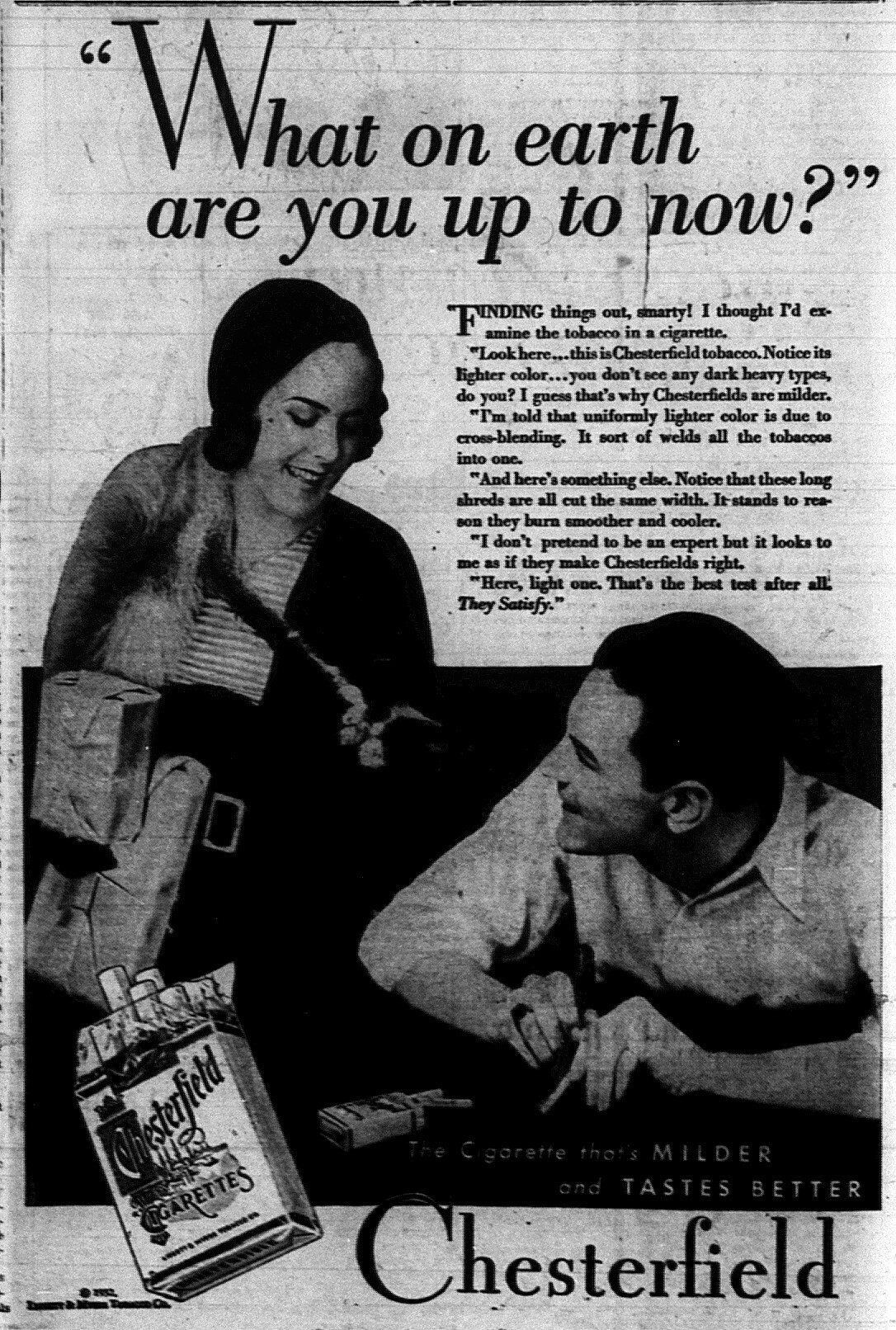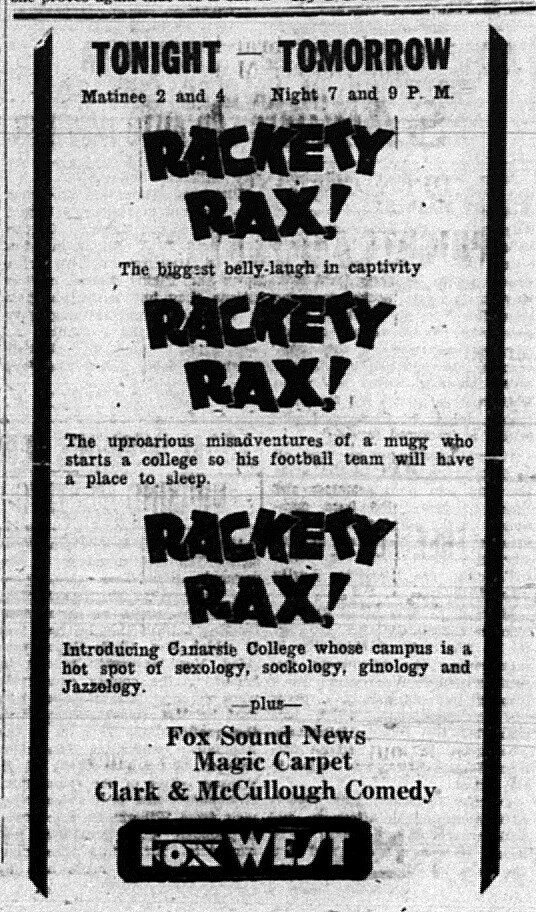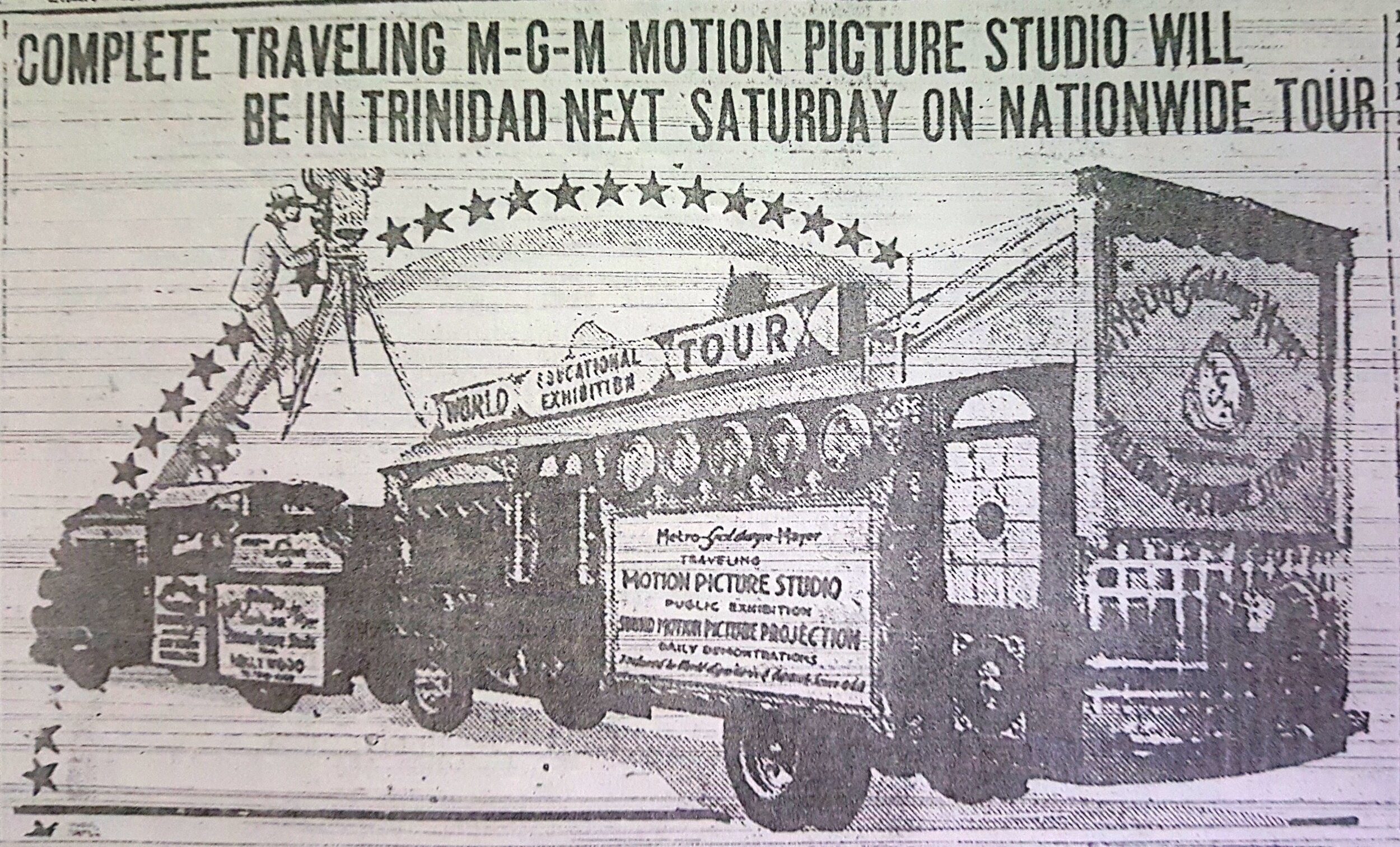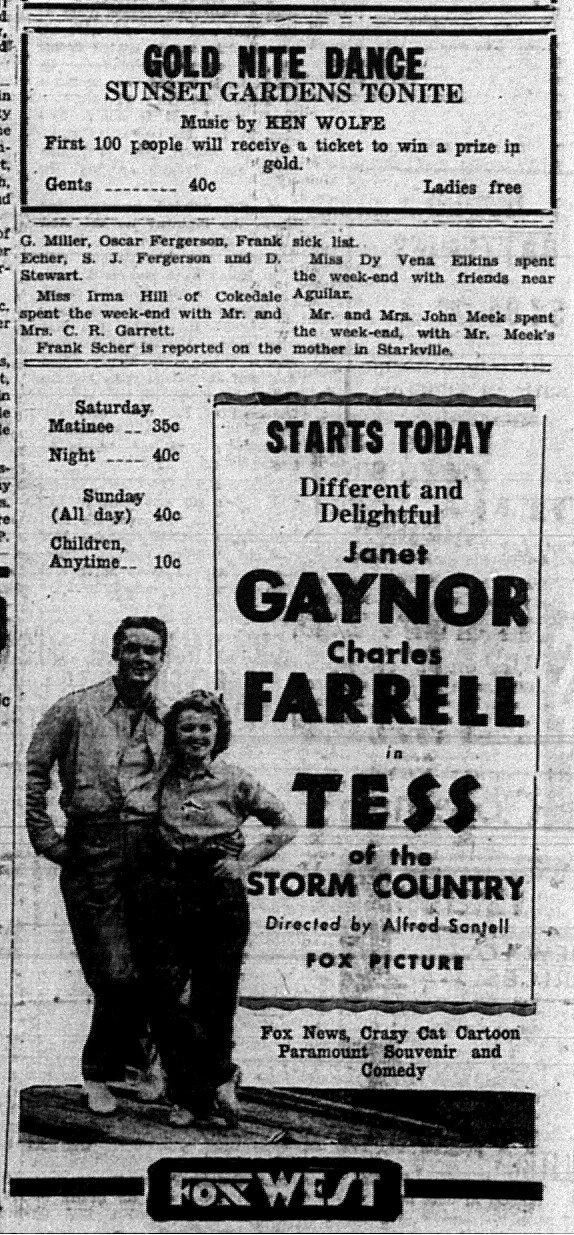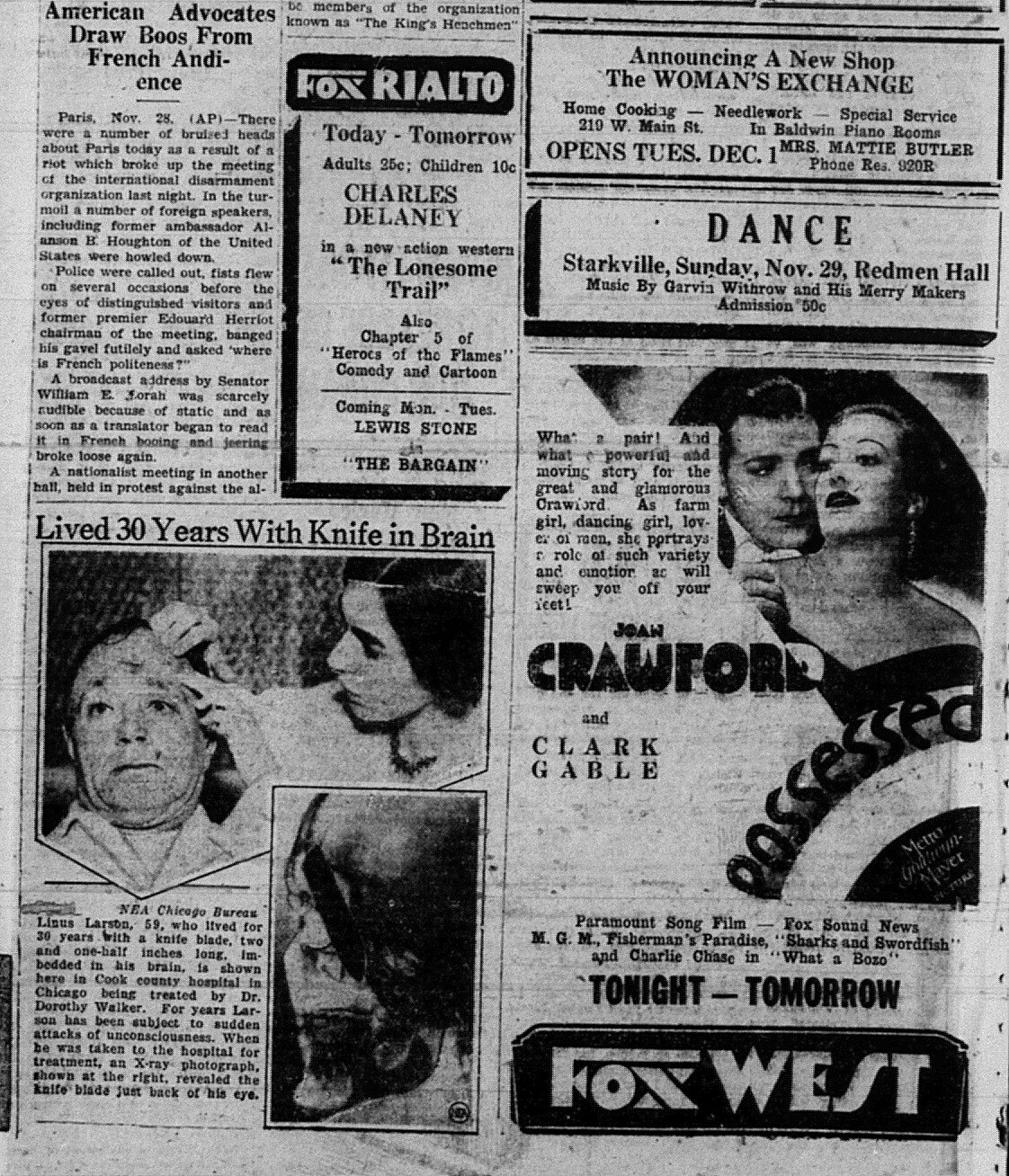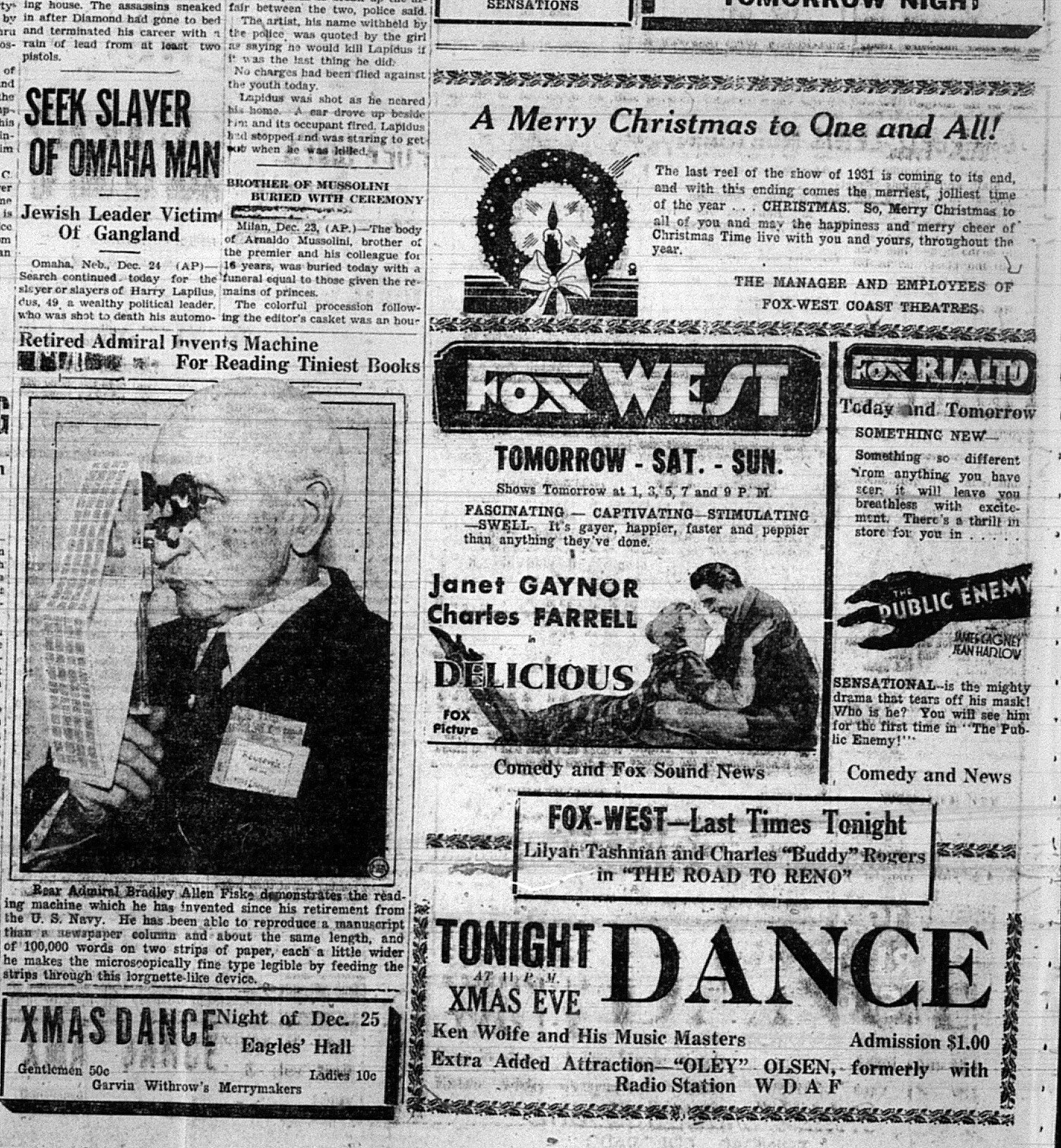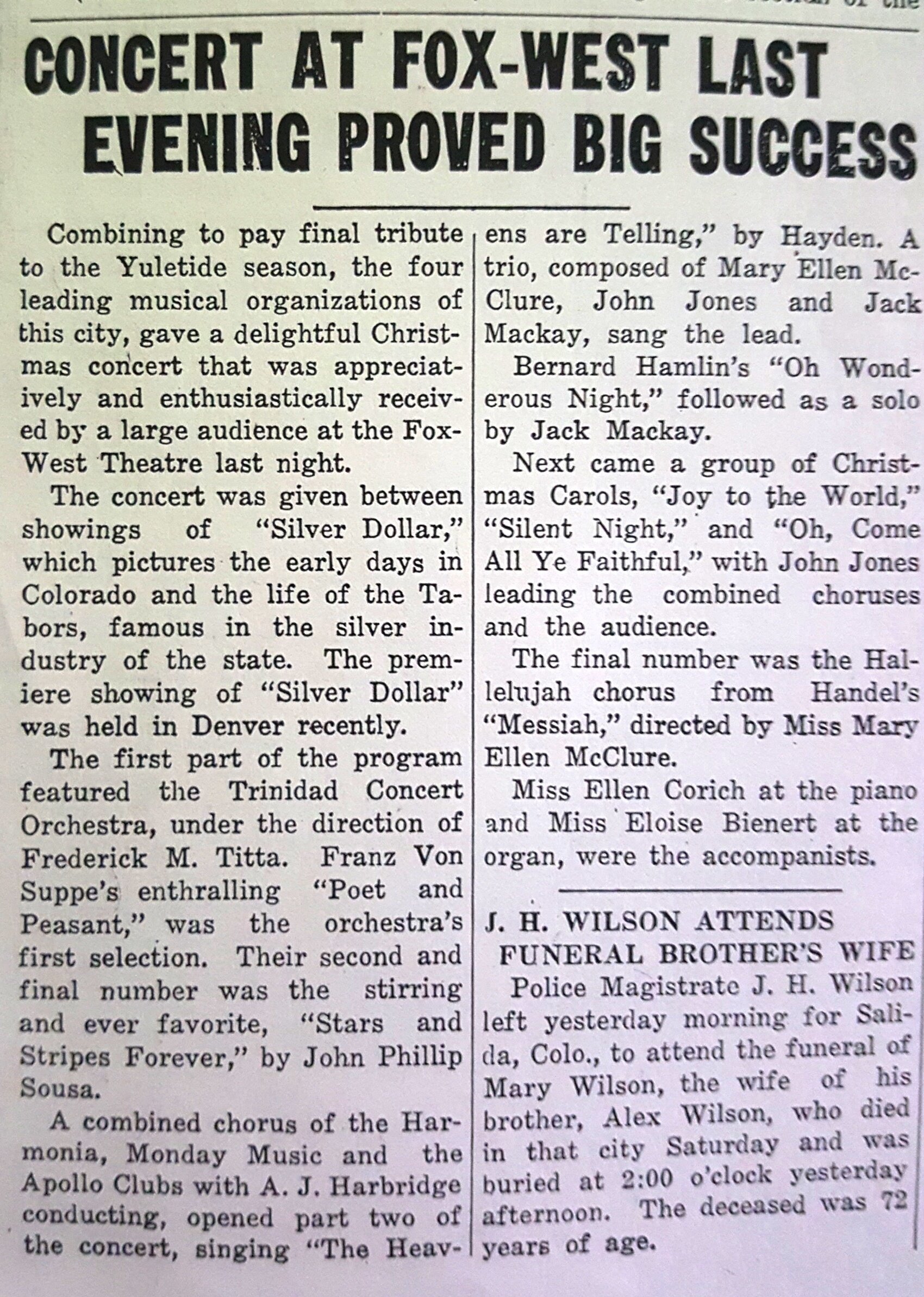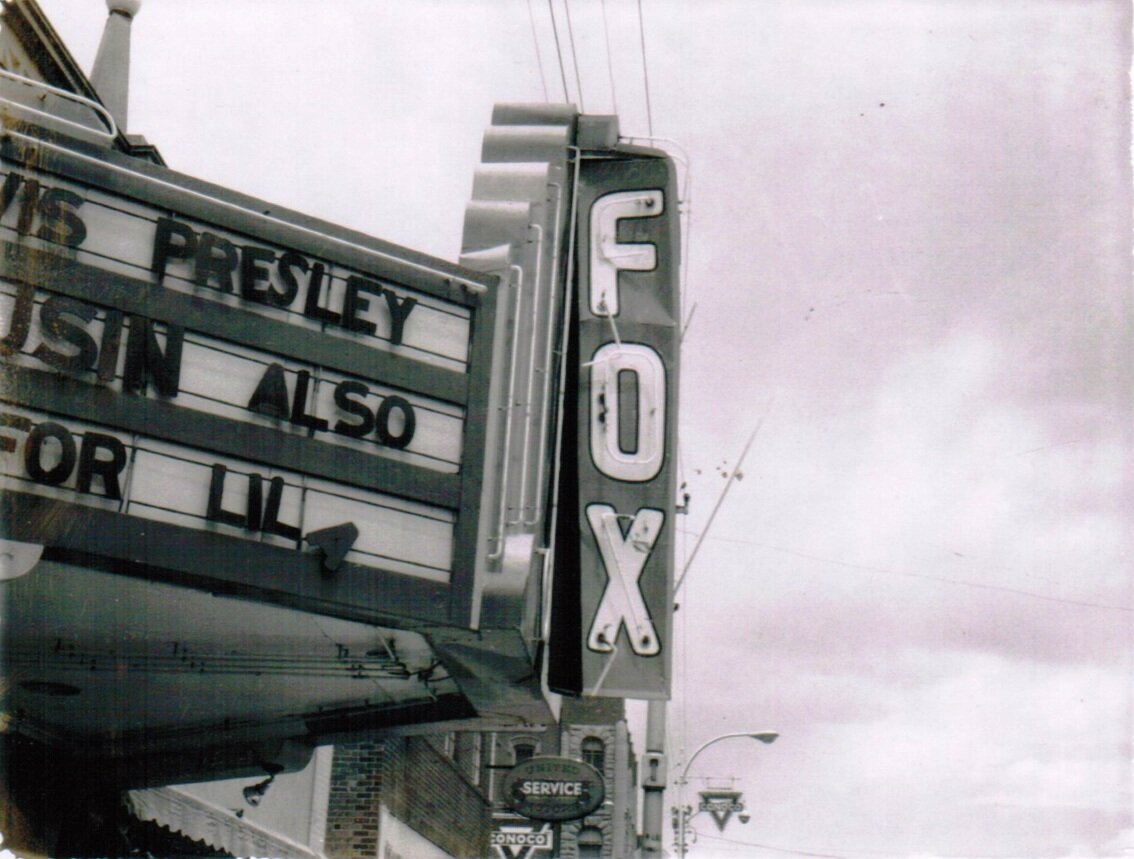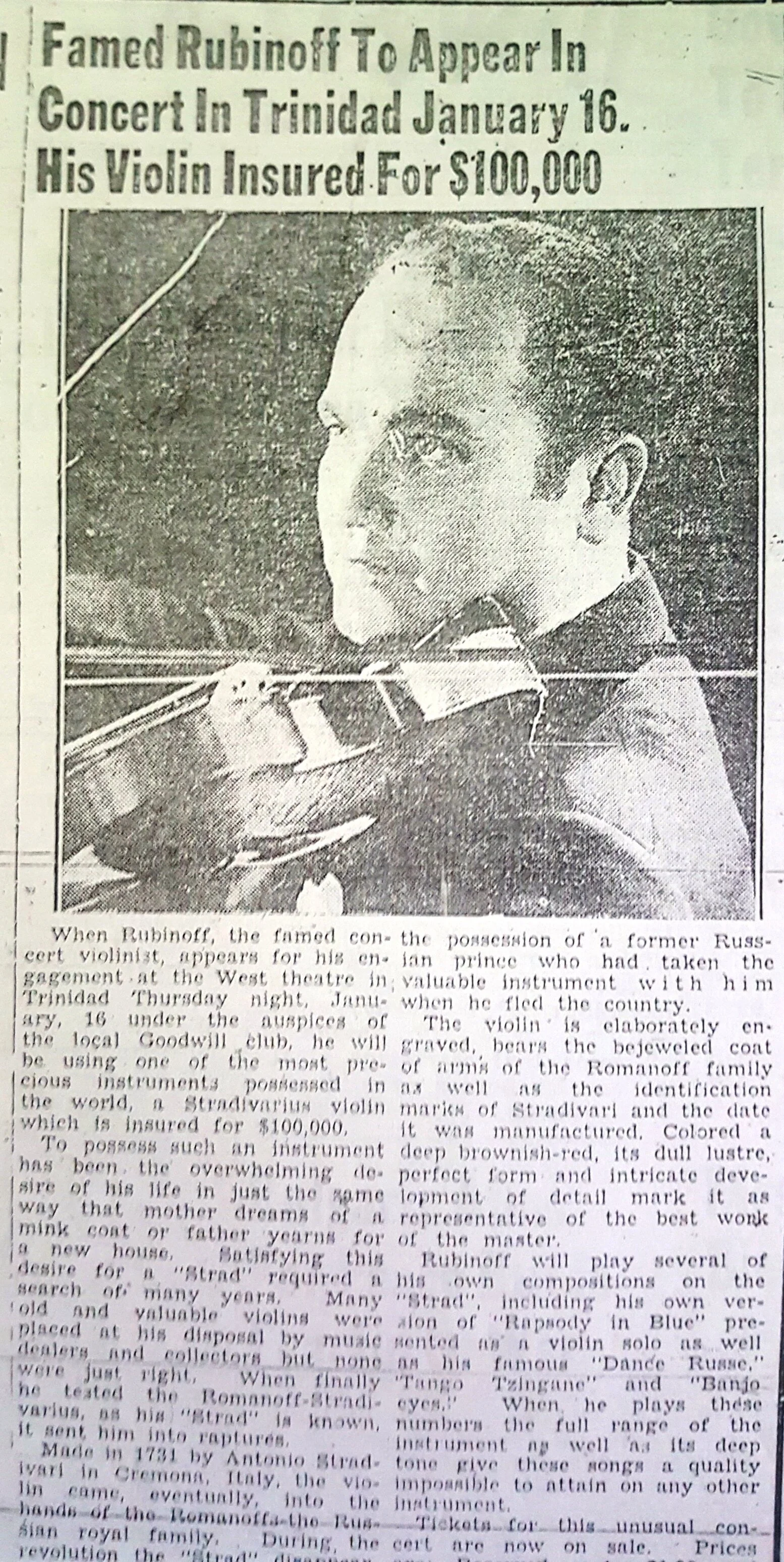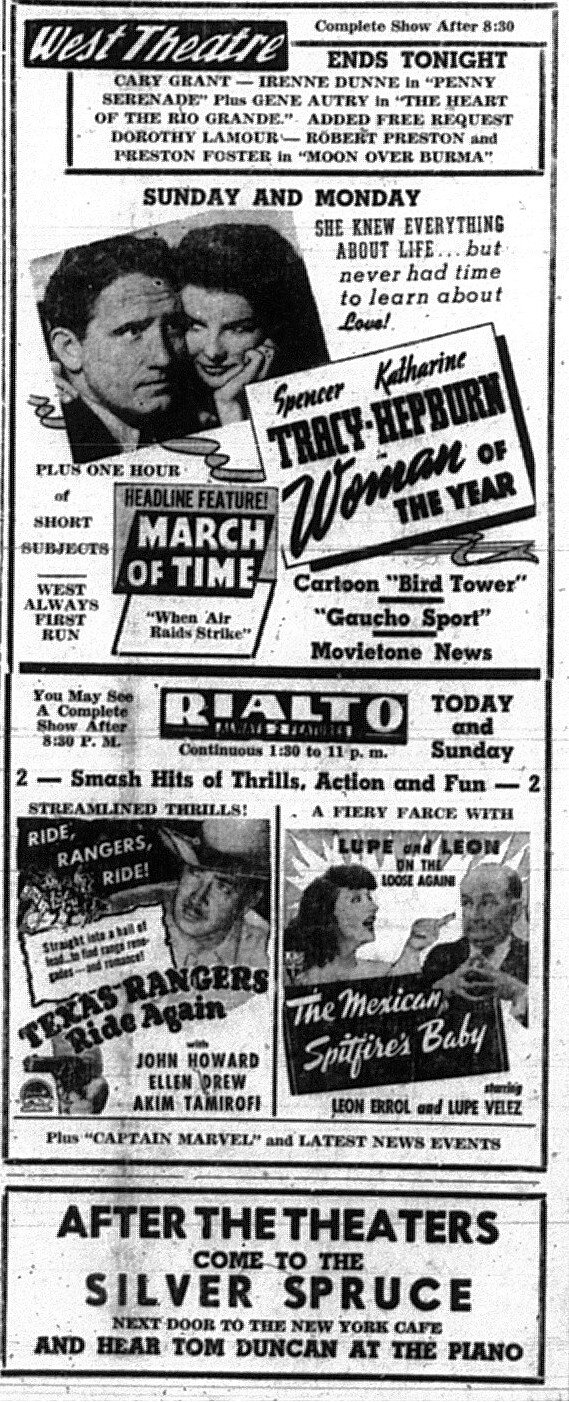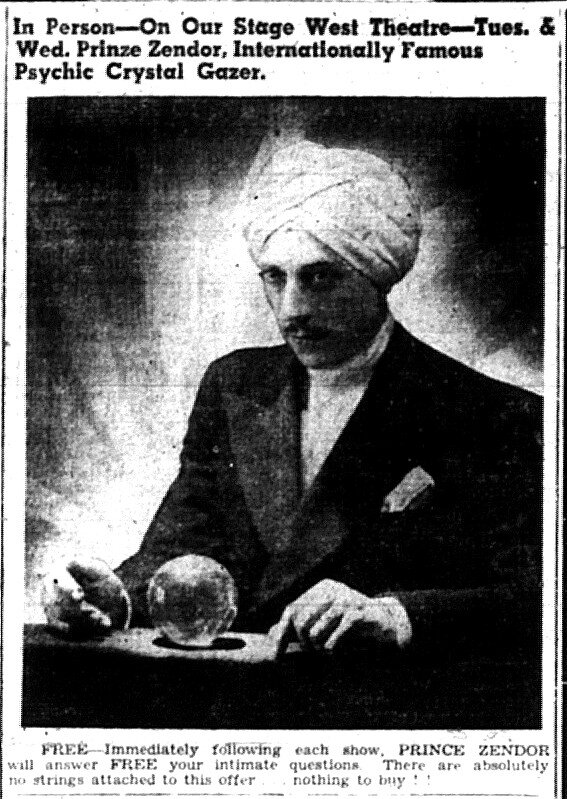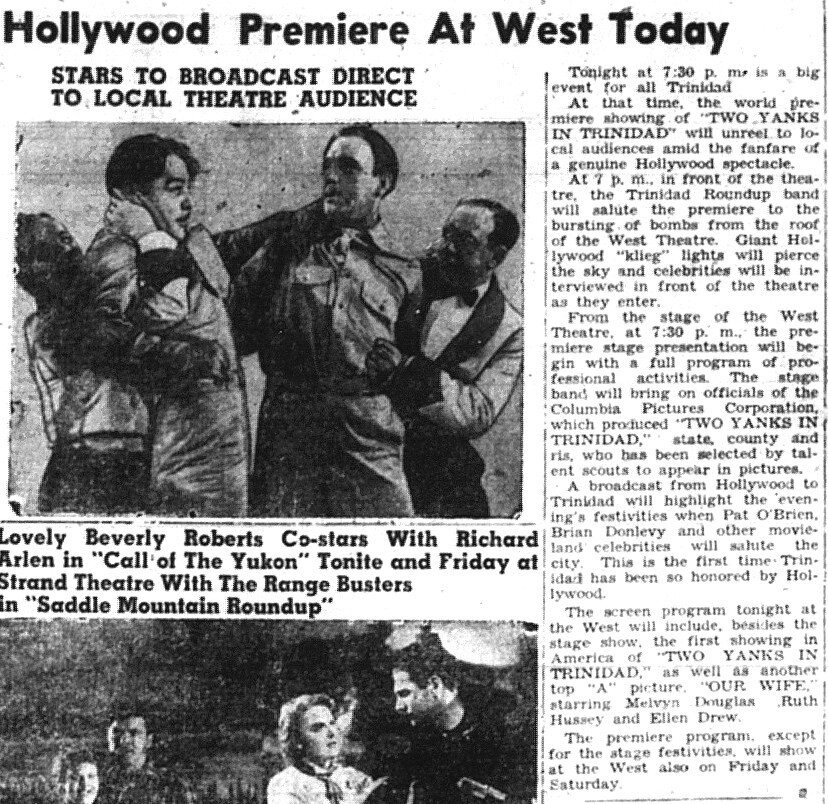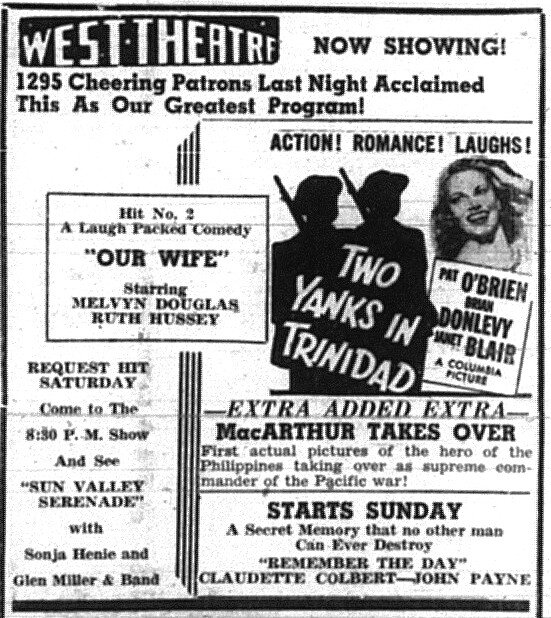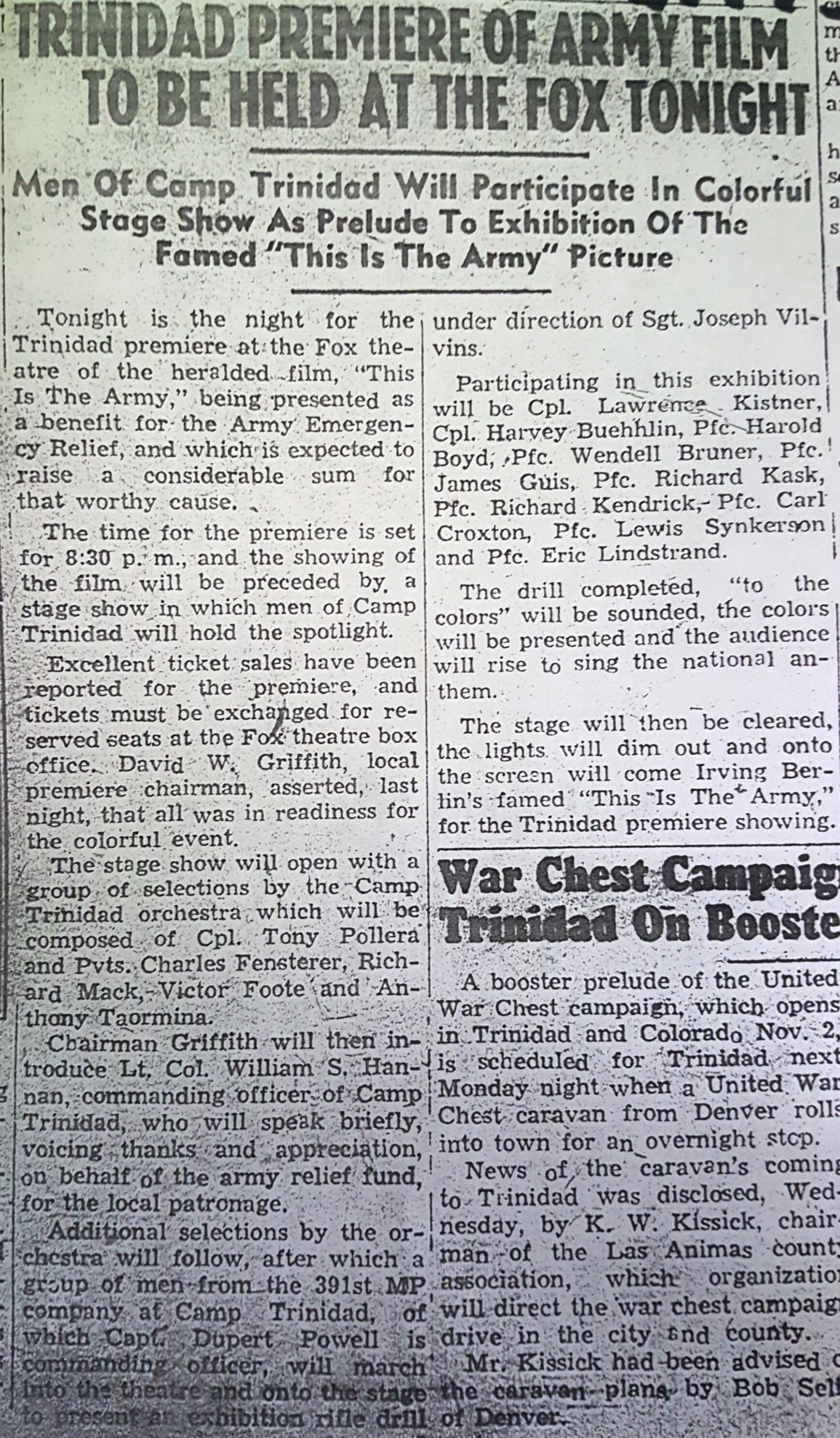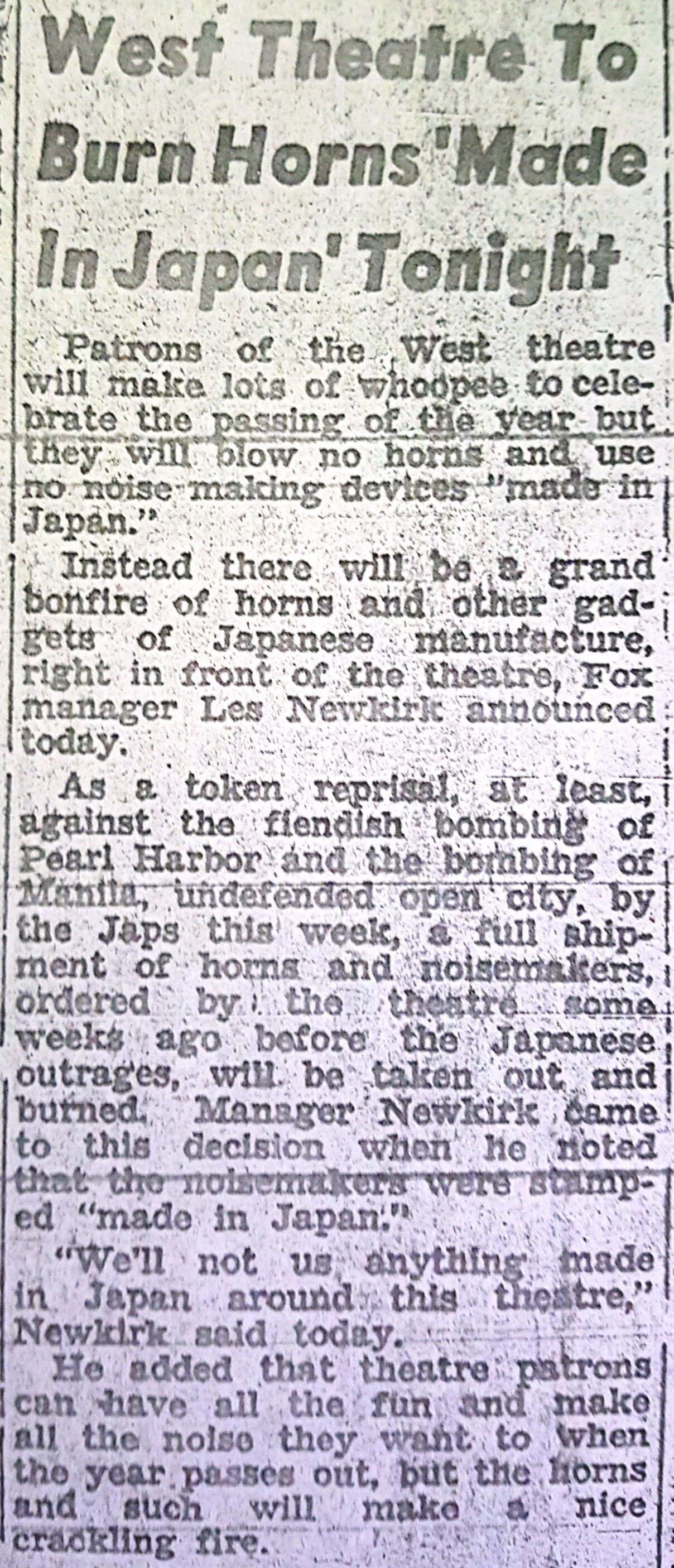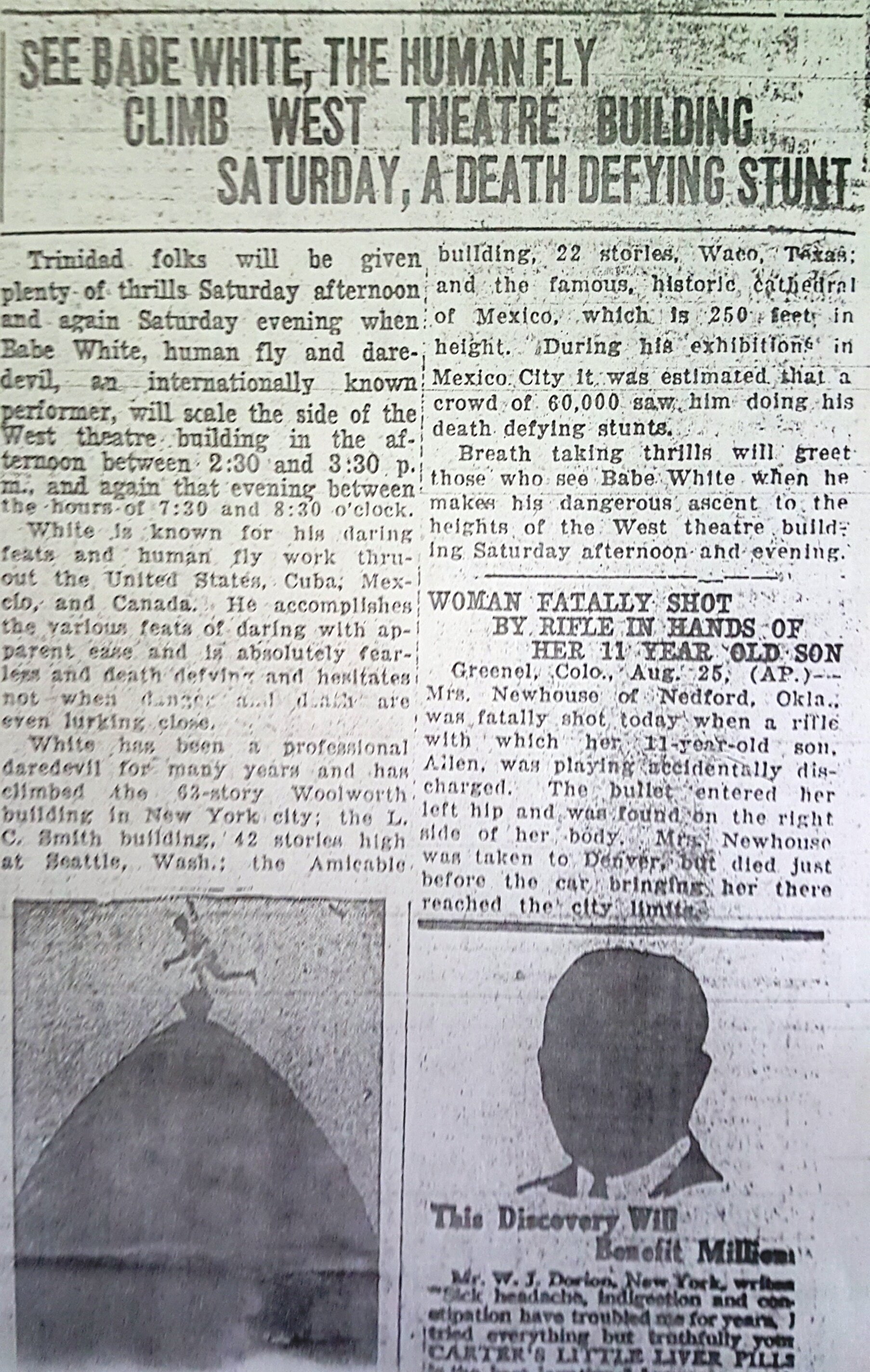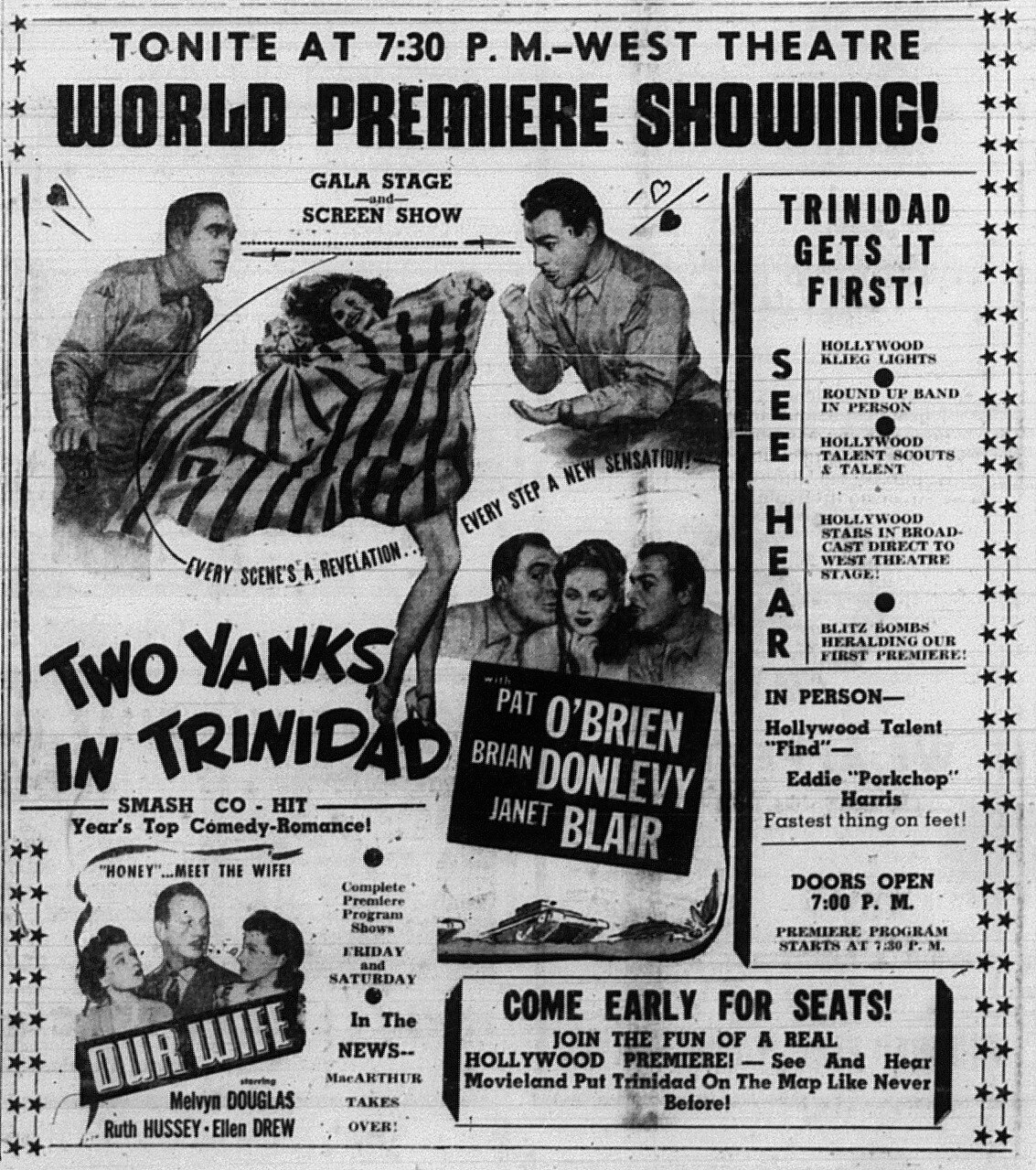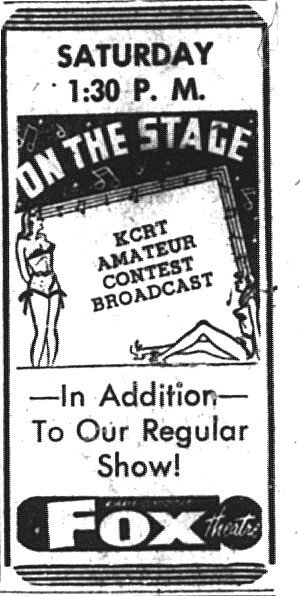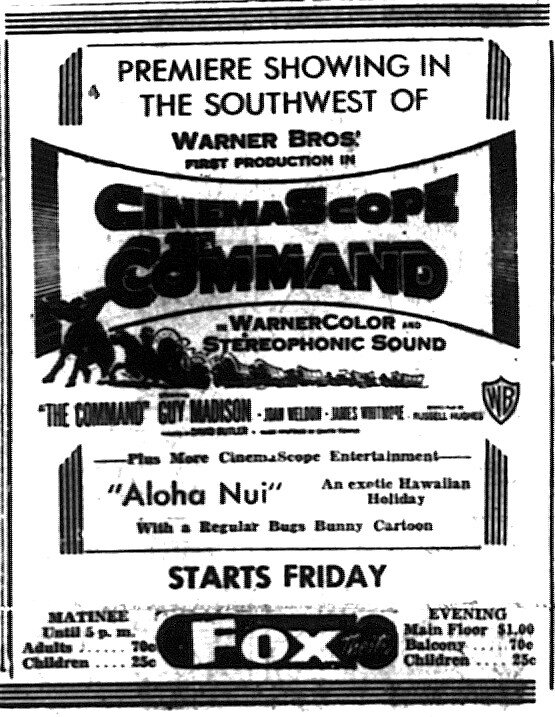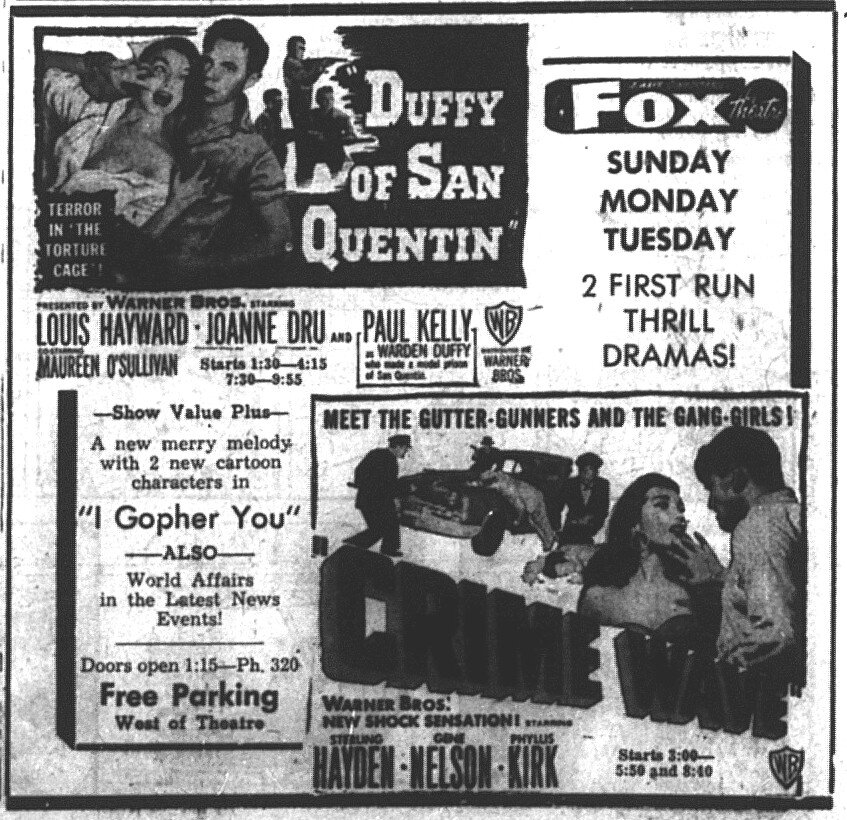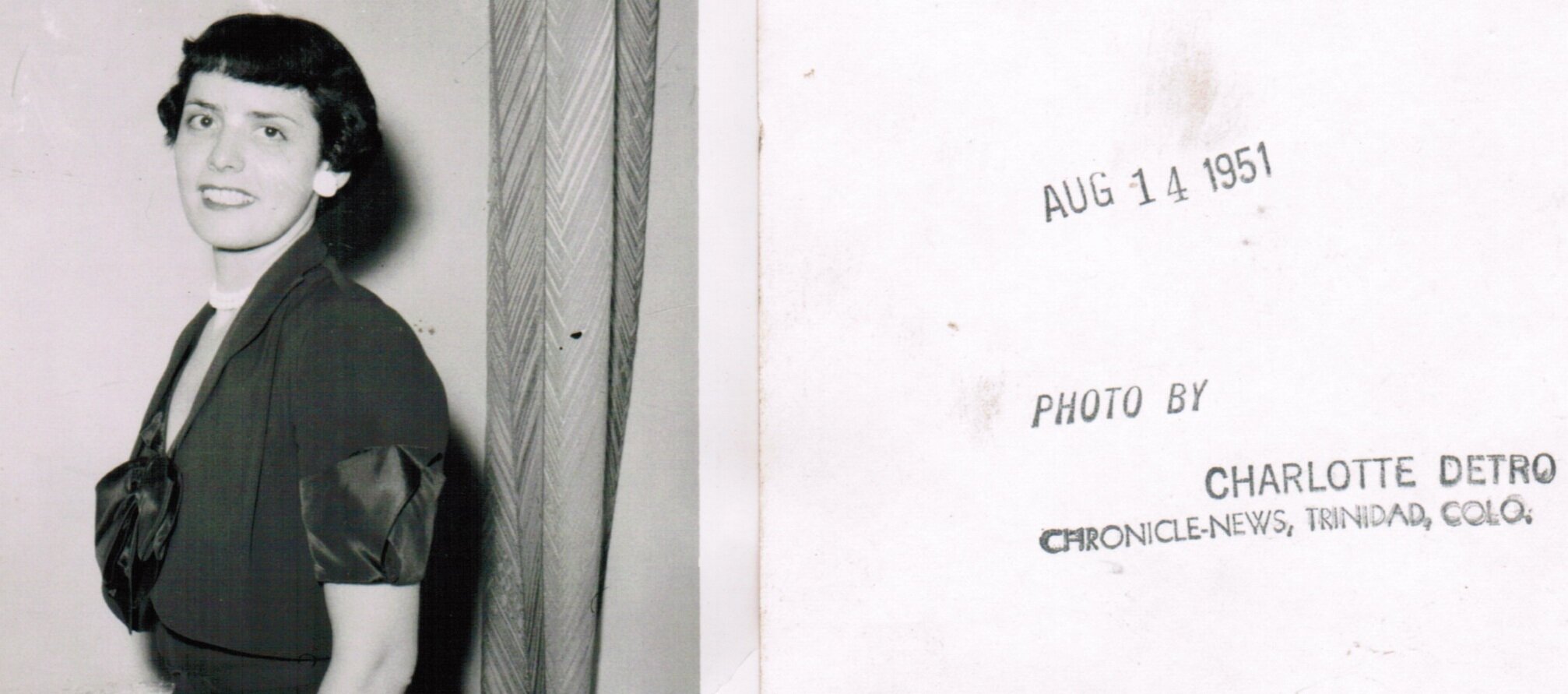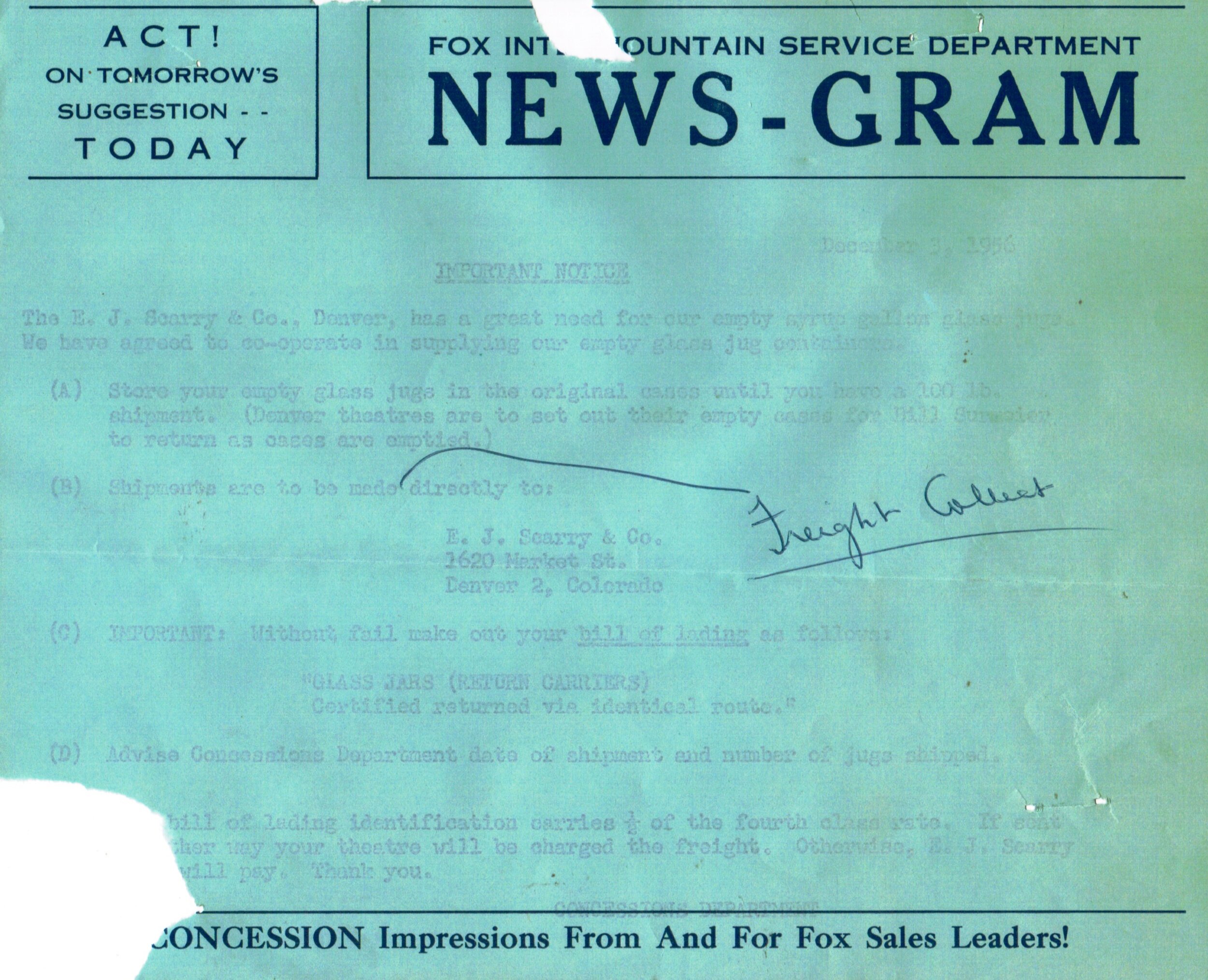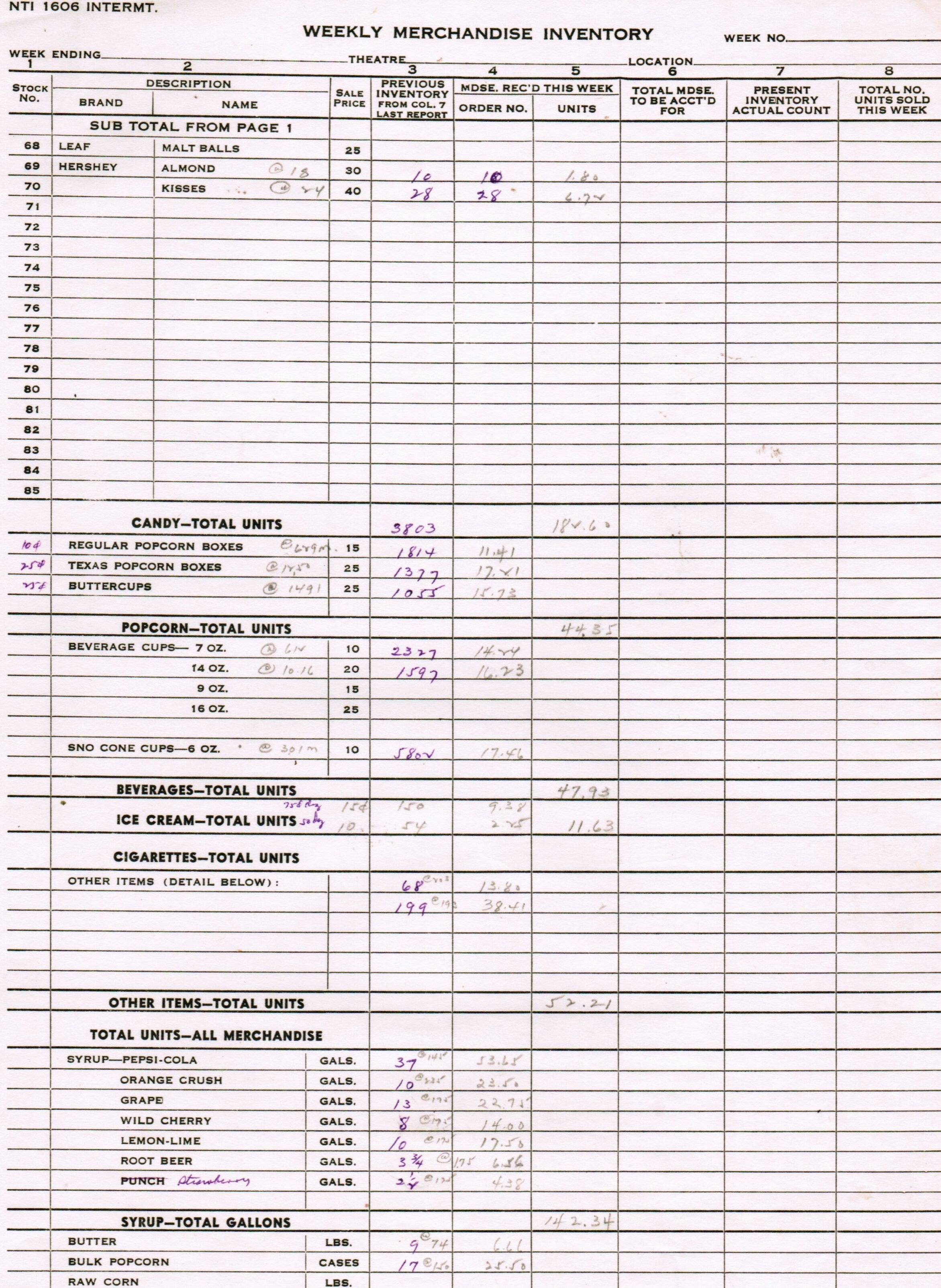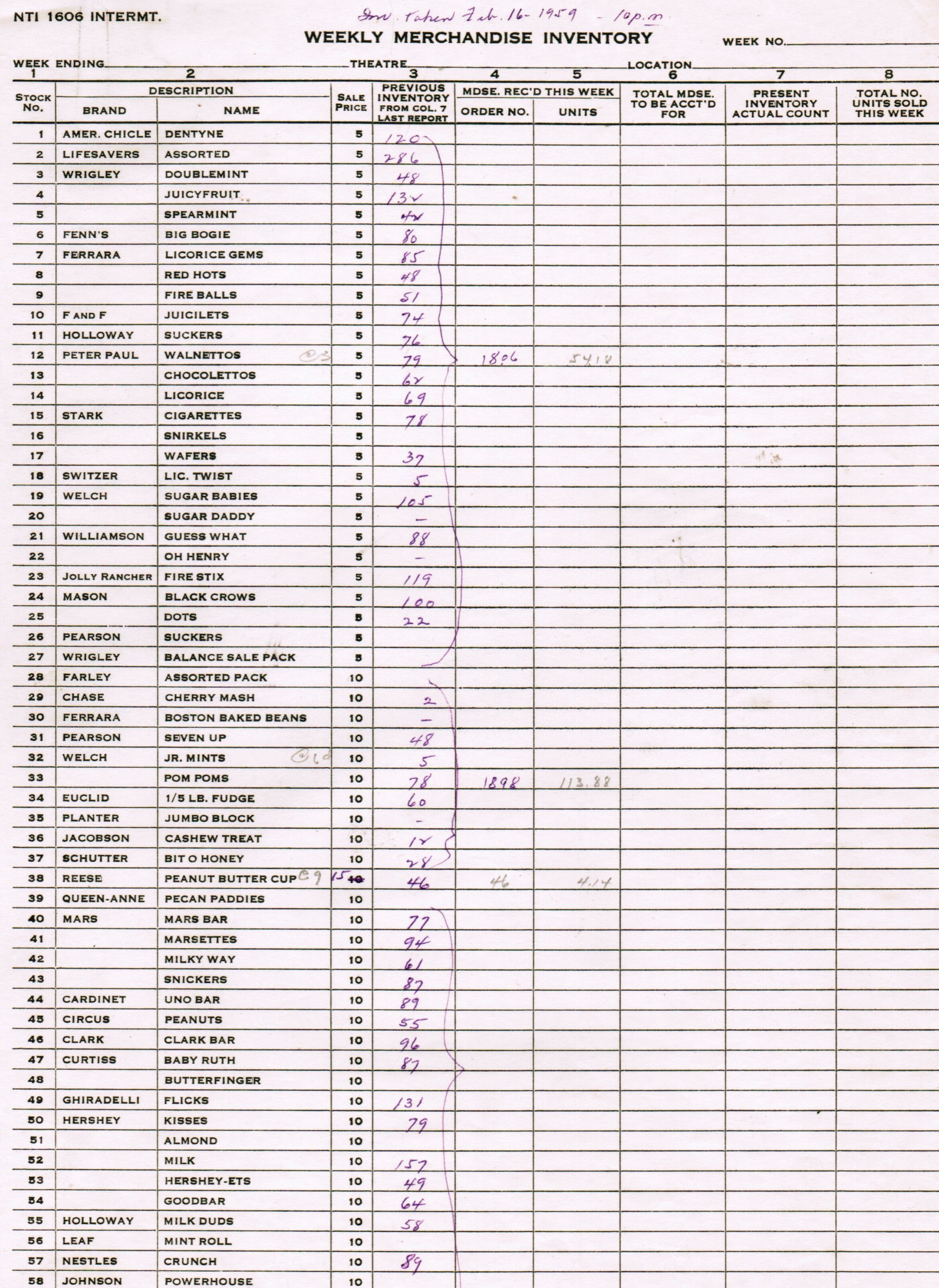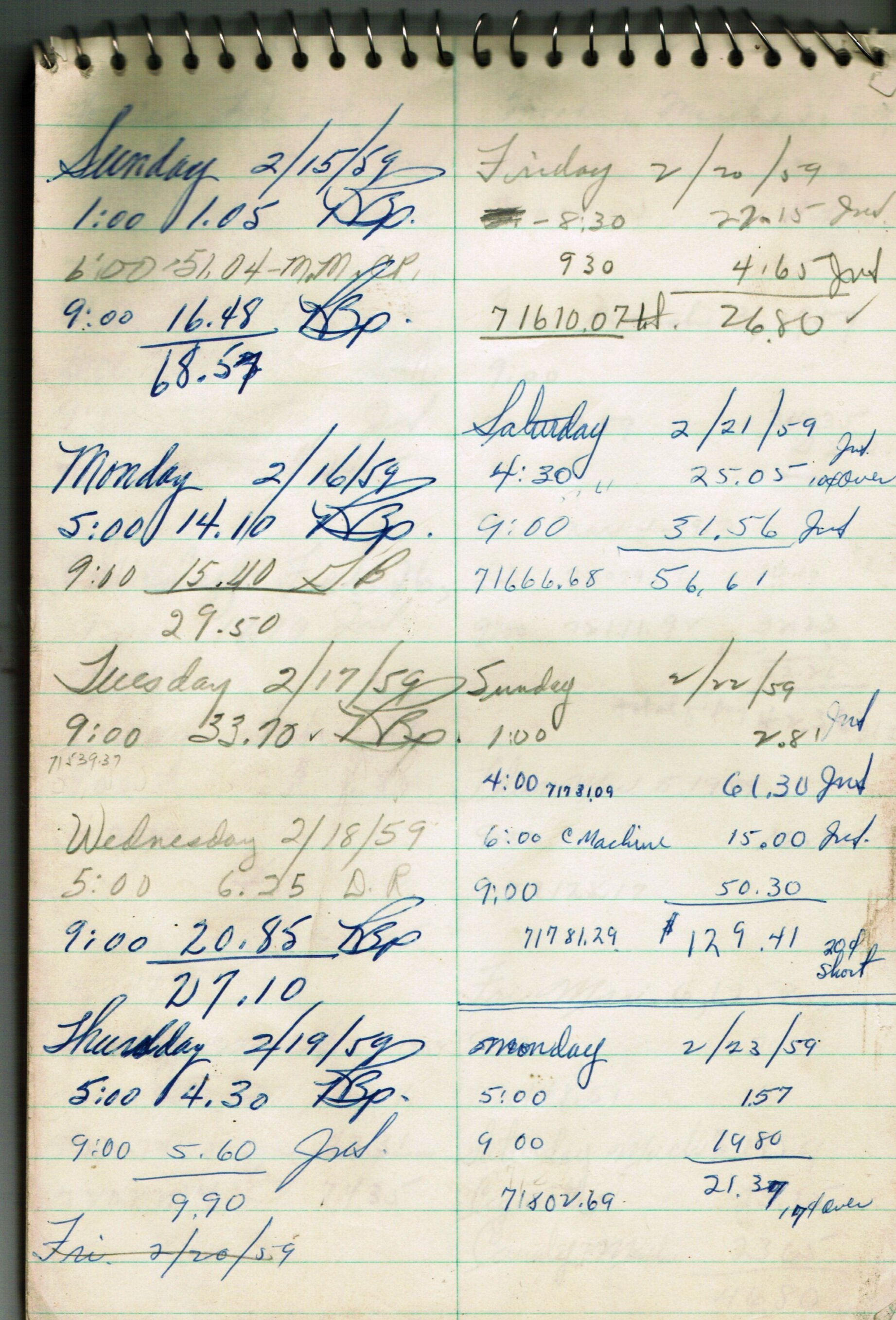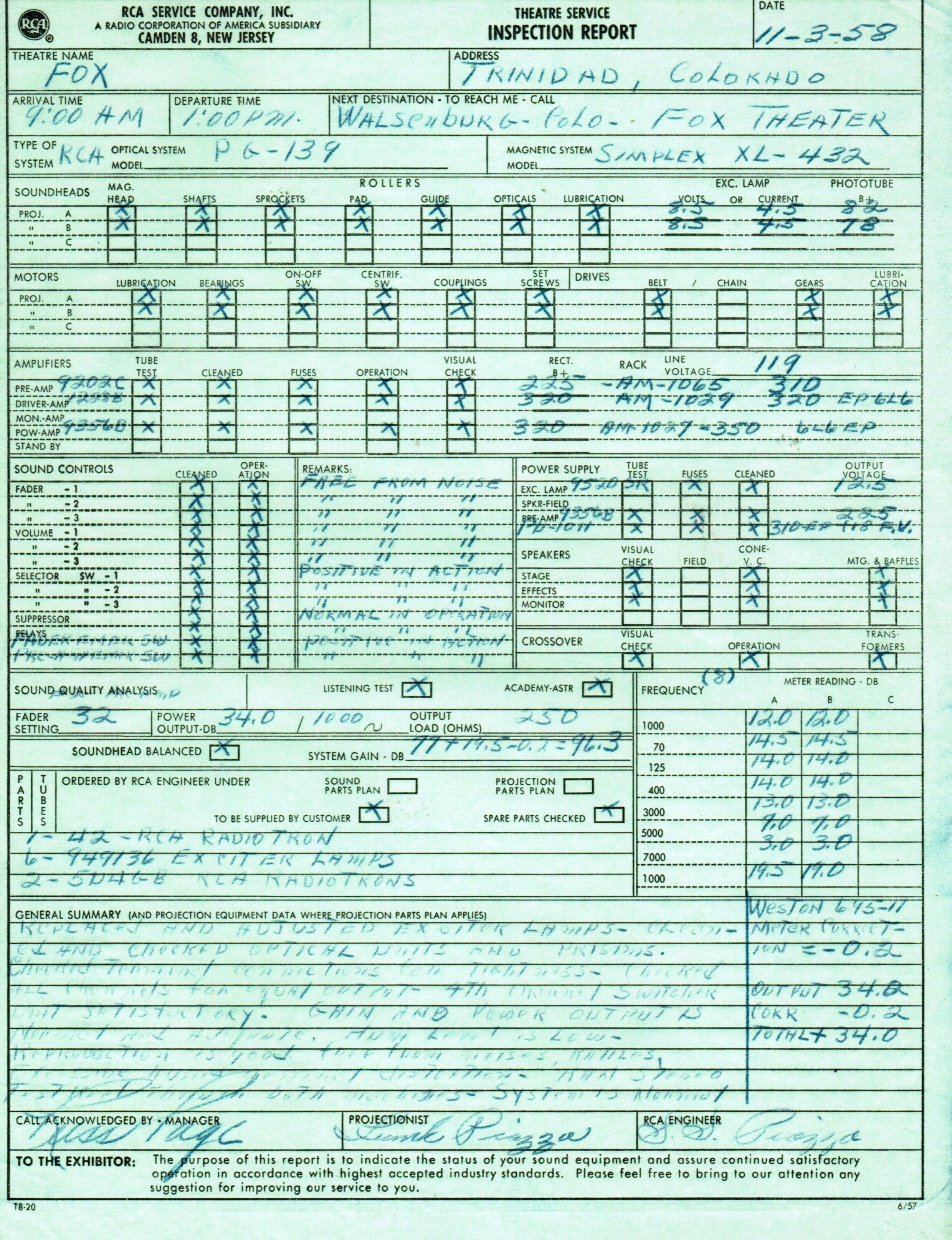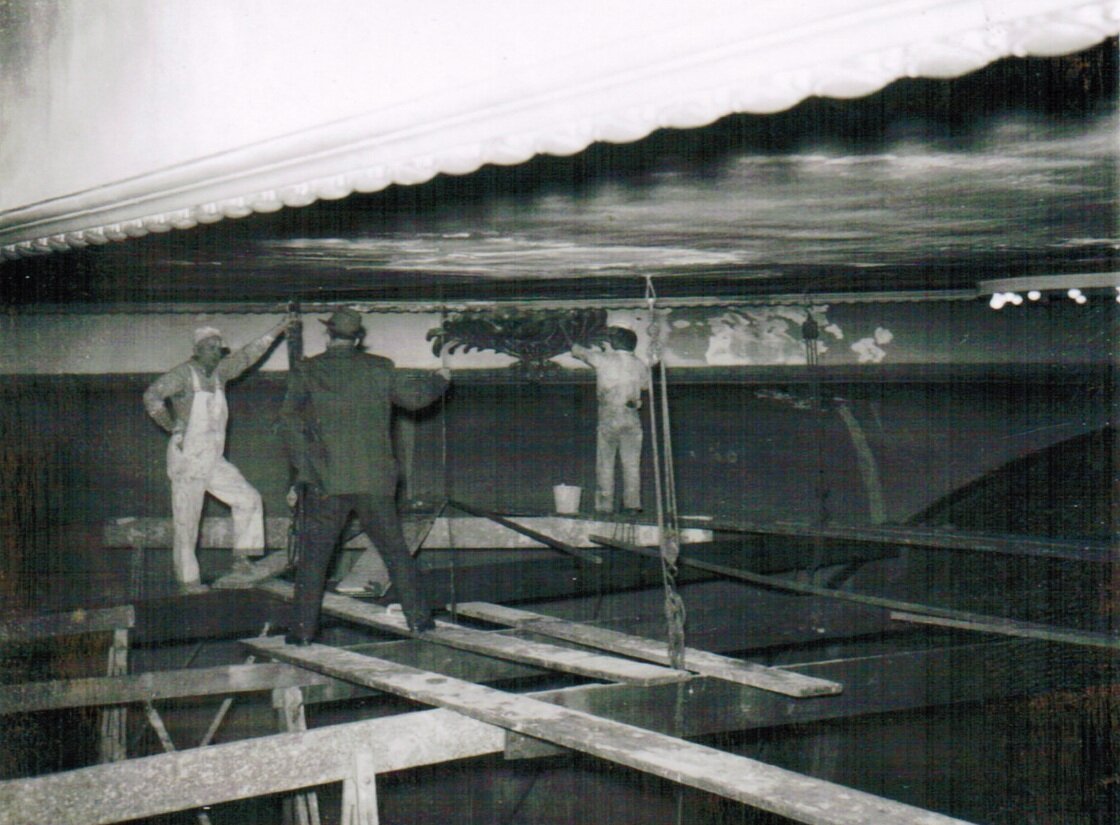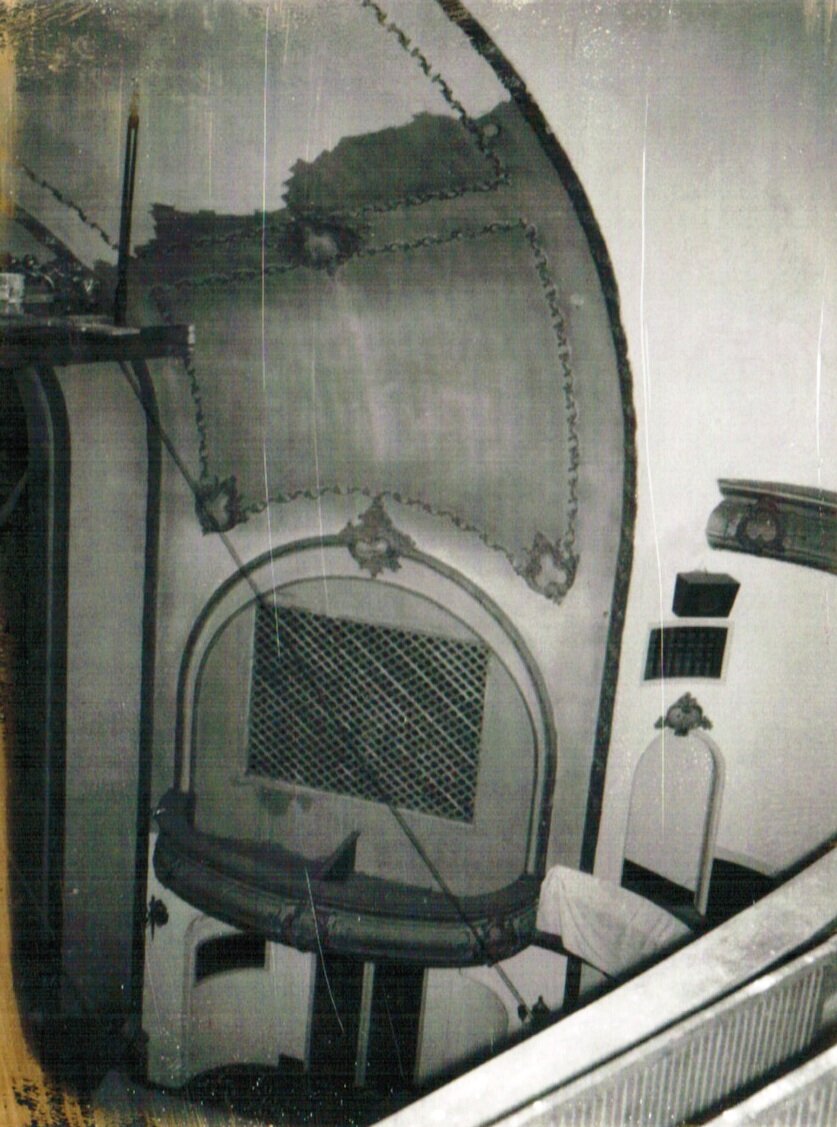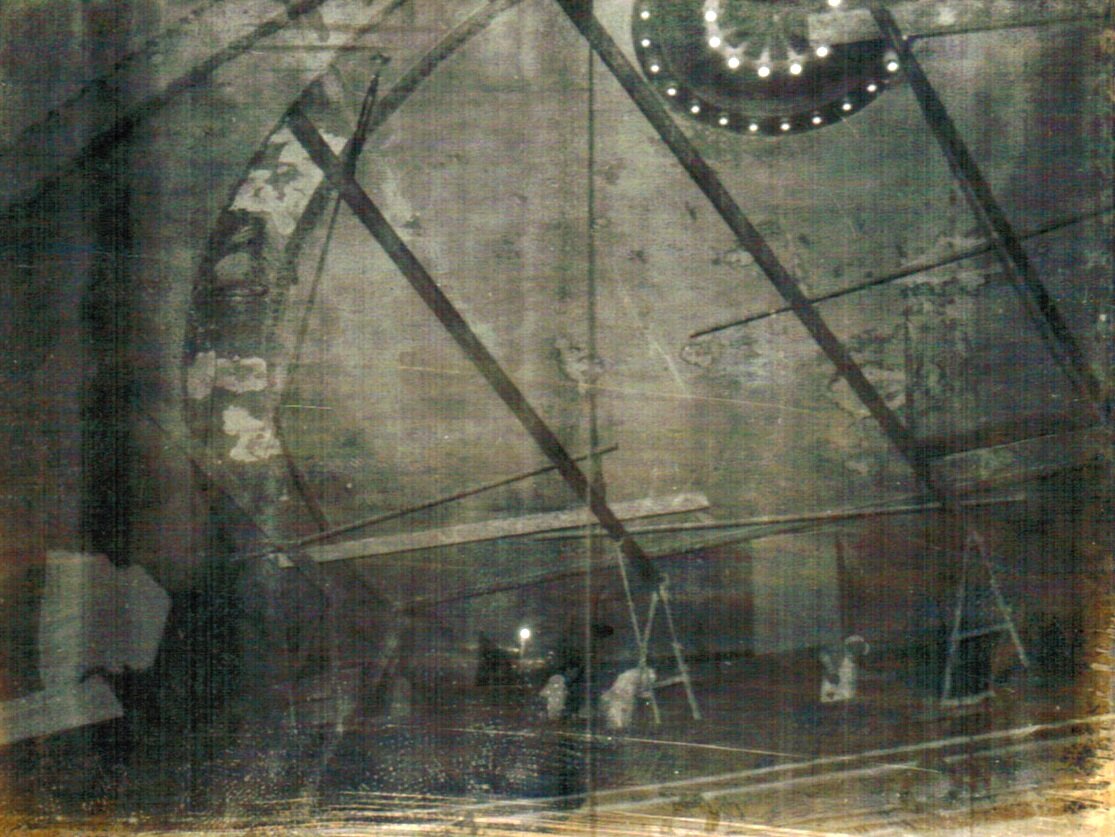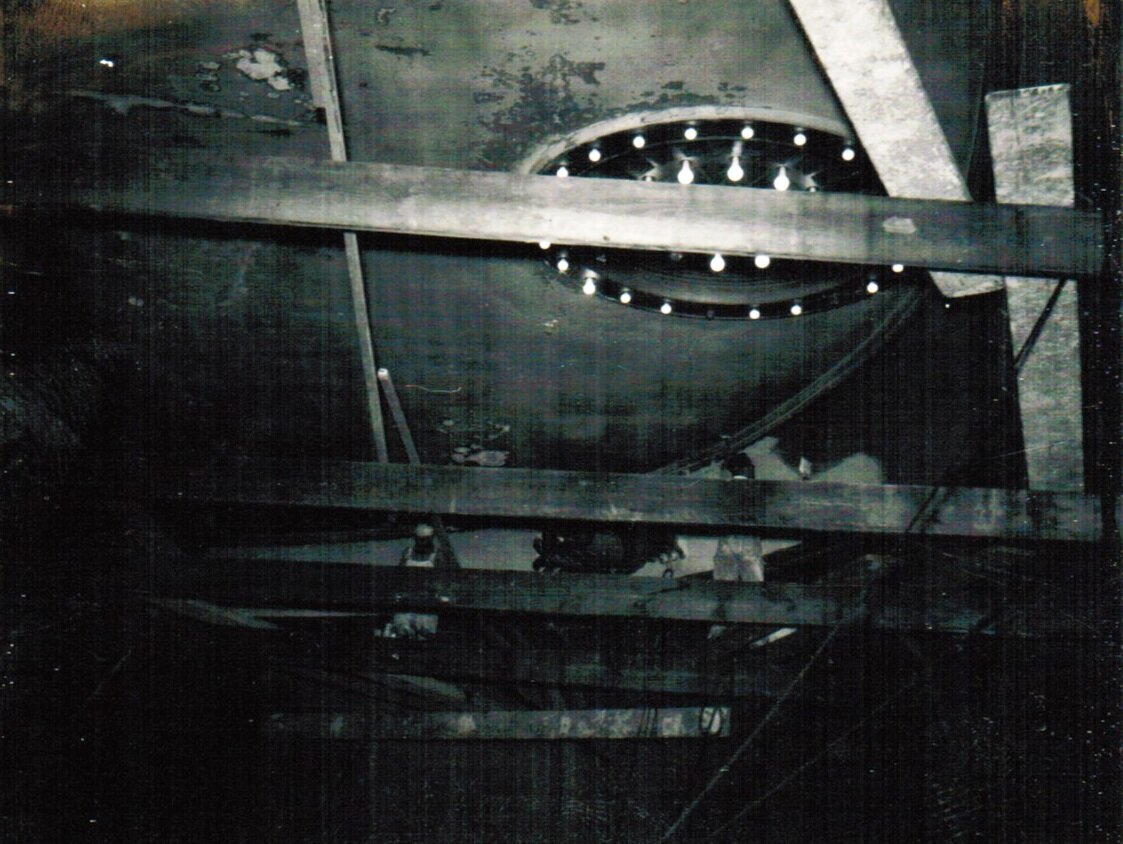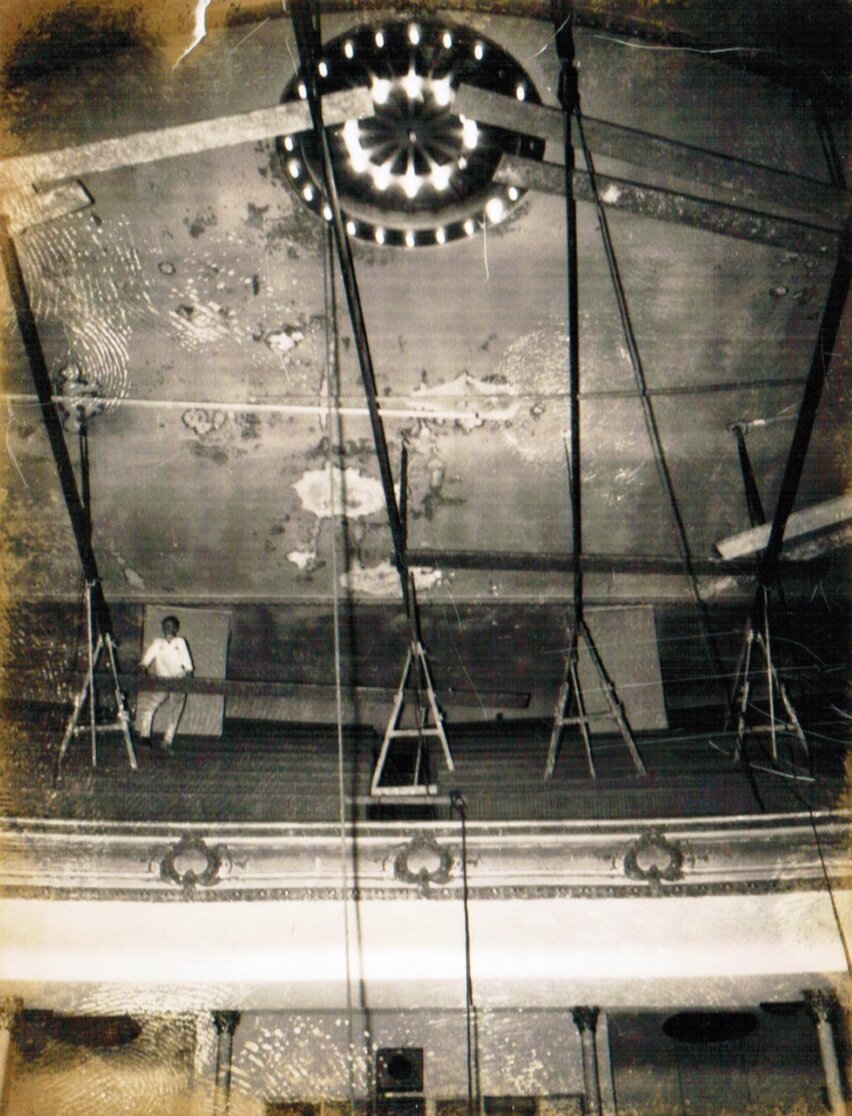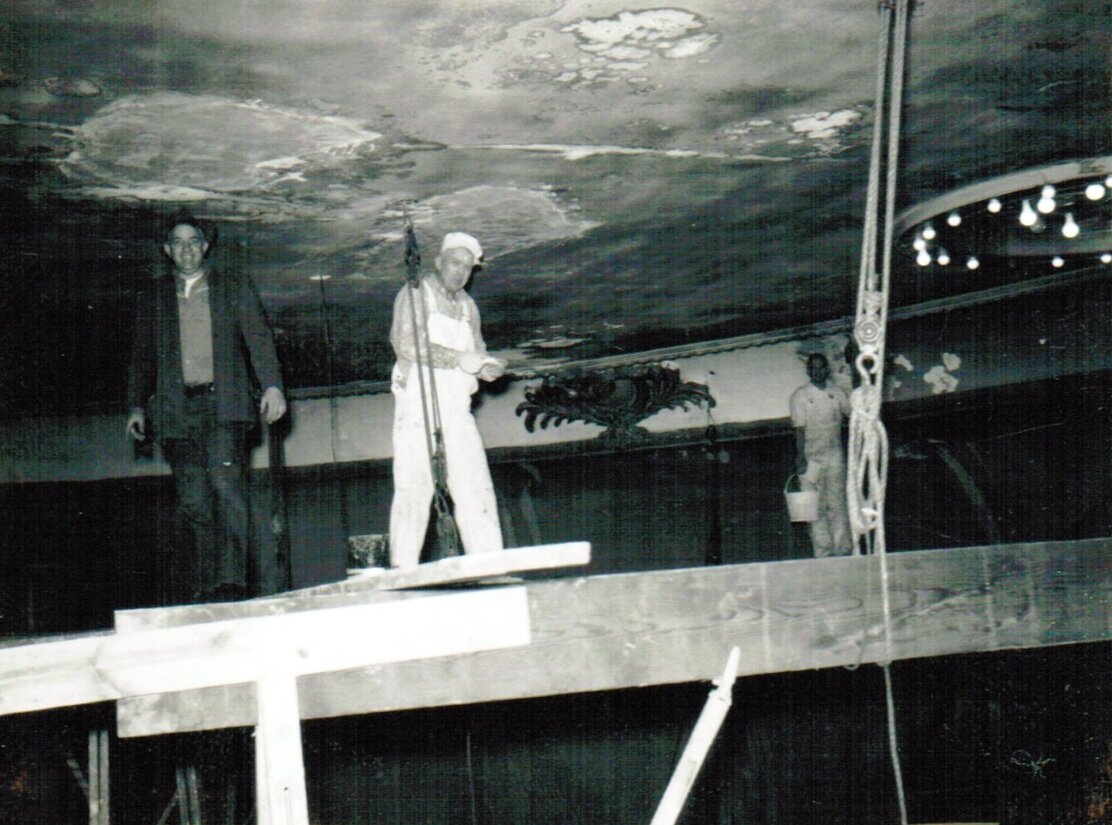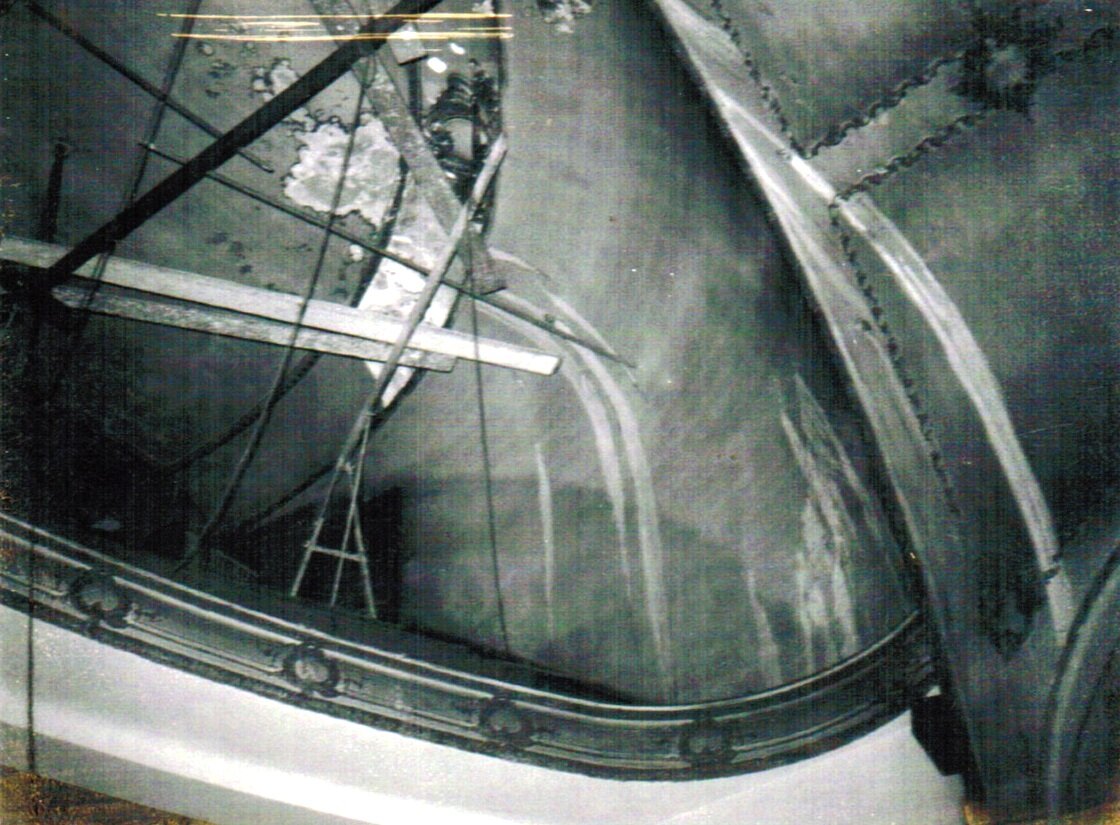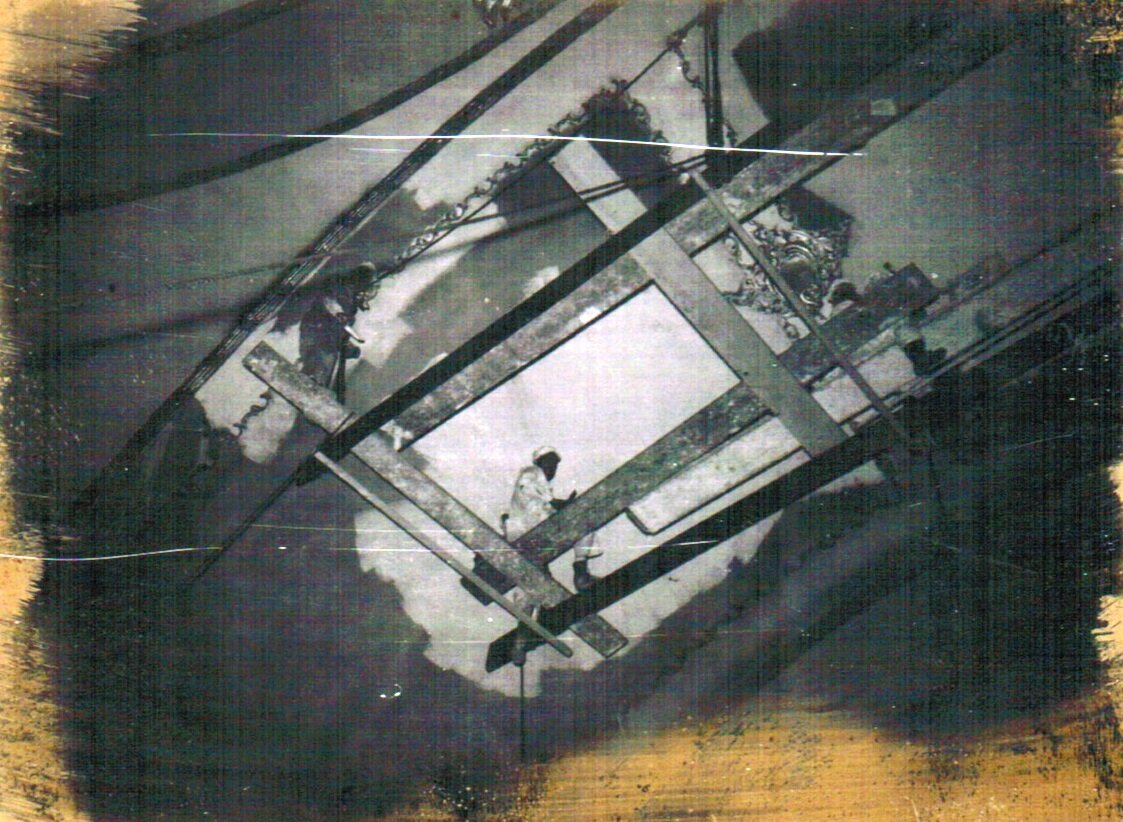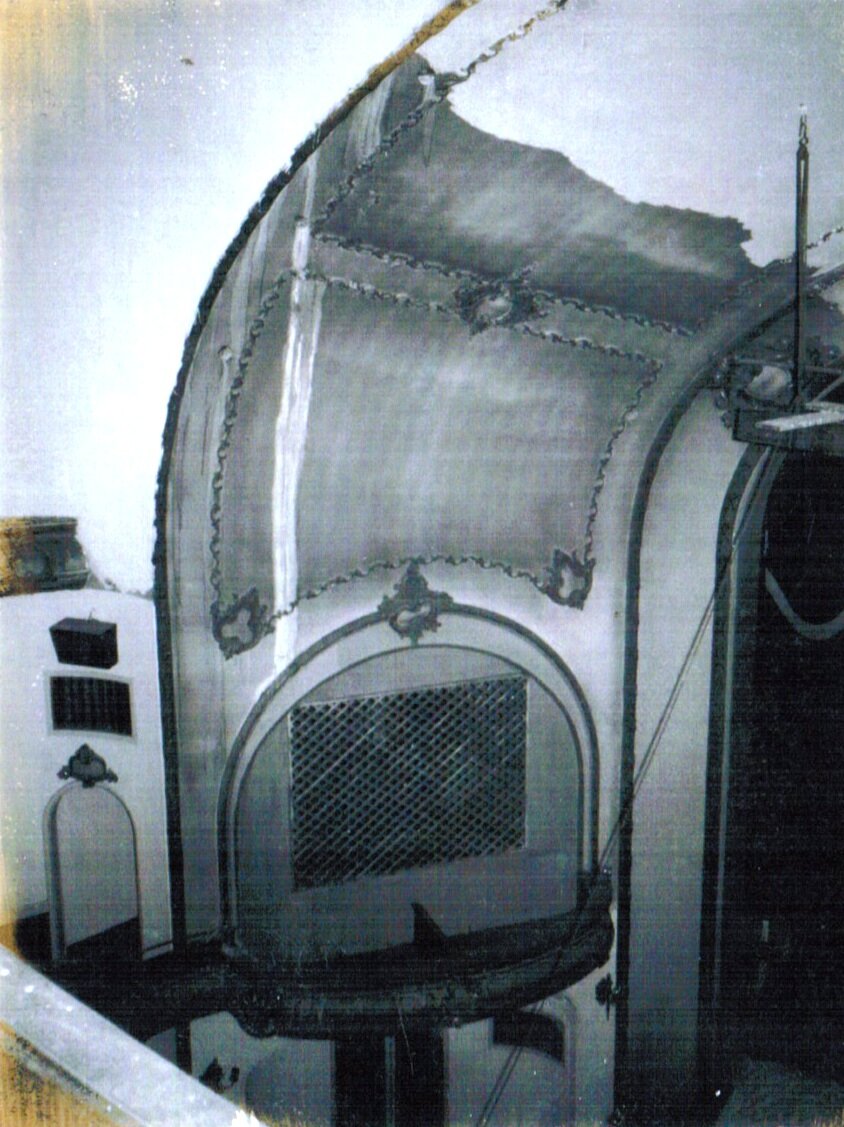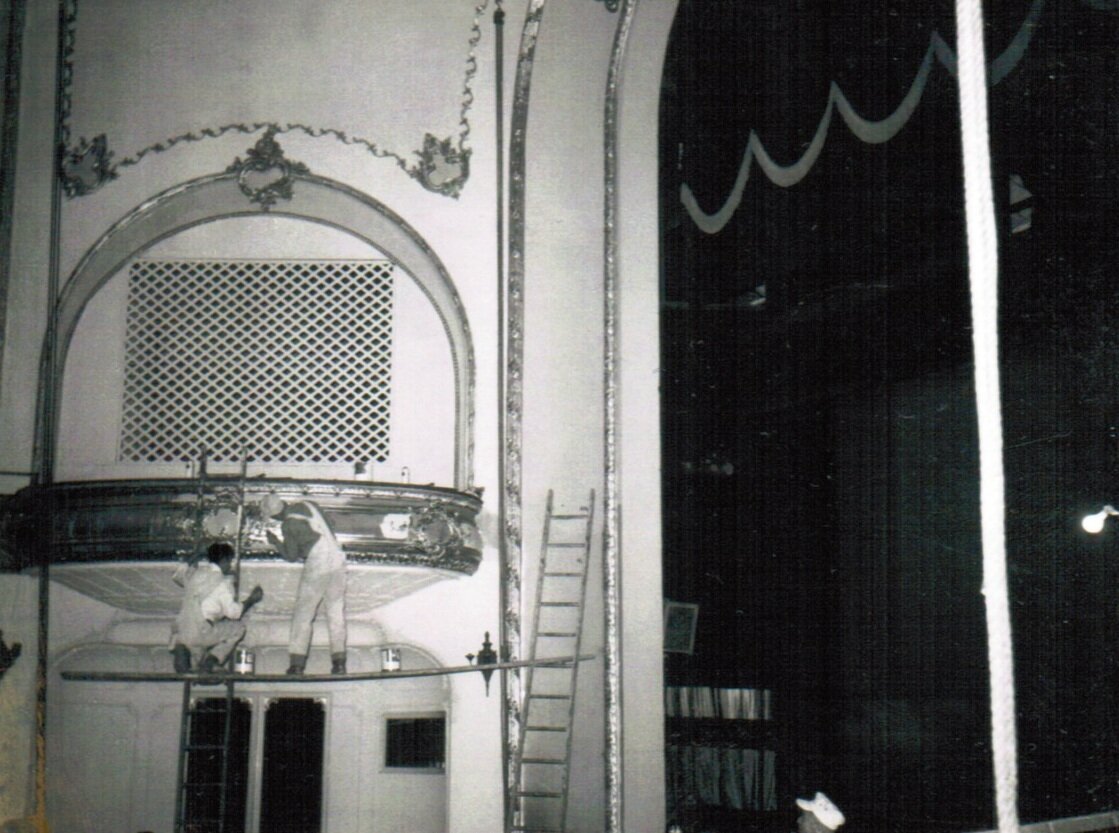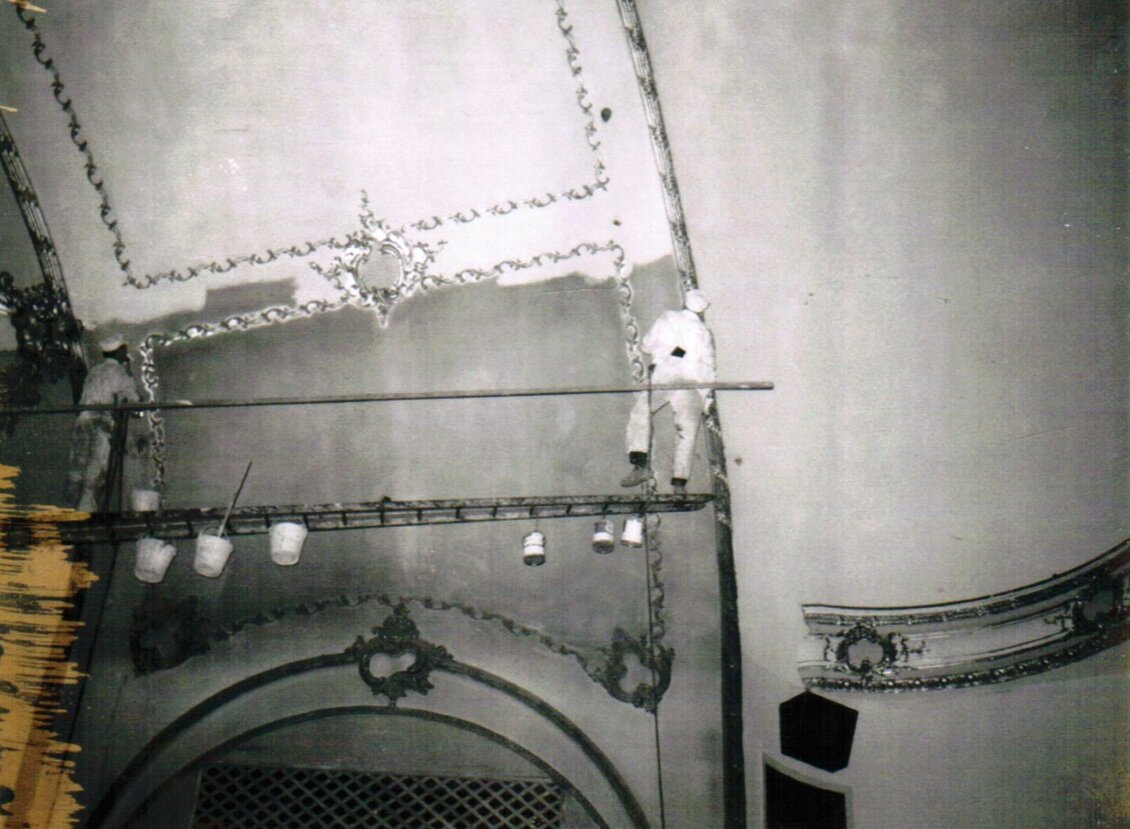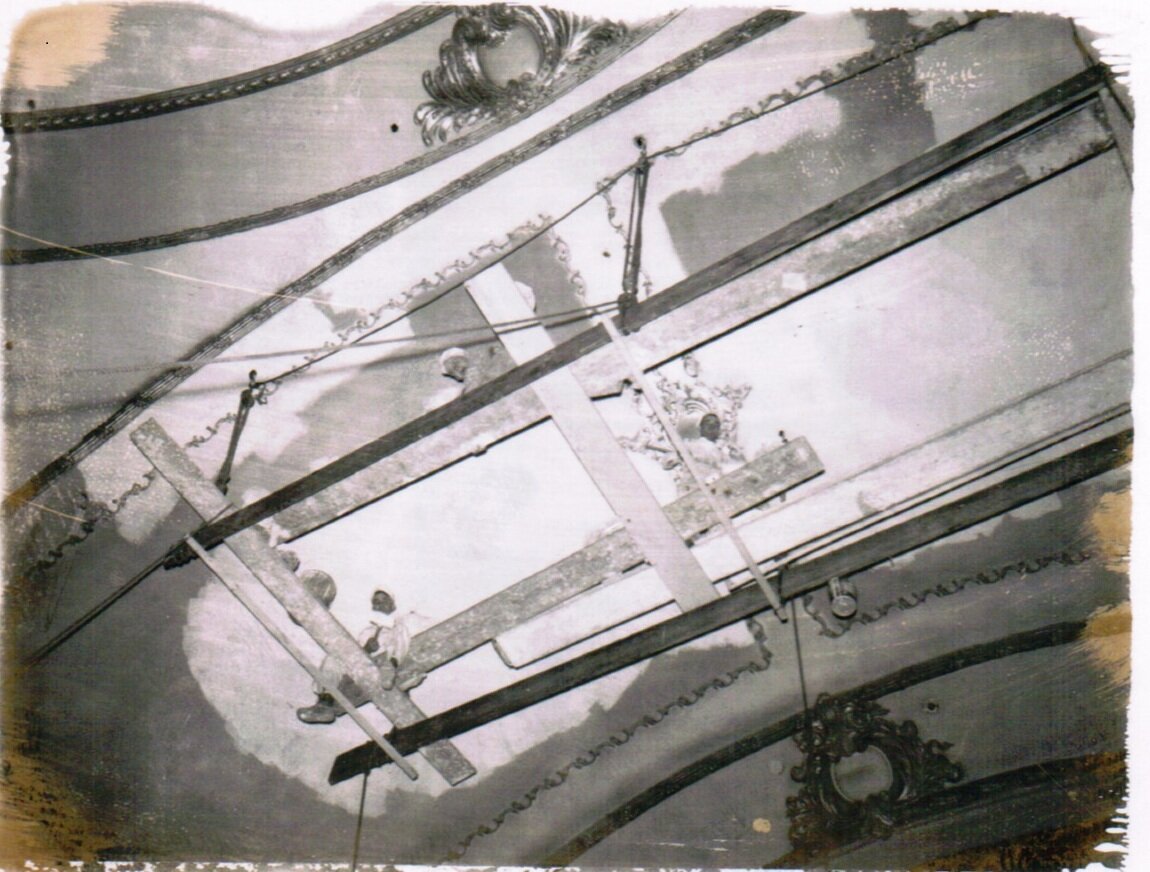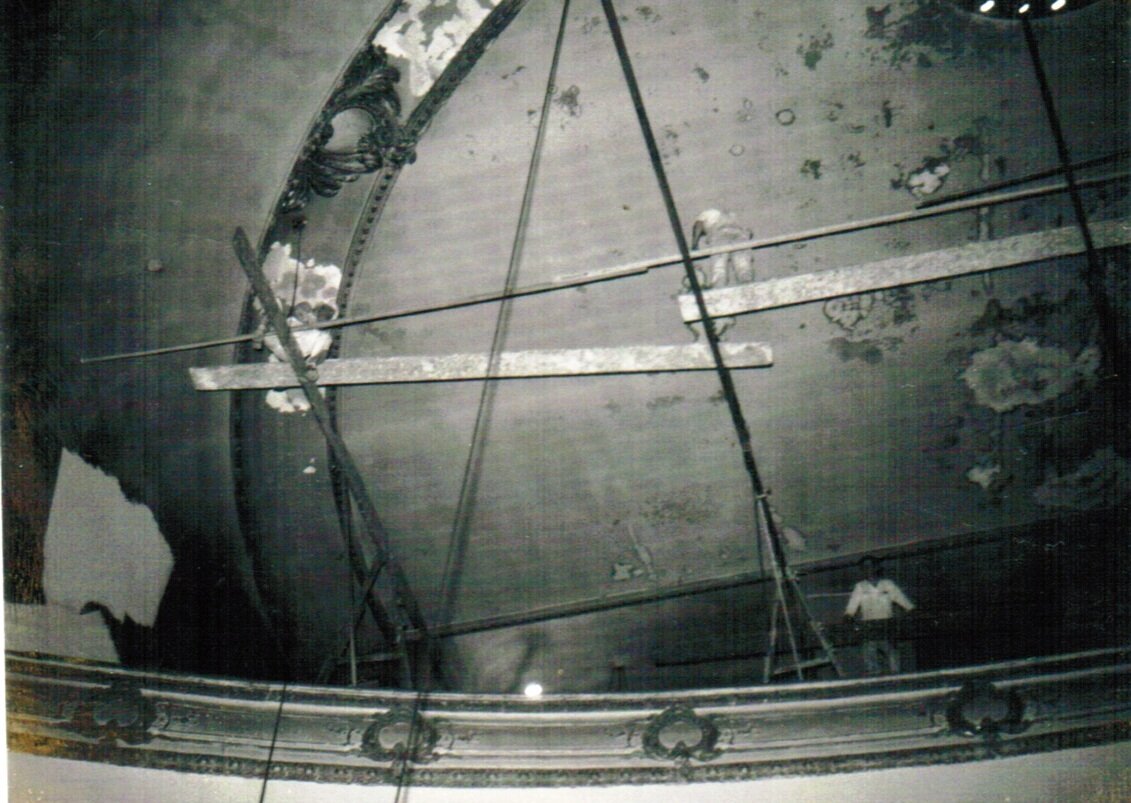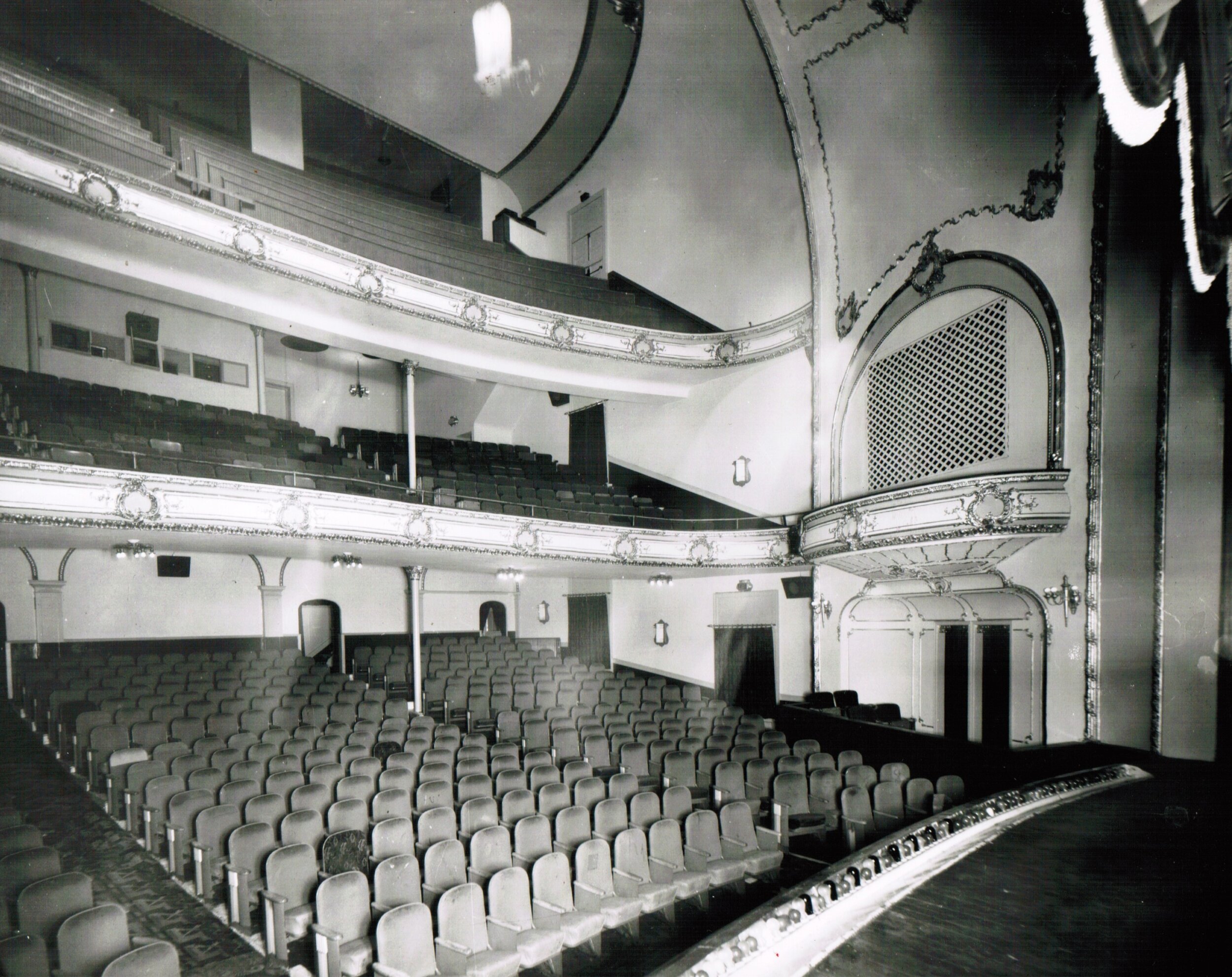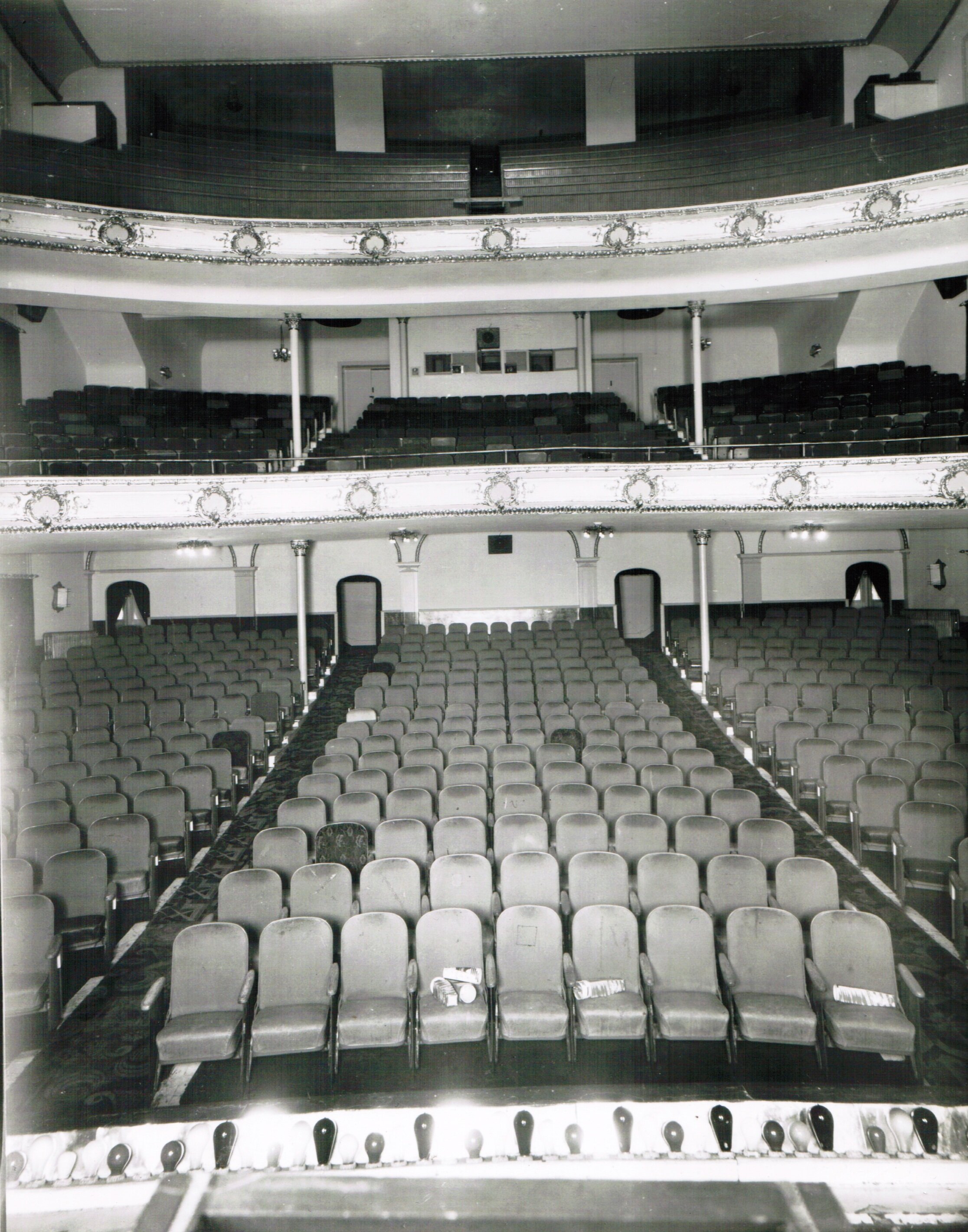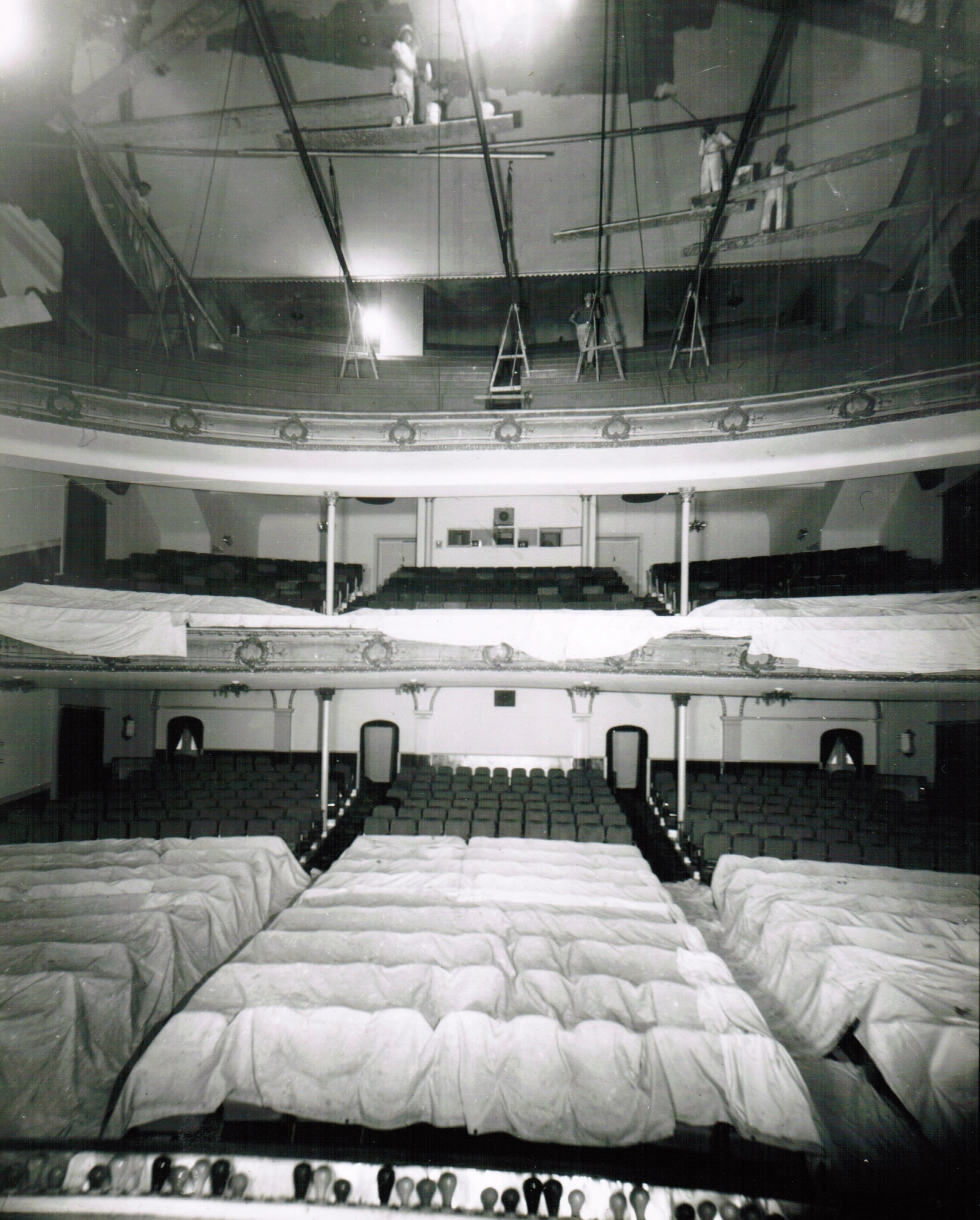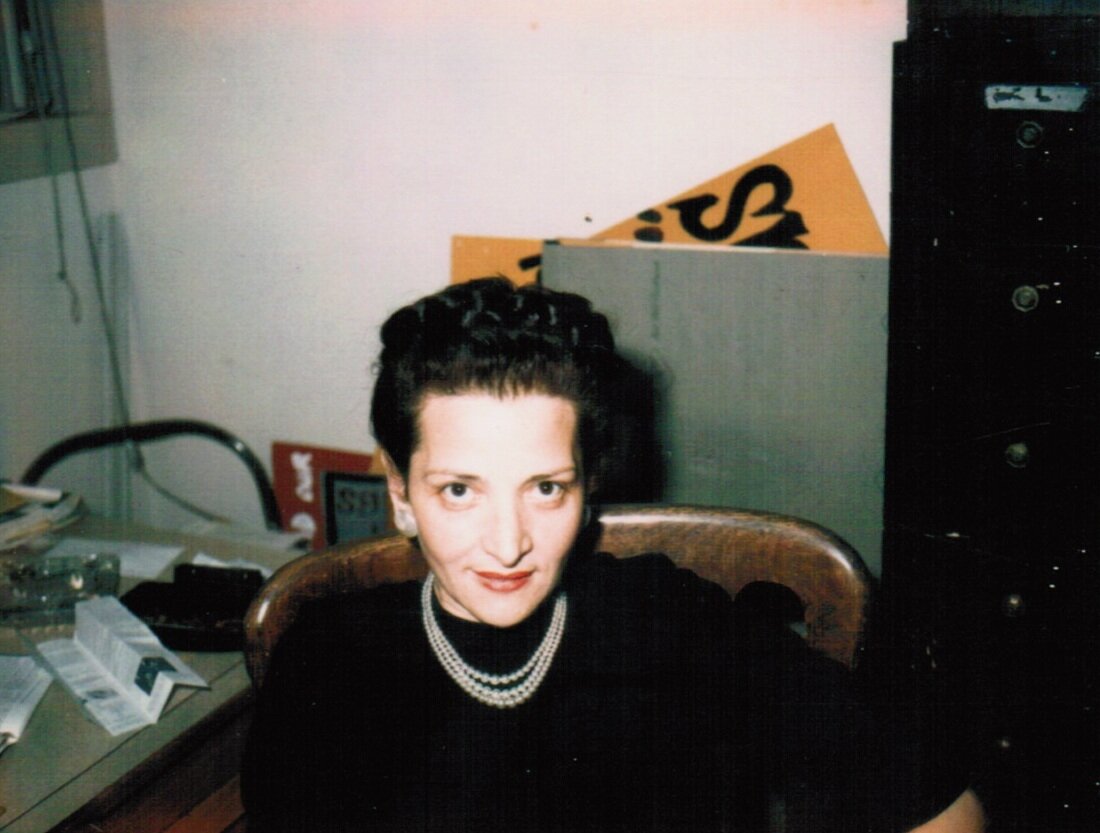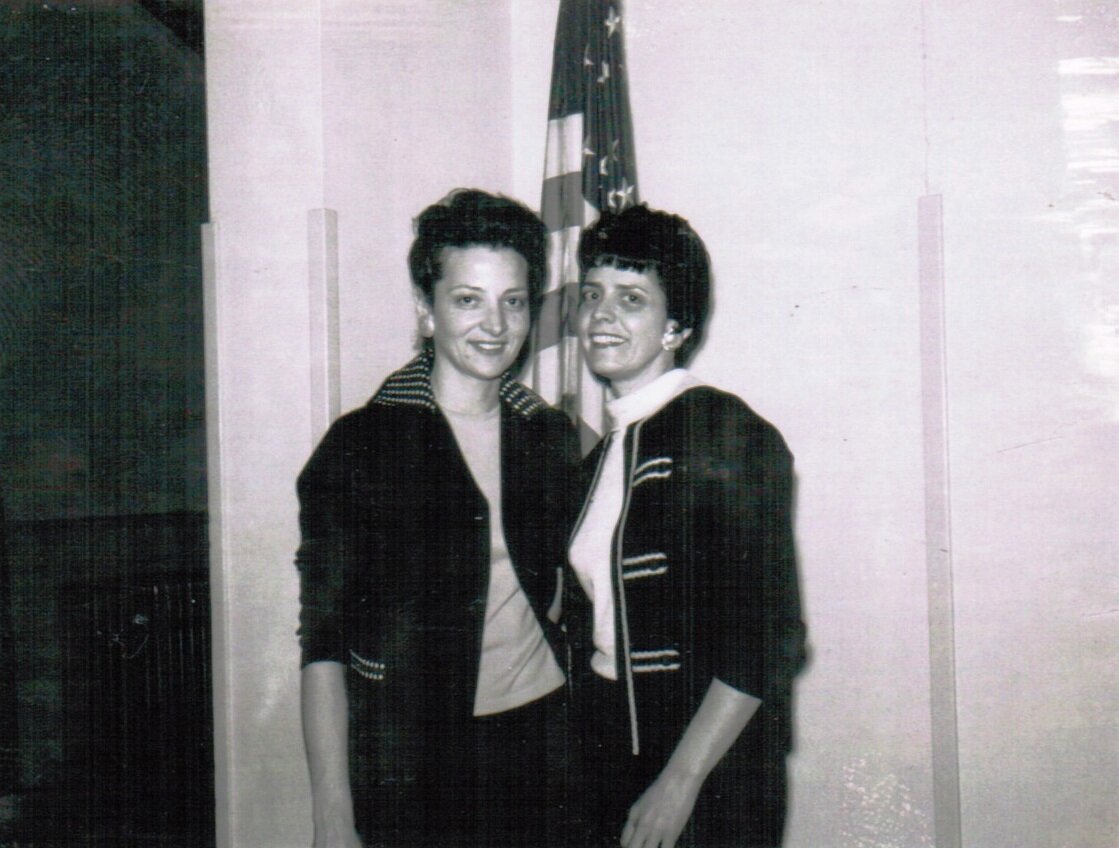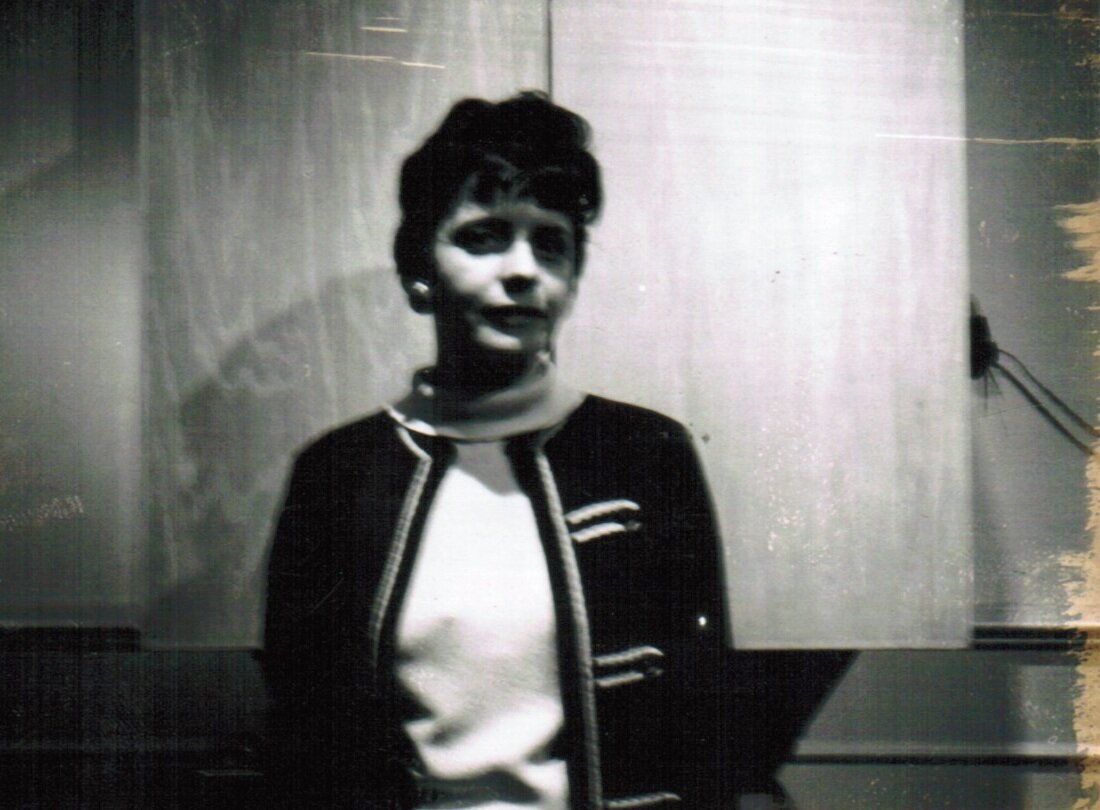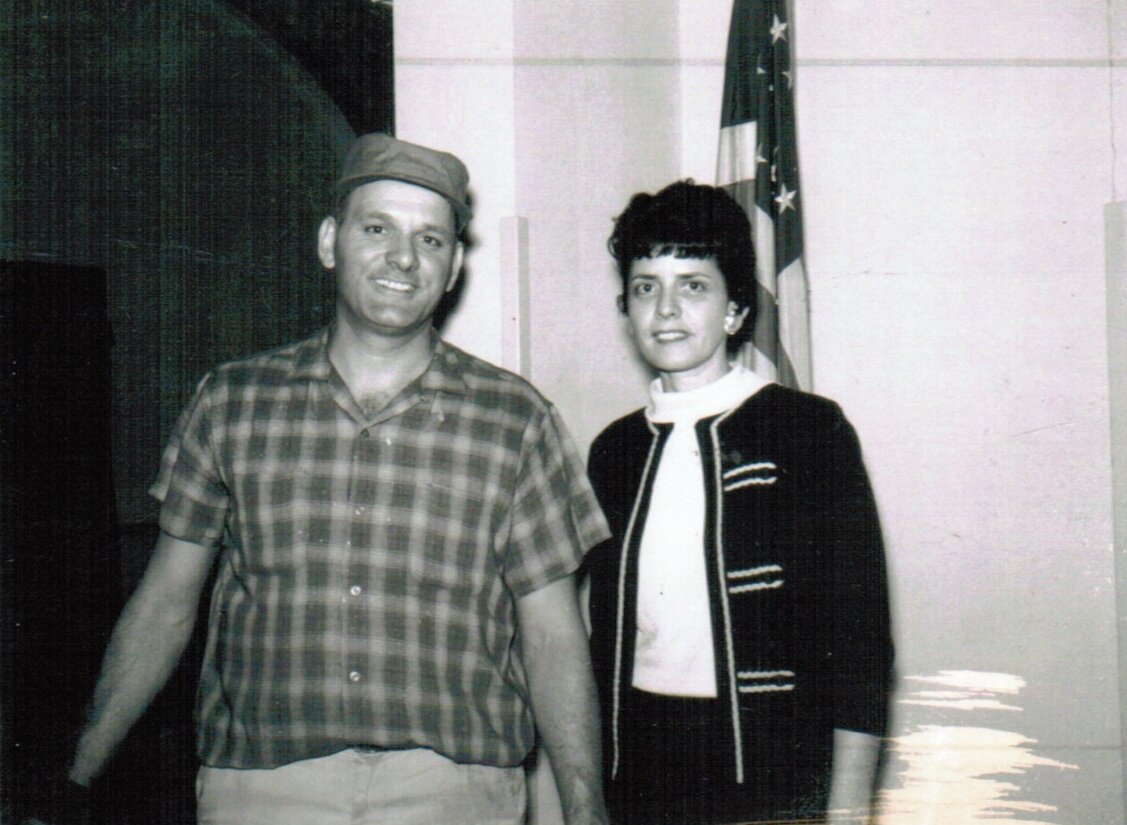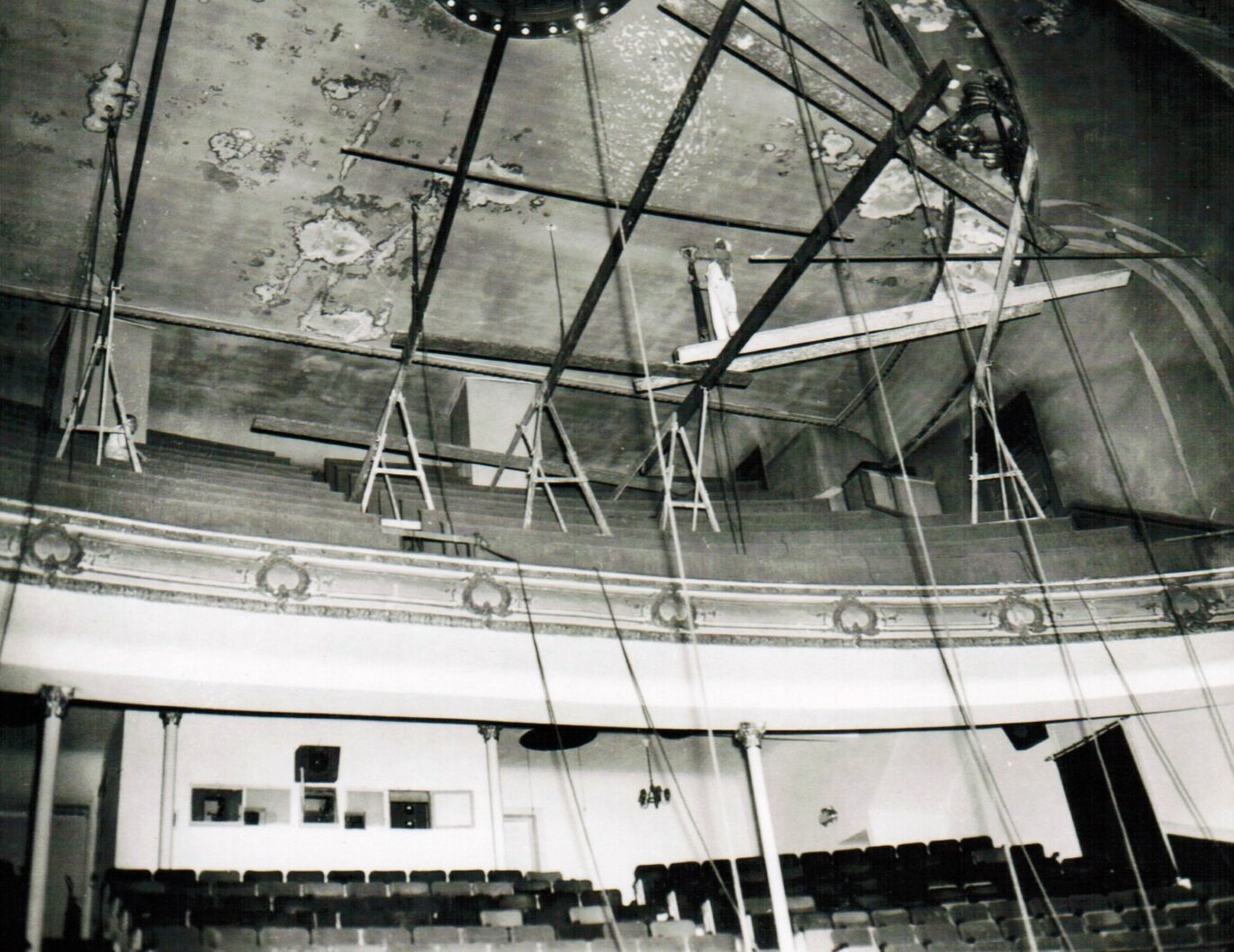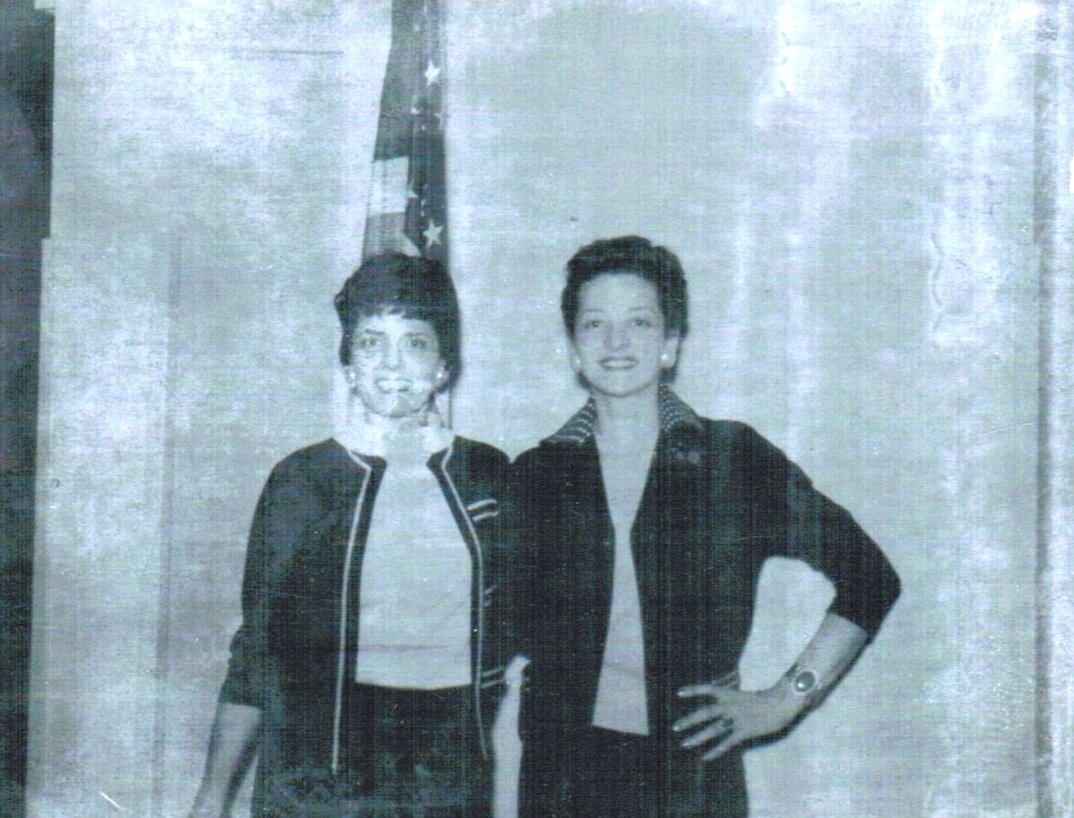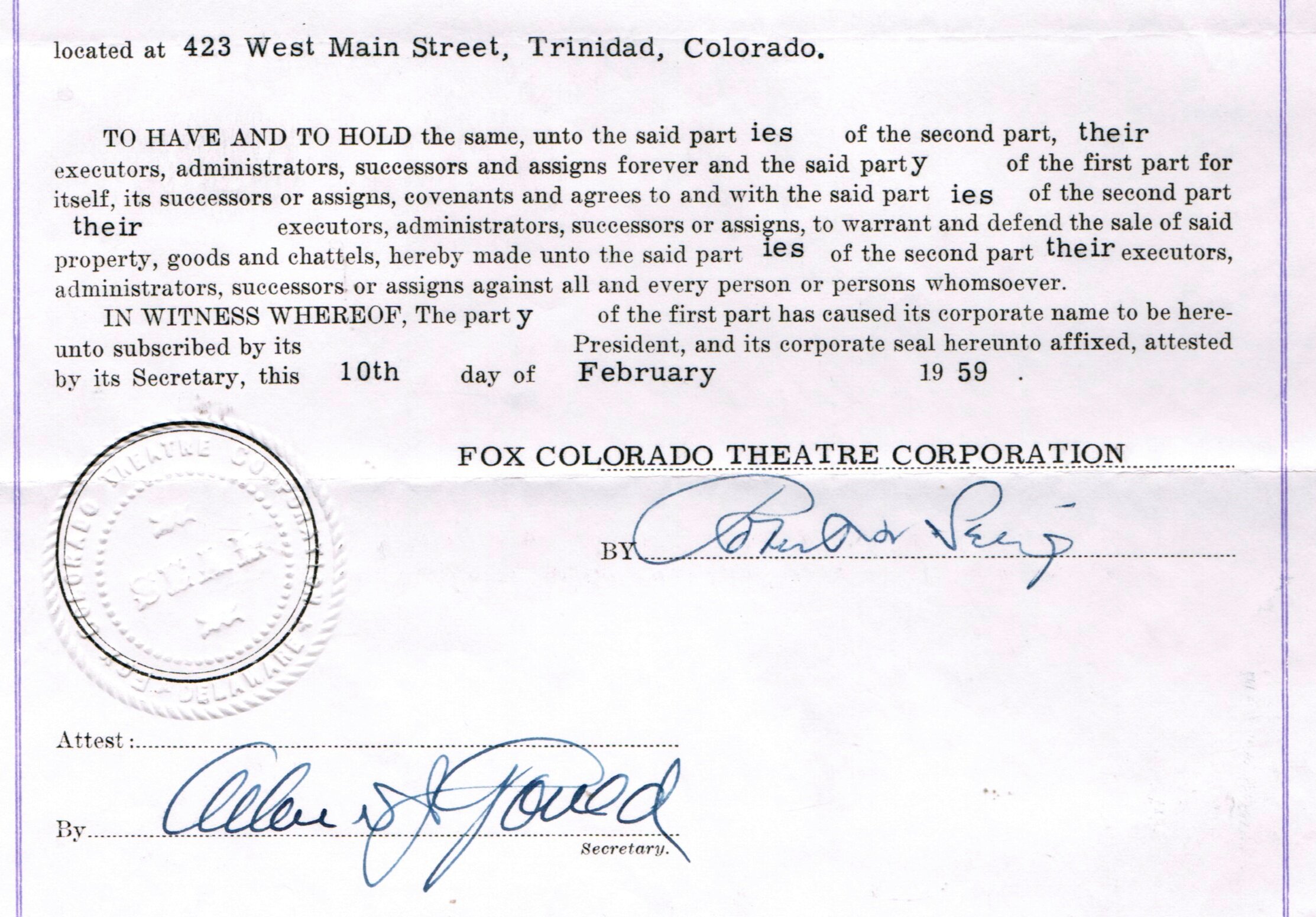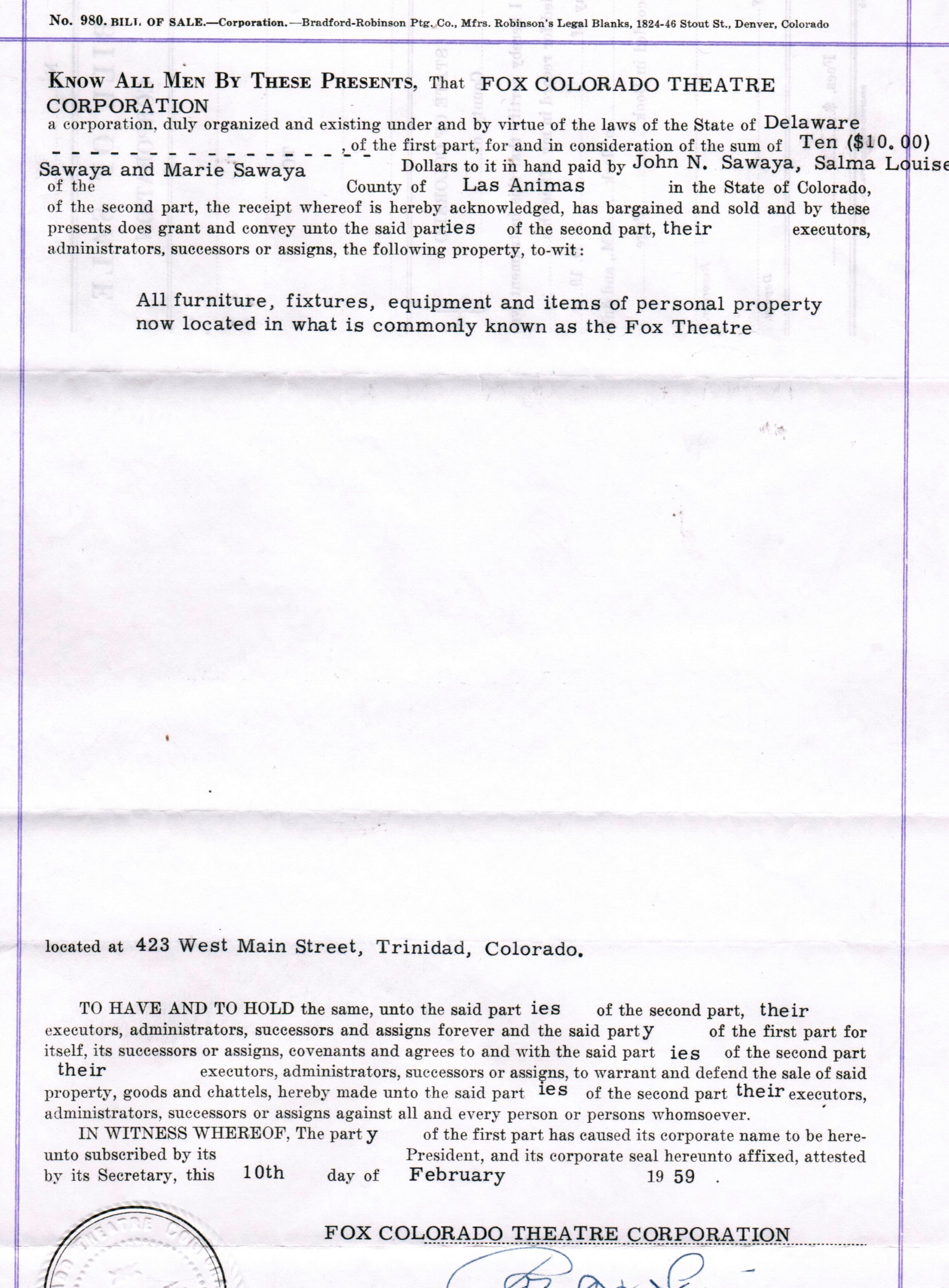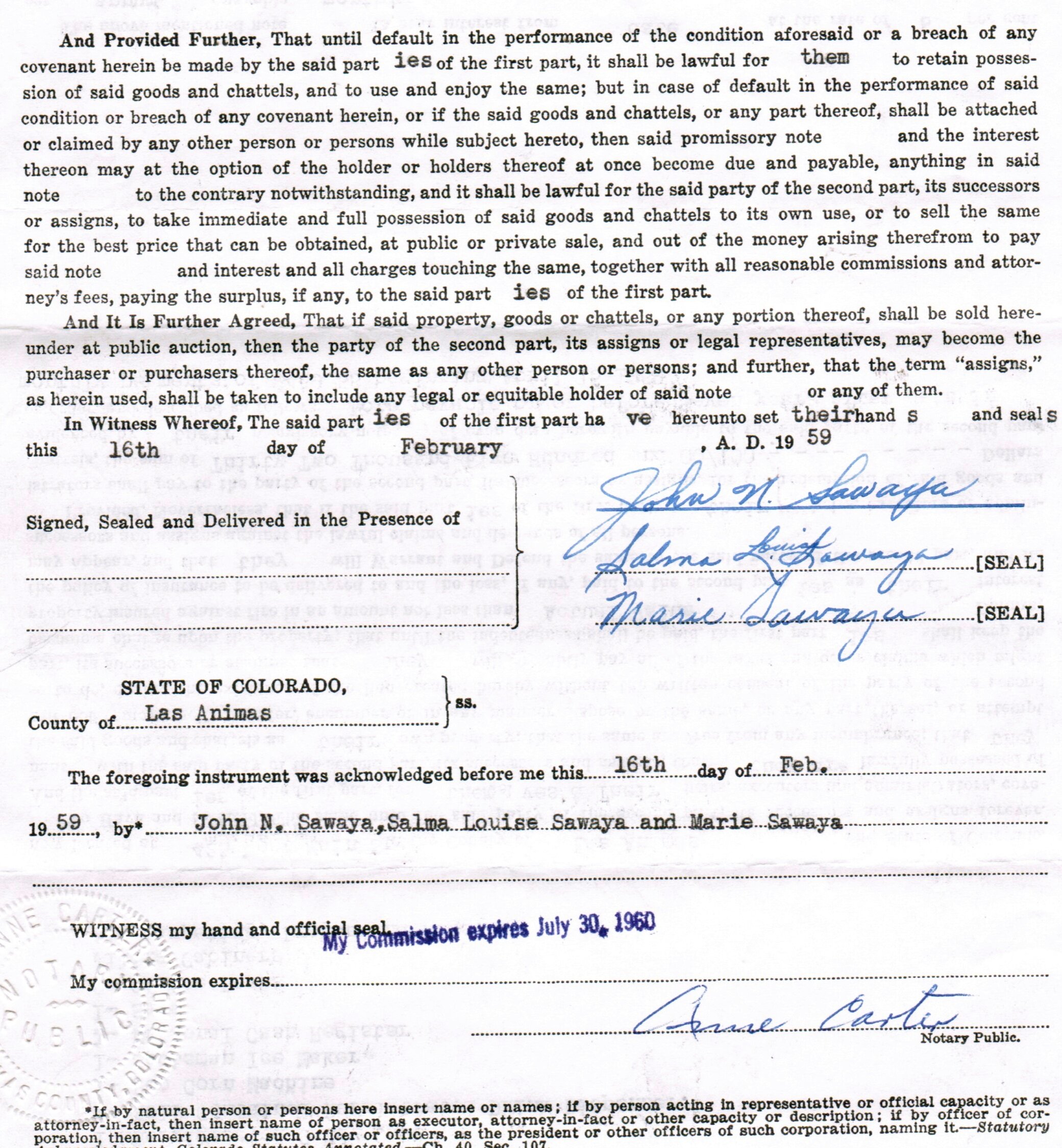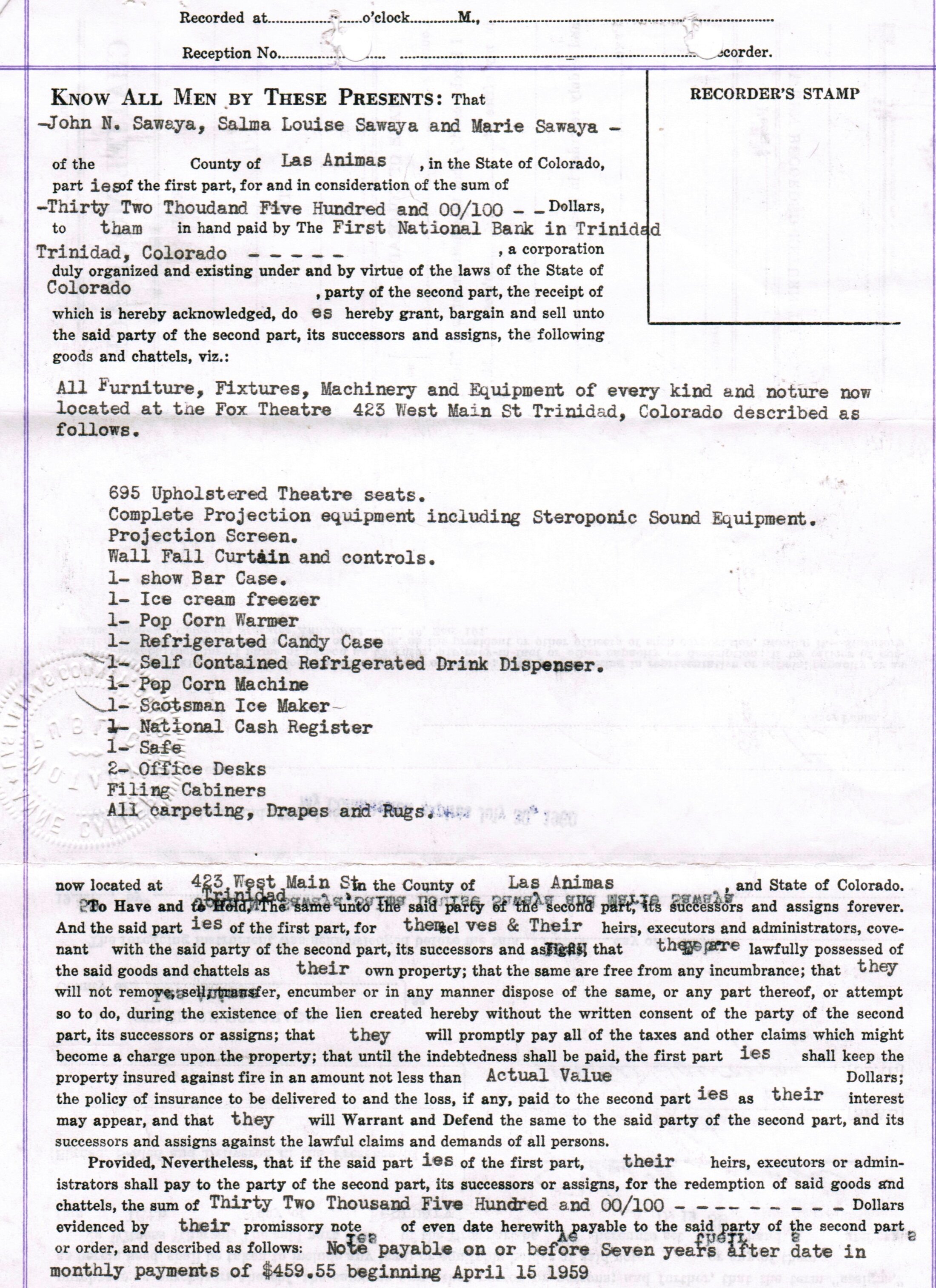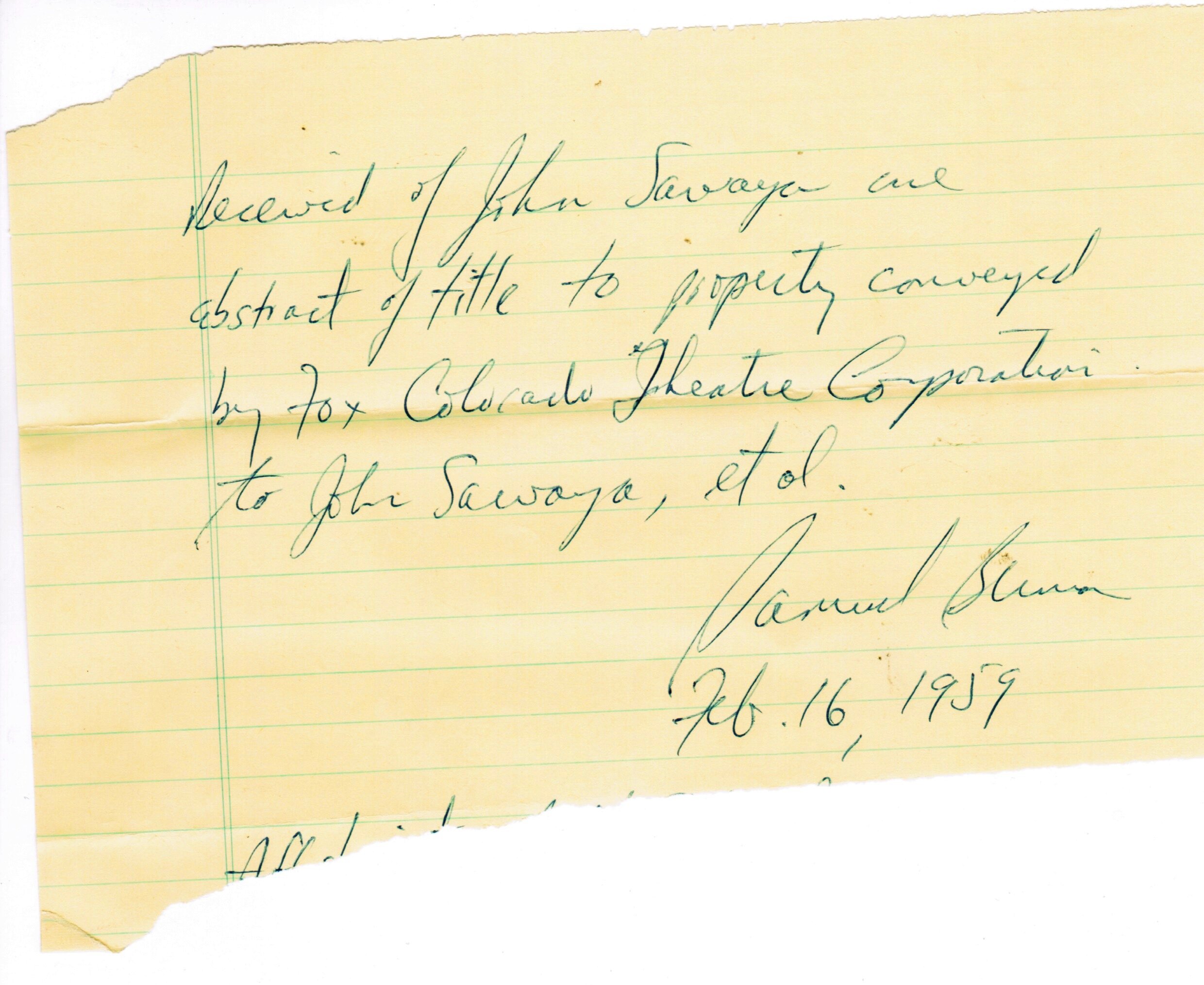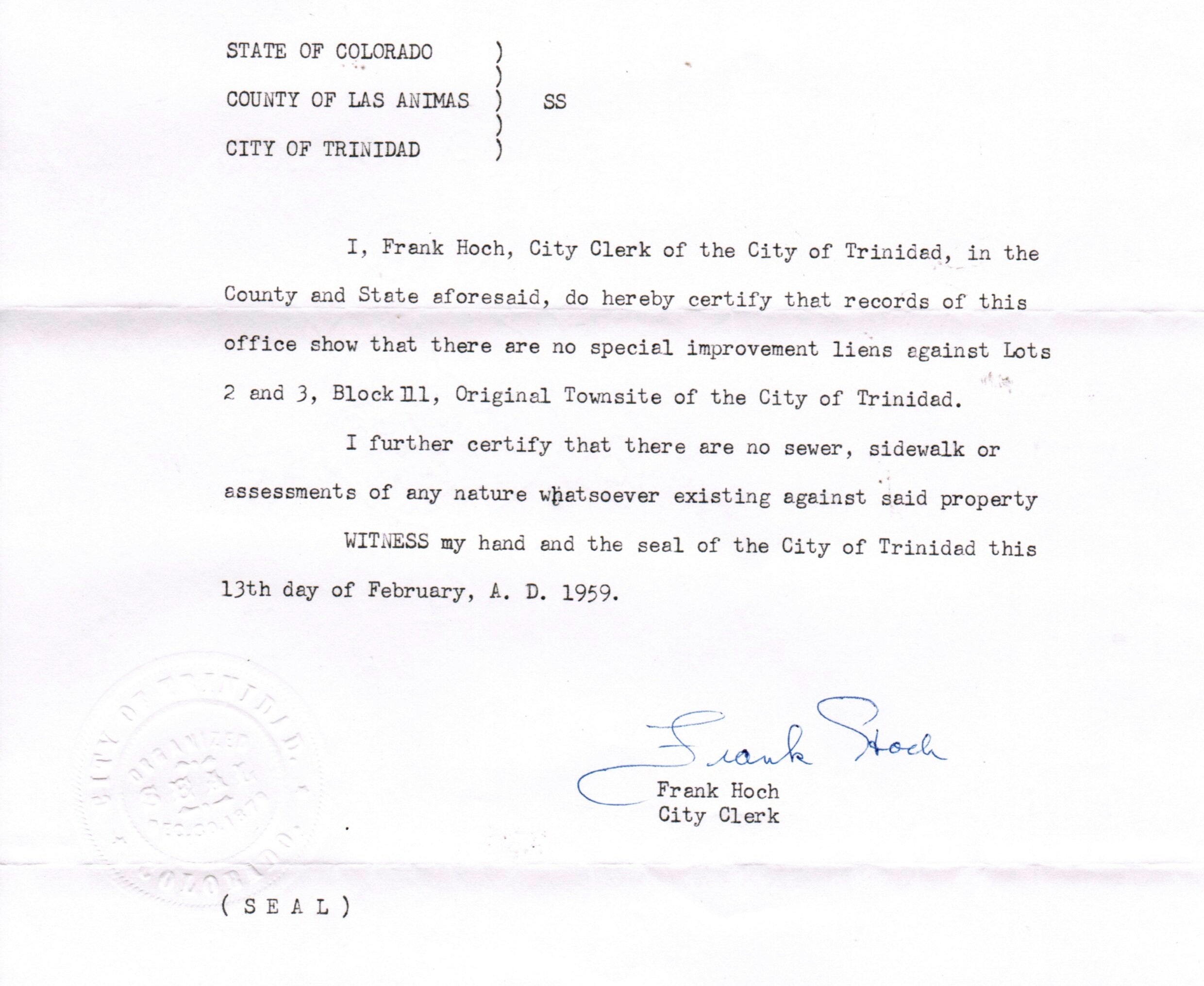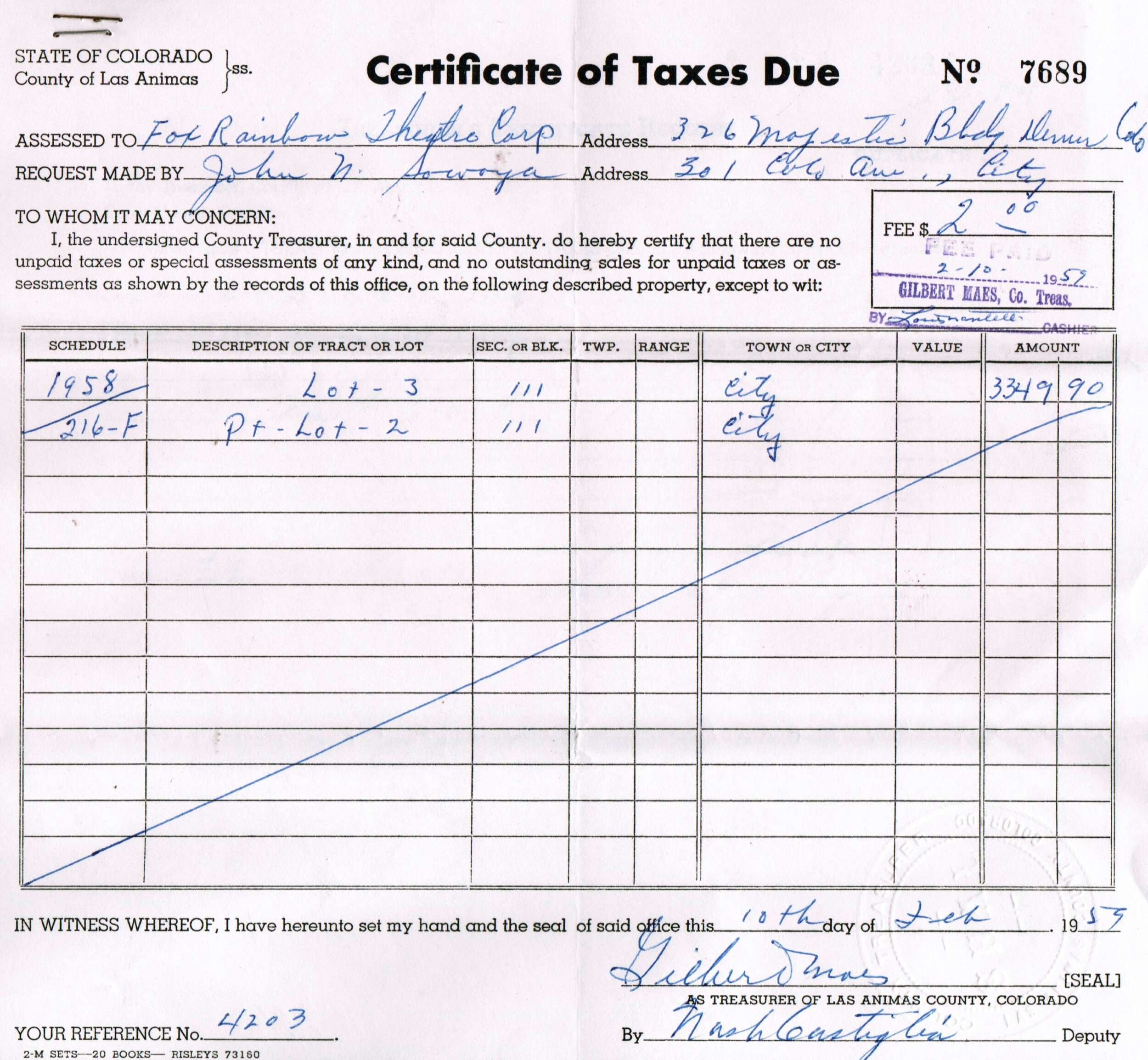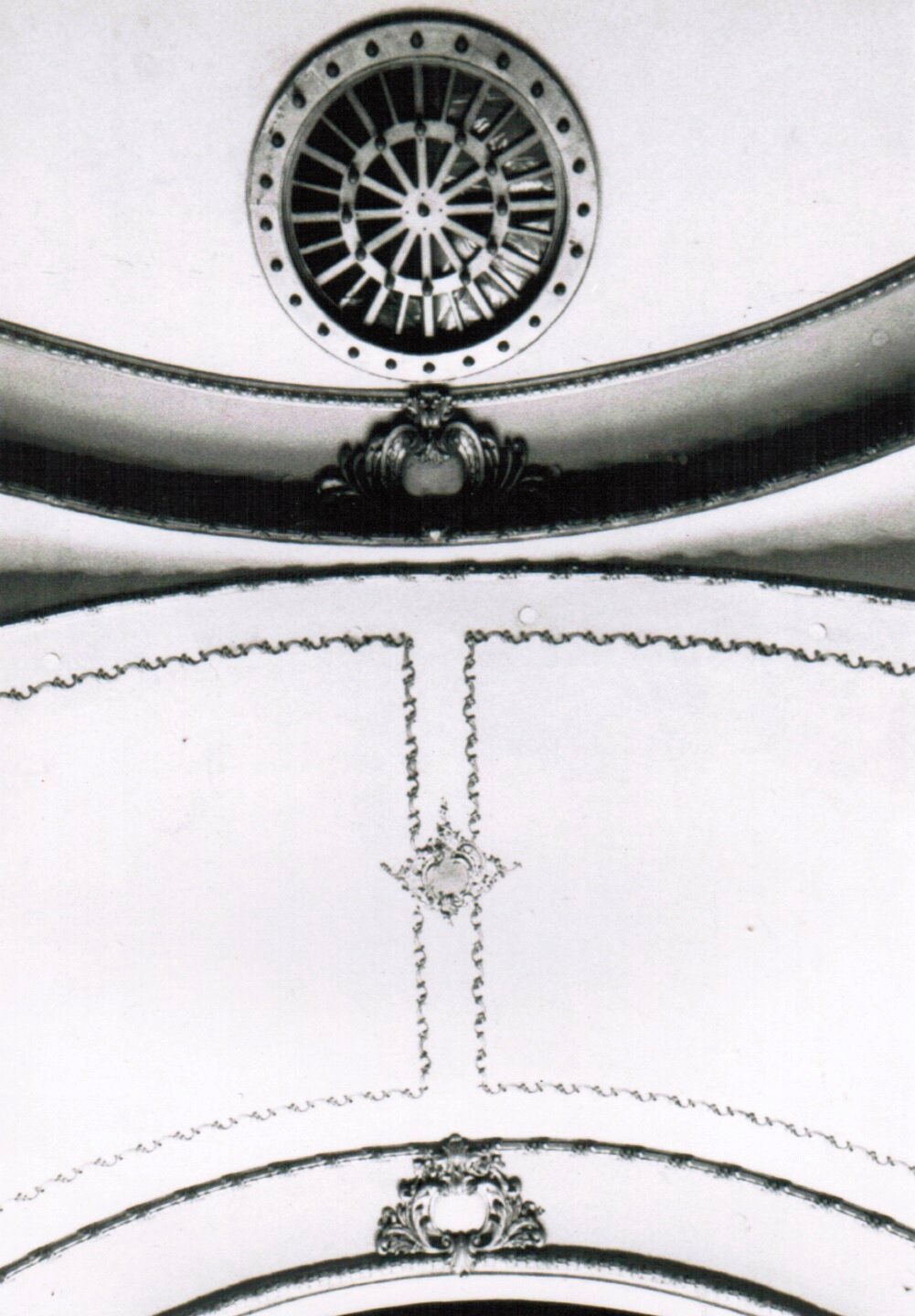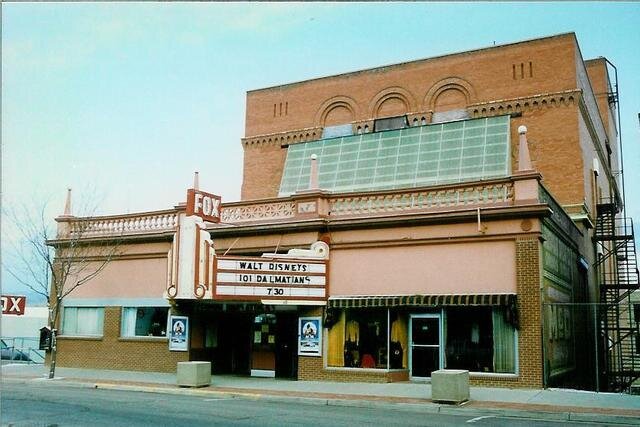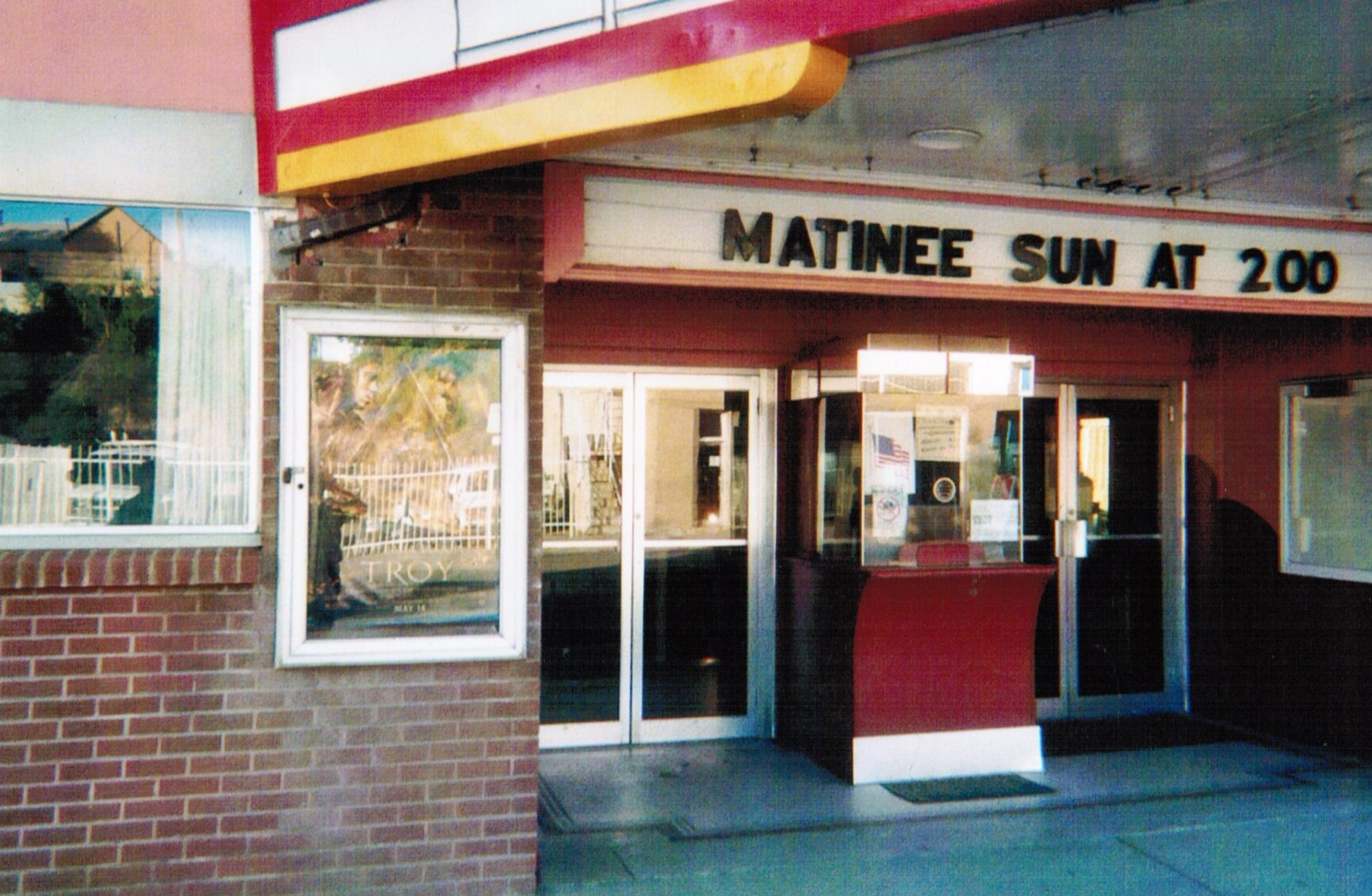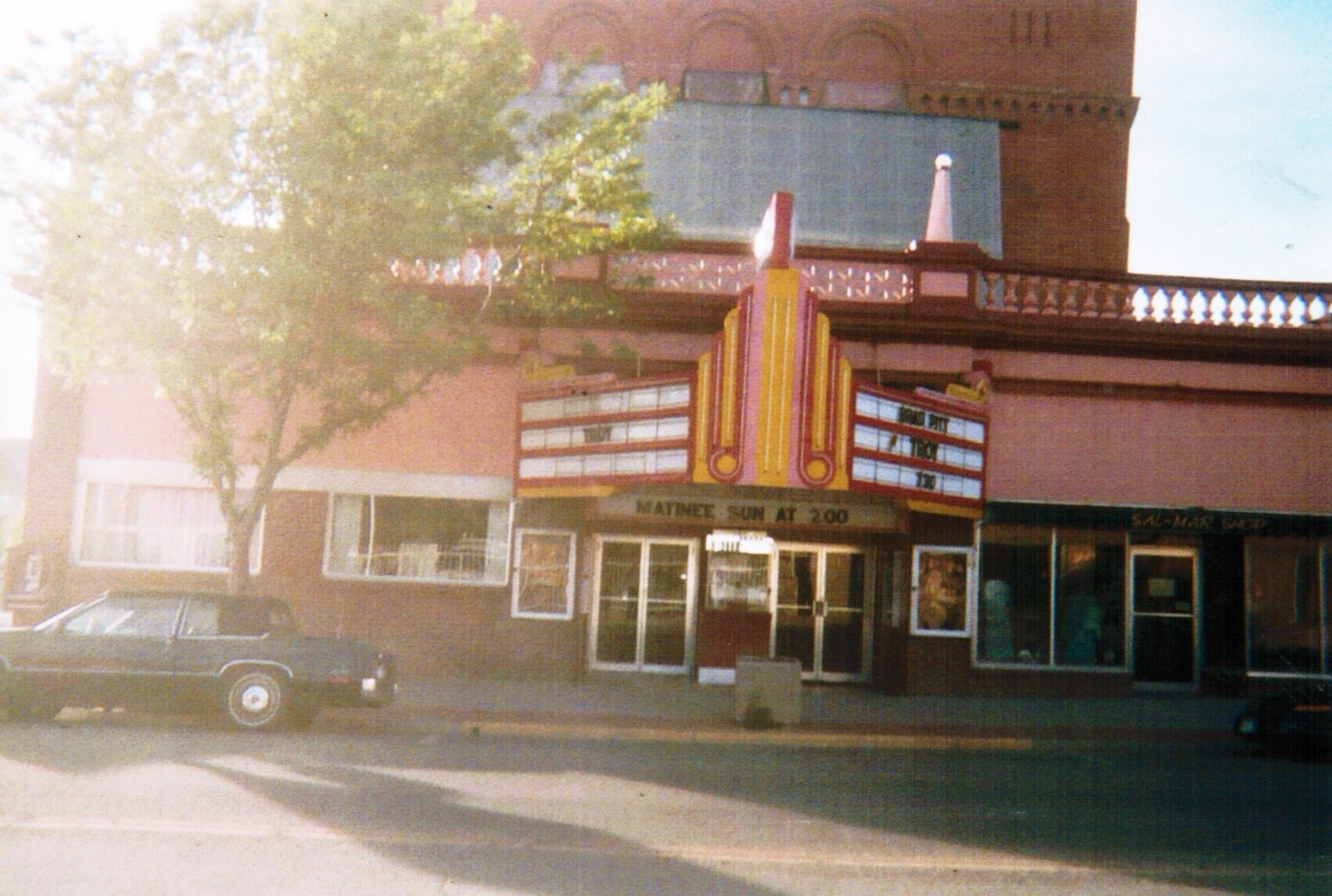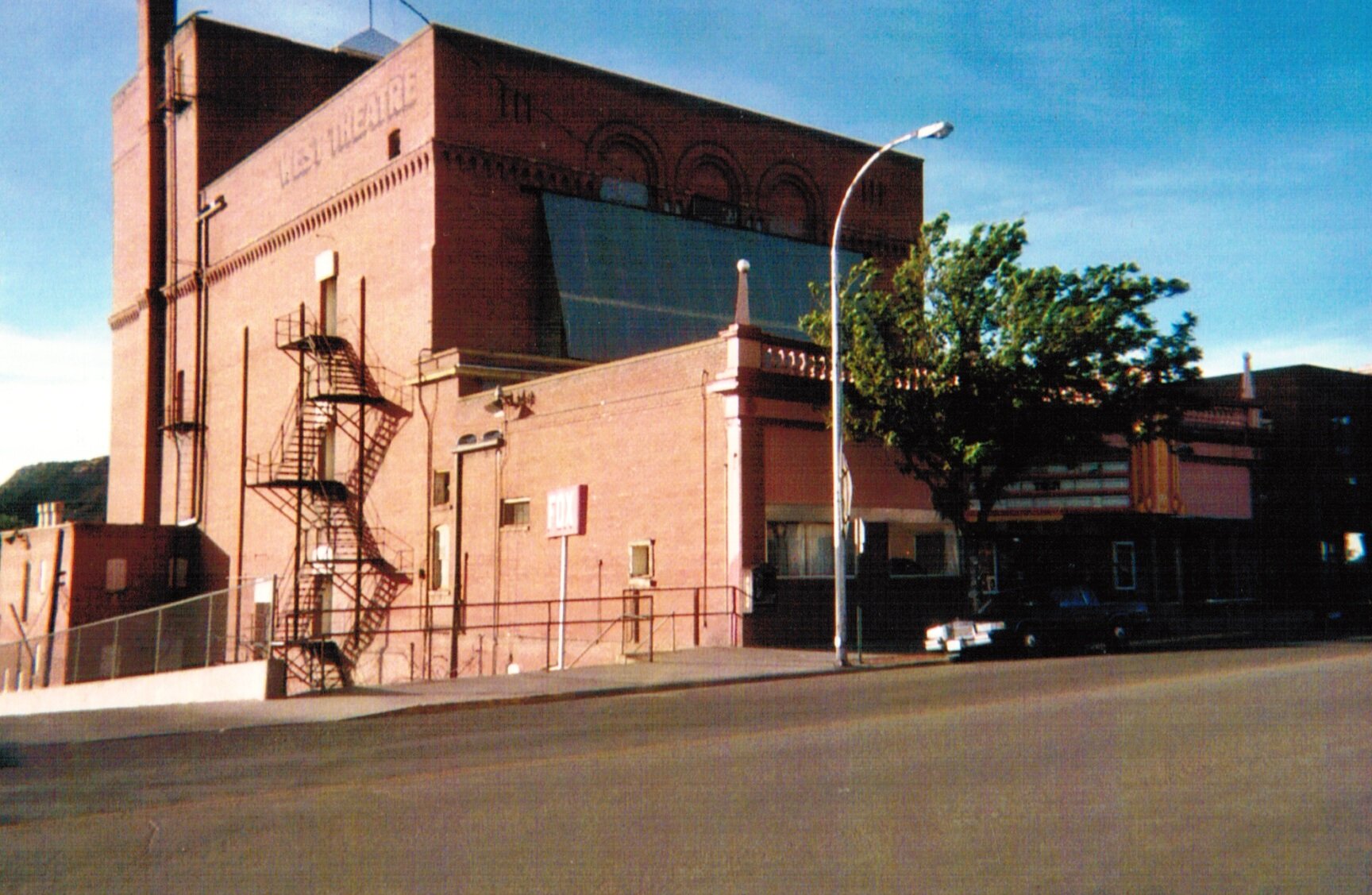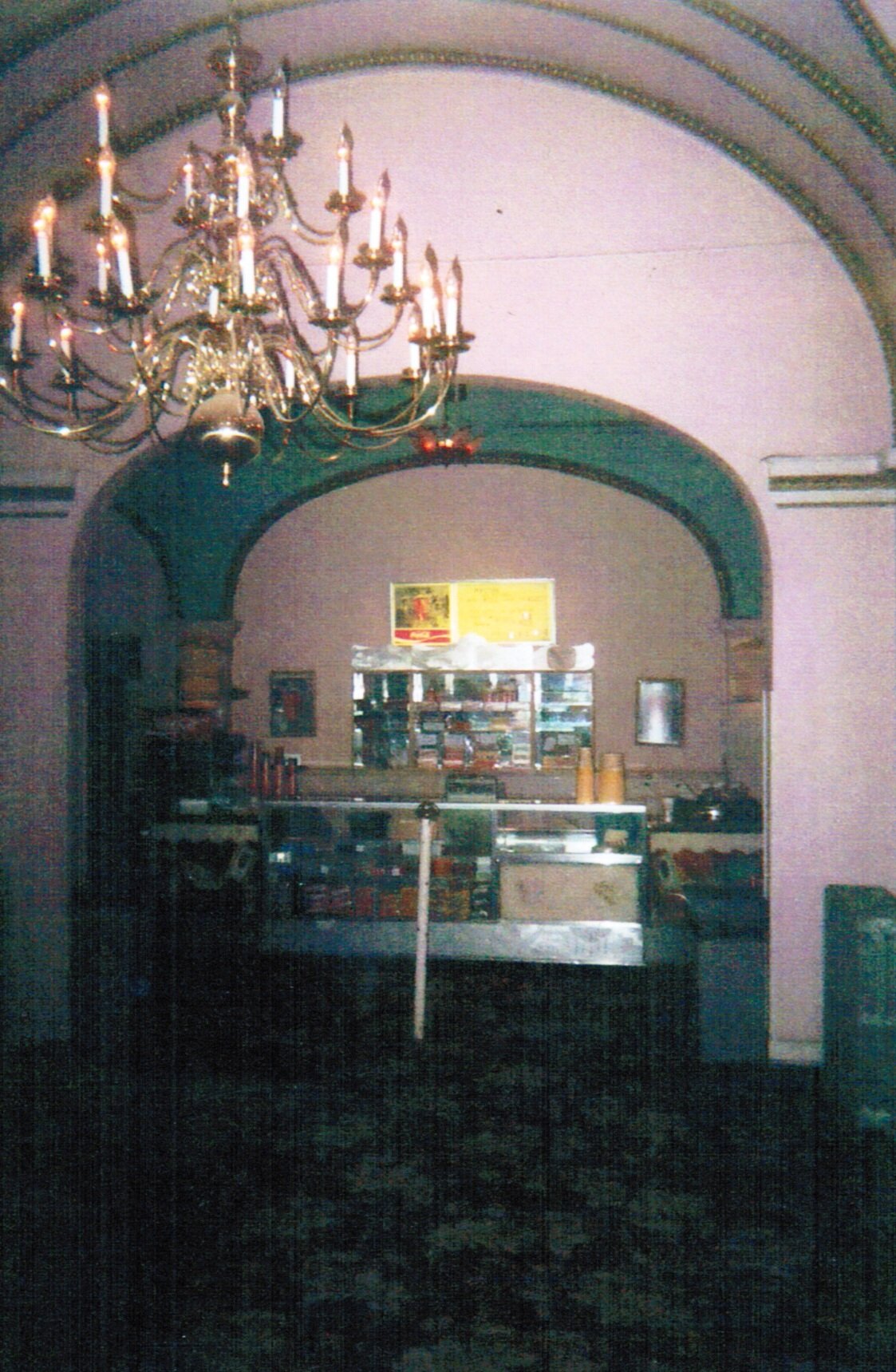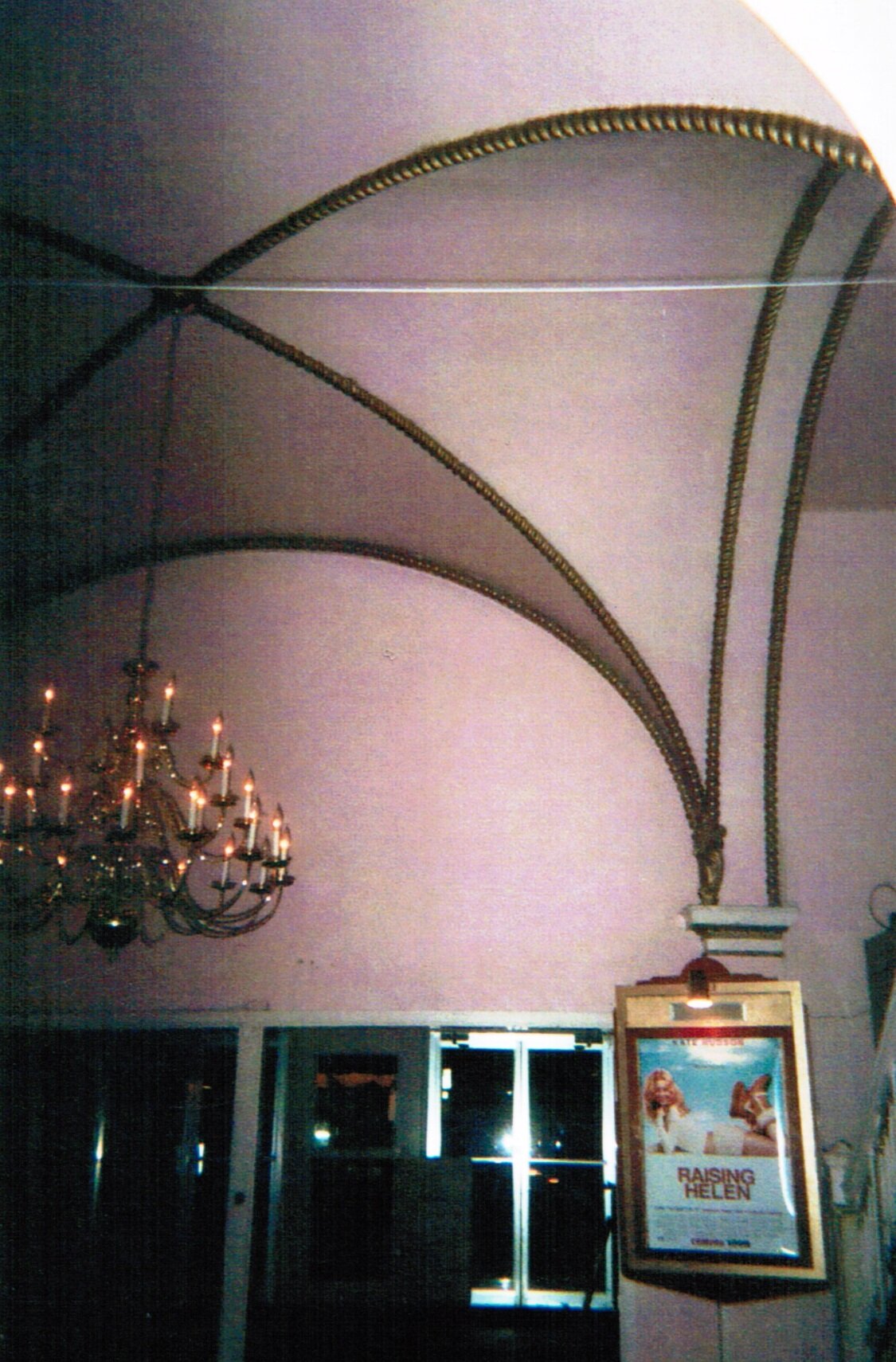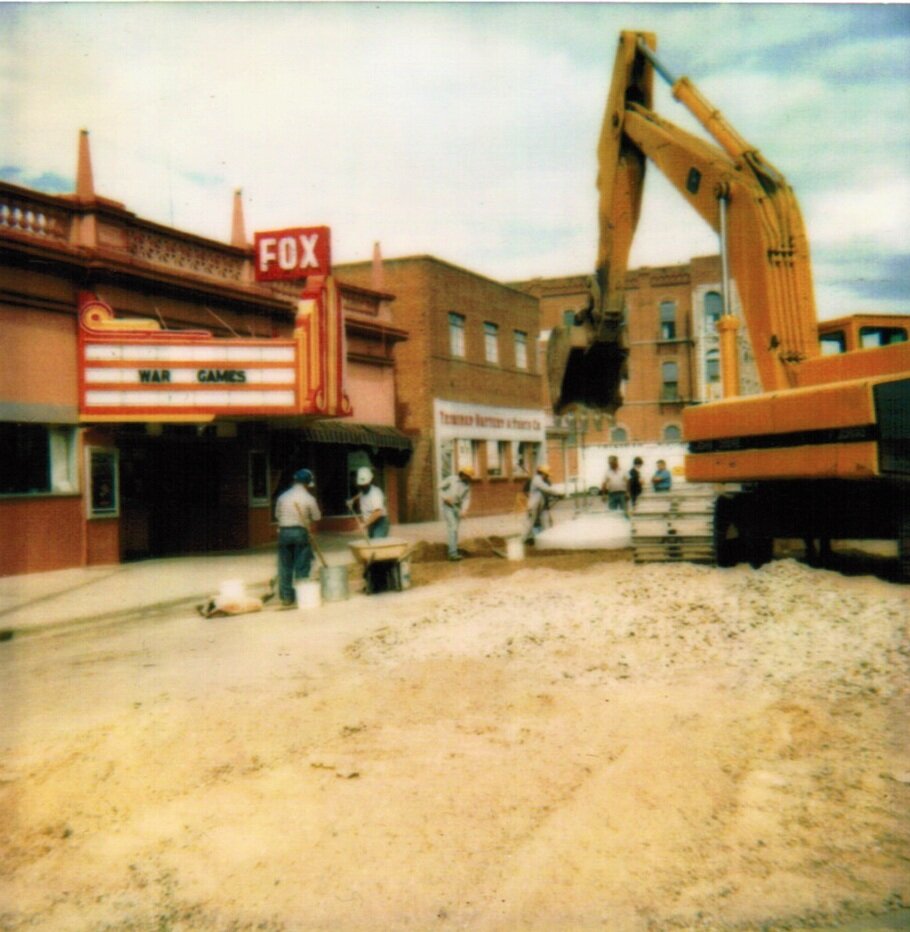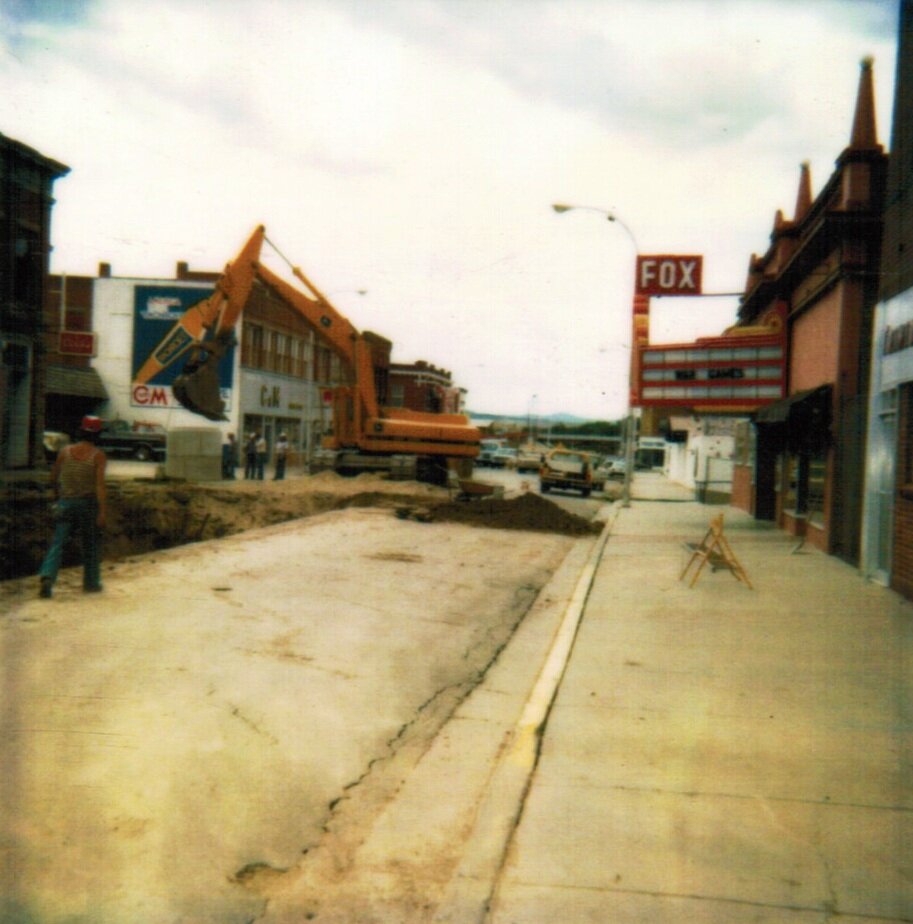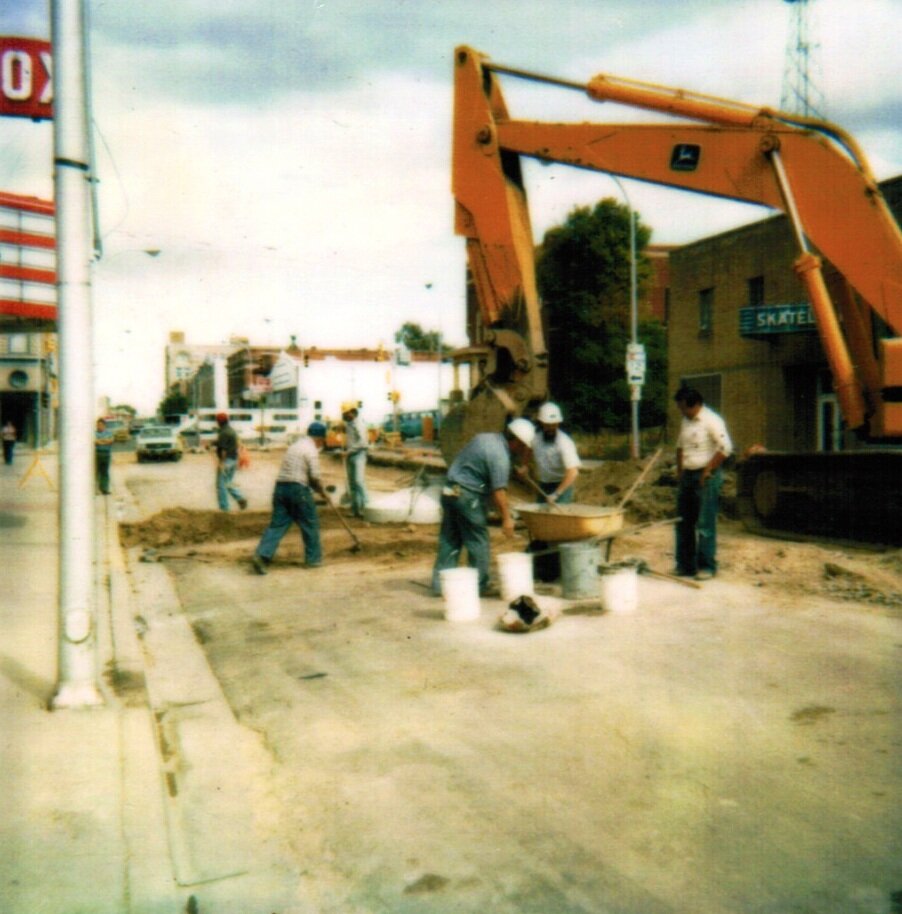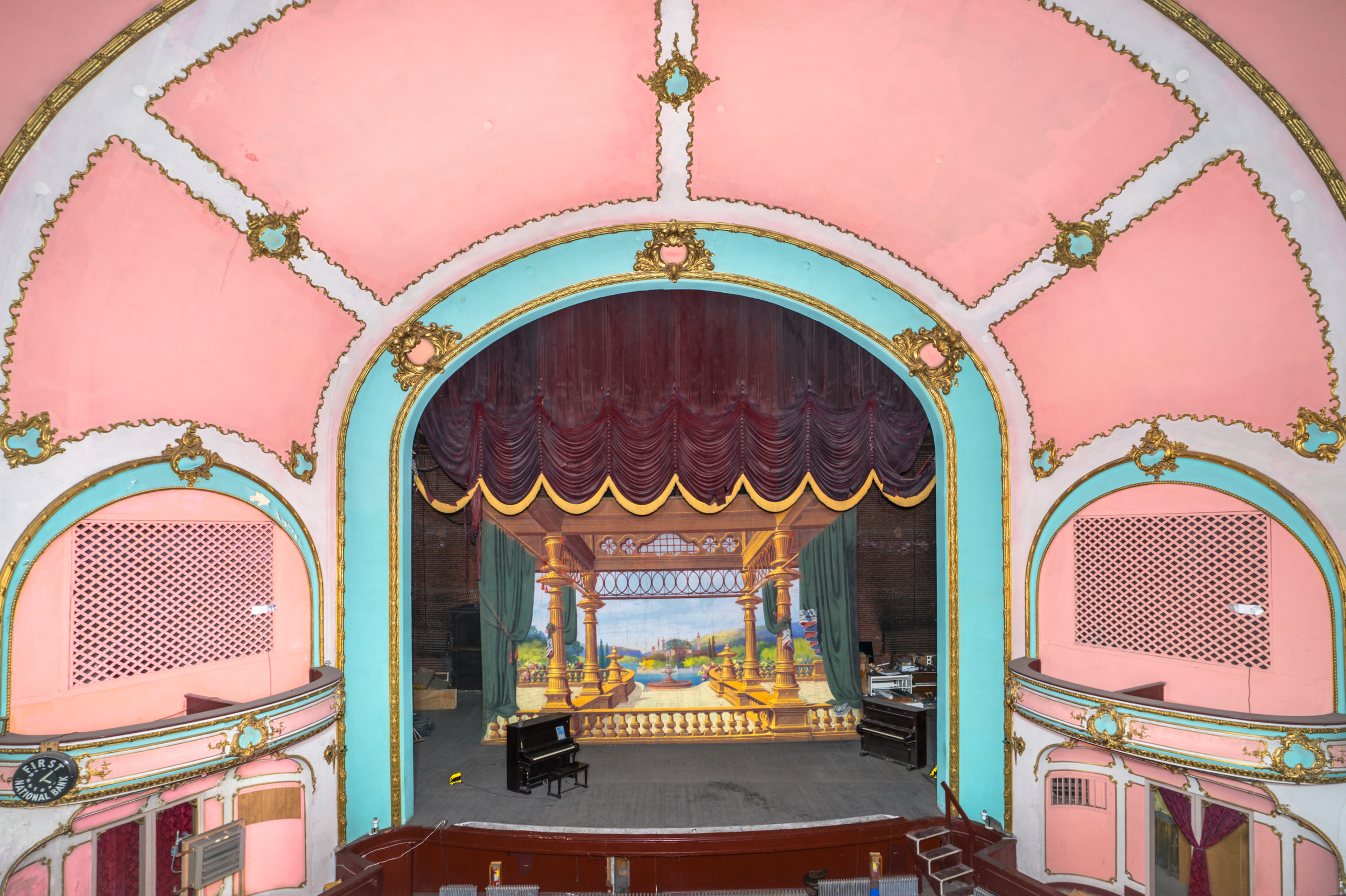History of Fox West Theatre
1900-1919
When the Jaffa Opera House of Trinidad closed in 1906, rancher Edward West decided to make use of his empty lot on Main Street, one that he had owned for more than twenty years. Hiring the Rapp Brothers as the architects for the building, West expected the theater to cost between $60,000 and $65,000. Final costs would be more than double this amount.
Groundbreaking on the theater began in February 1907, and the foundation was finished in May 1907. The foundation and masonry of the theater was said to cost as much as construction of the rest of the theater combined. John A. McLaughlin, general contractor: "I have built 250 buildings in the past fifteen years but never have I built one that contained such choice product as the [Fox] West Theater. The best that could be had has been placed in the building and there is absolutely no danger from fire. It is protected in every conceivable modern way. The brick are Trinidad make and are laid in Portland cement, which is not used in one out of 100 of the present day show houses."
The West Theater opened on March 16, 1908 as an independently owned and operated performance venue, with a performance of the play The Bondsman. A society ball, held in May, 1908, was the inaugural event in the Ballroom at the West. The original occupants of the storefronts adjacent to the theater lobby were the Hausman Brothers’ Drug Store (later The People’s Drug Store) and a saloon, which was converted to office space in 1916.
The initial years of operation of the West Theatre were successful, as many performers who played Denver and Albuquerque also played in Trinidad. The West Theatre operated successfully, providing audiences a variety of musical and theatrical performances on multiple nights each week. The West Theatre also hosted community events on a regular basis, including high school band concerts held in the main auditorium, a tradition that continued for at least twenty years in Trinidad. Ed West passed away suddenly in 1911. The theater was sold to E.F. Ollie, then-manager of the Schuler Theater in nearby Raton, New Mexico.
1920-1939
On June 2, 1920, the theater was again sold to the Kohn-Fairchild Amusement Company. The new owners, who included longtime West Theater manager Max Kohn, operated the theater on a regular basis, offering patrons a combination of film and live performance. On November 3, 1920, a Cameraphone—a combination of an early record player and moving picture projector—was installed.
In 1925, the Kohn-Fairchild Amusement Company installed a Wurlitzer ‘Hope Jones’ theatre organ in the auditorium. Robert Hope-Jones, a British organ maker famous for his organ at St. John’s Church, Birkenhead, came to America in 1903. His patented innovations—including electro-pneumatic action on all pipes, stop-tabs instead of stop-knobs, and others—gained much acclaim. In 1914, Hope-Jones merged his successful company with Wurlitzer, a successful organ manufacturer in upstate New York. The organ installed at the Fox Theater was likely produced in early 1925. In the same year, Wurlitzer installed organs in many venues across the United States.
The West Theater closed for two weeks in January, 1929 and underwent extensive remodeling. Many of the changes made during this remodeling of the West Theater are still evident today: new light fixtures, carpeting and draperies, and an expansion to the pipe organ. Projection equipment was upgraded to fully accommodate sound films, and the projection booth was encased in sheet metal. These upgrades were reported to have cost $33,000.
The first feature-length sound motion picture to be shown at the West was The Voice of the City on April 29, 1929. In August, 1929 the Fox West Coast Theatre Co. purchased the West of Trinidad, along with many others across the United States. The West Theater was renamed the Fox-West Theater at this time.
The economic collapse of the early 1930s made Trinidad’s Fox-West a center of community activity and engagement. In January, 1933, the theater introduced ‘family night,’ during which two adult tickets admitted one’s entire family; on February 2, 1933, a wedding was performed on the stage of the Fox-West, which filled the auditorium to beyond its capacity (Gladys Yource and Sam Reeves, both of Trinidad, were married on stage); on May 25 of that year, “Prosperity Night” began a series of cash giveaways to random audience members. These practices would continue as “Bank Night,” at which audience members were chosen at random to win cash prizes.
1940-1969
The Fox West Coast Theatre Co. continued to operate the Fox-West of Trinidad by offering a combination of live performances and film screenings. Sometimes, gala events would combine the two modes of performance.
On March 26, 1942 hosted the only known “World Premiere” in its history, screening the film Two Yanks in Trinidad, a comedy set in the West Indies. The premiere was well-attended, and included live musical performance both on stage and in the street in front of the theater, appearances by celebrities, and a live radio broadcast.
The Fox-West became known as the Fox after October 8, 1942, under the direction of manager Harold McCormick. McCormick served as manager twice-- in the 1920s and again in the 1940s. In 1949, McCormick presented plans for a grand renovation to the building, including removal of the second balcony, a lowering the auditorium’s ceiling, a new projection booth, and a new stainless steel and glass façade. The closest McCormick came to implementing any of his vision for the Fox was his decision to purchase the concession counter currently in the lobby of the Fox. This counter was installed in the late 1940s, as part of a larger effort by the Fox-West Theater group, under the direction of Charles P. Skouras (Kaufmann, 1987).
Through corporate reorganization, the Fox-West Theater group was renamed Fox Inter-Mountain Amusement Corporation in the early 1950s. The pair of upright pianos, the current theater speaker cases, and other items located in the theater are stamped as property of the Fox Inter-Mountain Amusement Corp., “Unit 11.” Through the 1950s, the Fox Theater continued to offer audiences both events of live performance and first-run film screenings. In 1951 and 1952, musicals were staged at the Fox, specifically featuring a cast of local talent. On March 19, 1954, Safeway Stores presented a cooking class at the Fox that was free and open to the public; over one thousand people were in attendance.
On February 19, 1959, the ownership of the Fox changed hands once more. John, Marie, and Salma Sawaya purchased the Fox from Fox Inter-Mountain Theatres. The Sawaya family had the interior of the Fox repainted in its current color scheme. Marie and Salma Sawaya opened the Sal-Mar Shop in one of the theater storefronts in 1964; the other storefront was walled over, creating office and storage space for the theater. During the early 1960s, the Fox-West was one of the first in the country to be equipped for Cinemascope (wide screen) projection. This was a substantial technical upgrade to the theater, requiring a new sound system, screen, and projector.
1970-2017
During the 1970s, John Sawaya installed the fiberglass paneling seen when facing the theater from the street, intending on there being a means of collecting solar energy. During the 1990s, modifications to the audio system included replacing existing systems with modern amplification equipment, and swapping out original speaker components for affordable and modern replacements.
On September 25, 1981, the Los Angeles Times published an article by Bill Steigerwald, “The Movie Biz in a One-Mogul Town.” This article is based on interviews with Sally and Marie Sawaya (identified in this article as “Mary”), and their experience operating a theater in a small rural town.
A local resident who identified himself as a former projectionist for the Fox-West told me the last time he saw the theater filled to capacity was for a screening of the 1987 film “La Bamba.” During the 1990s, modifications to the audio system included replacing existing systems with modern amplification equipment, and swapping out original speaker components for affordable and modern replacements.
After decades of operation as a first-run movie theater, the Fox ceased operation in 2013.
2018-present
In December 2018, the City of Trinidad secured funding from History Colorado to support the purchase of the building and its contents. Working in partnership with Urban Neighborhoods, Inc., the City of Trinidad will facilitate the renovation of this historic building.
On August 1, 2018, the City of Trinidad received $200,000 for the acquisition of the Fox West Theatre from History Colorado's State Historical Fund. Since its inception in 1993 through 2018, the State Historical Fund has awarded 4,525 historic preservation grants, in all 64 counties of Colorado. The total direct economic impact of those grants is more than $1.07 billion.
In March 2019, a 1974 Cortese Pipe Organ was donated to the theater. With support from Corazon de Trinidad Creative Industries, the organ was uninstalled from a private home in Birmingham, Alabama, and transported via truck to the Fox-West. On March 11, 2019, a team loaded the organ into the theater via the stage-level loading dock. For more information about this endeavor, click here.
References
Aultmann, O. (n.d.). West Theatre [digital image file]. Denver (CO) Public Library, Western History and Genealogy Collection. CHS.X4842.
Fletcher, K. (2013). Flickering Images Come to Trinidad. Trinidad National Bank: Trinidad, CO.
Kaufmann, P. (1987). Skouras-ized For Showmanship. Theatre Historical Society of America: San Francisco, CA.
League of Historic Theatres. (2016). “Colorado Member Theatres.” League of Historic Theatres. Retrieved from http://network.lhat.org/lhat-brightfind/resources/theatre-inventory/mbr/co
Steigerwald, B. (25 Sept. 1981). “The Movie Biz in a One-Mogul Town.” Los Angeles Times. Los Angeles Times: Los Angeles, CA.


